Believe it or not, the Border Battle between Minnesota and Green Bay nearly wasn't a divisional contest for the entirety of the past six decades.
In fact, the odds were overwhelmingly (80 to 20 percent) stacked against Minnesota joining the NFC Central as part of the NFL's merger with the American Football League for 1970.
Years of Vikings history — and the team's identity-shaping participation in the "Norse" or "Black and Blue" division — were impacted by a small piece of paper drawn from a flower vase by a woman from Nebraska.
Look back at photos through the years featuring games between the Vikings and Packers.

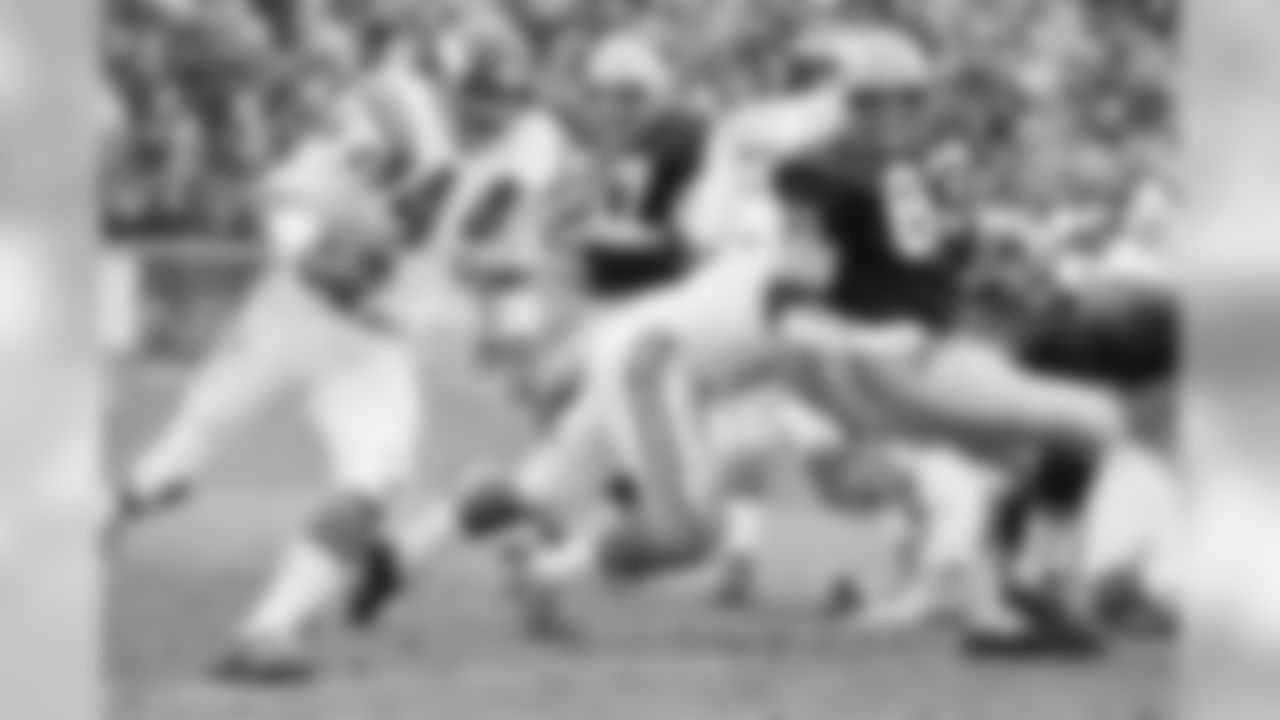
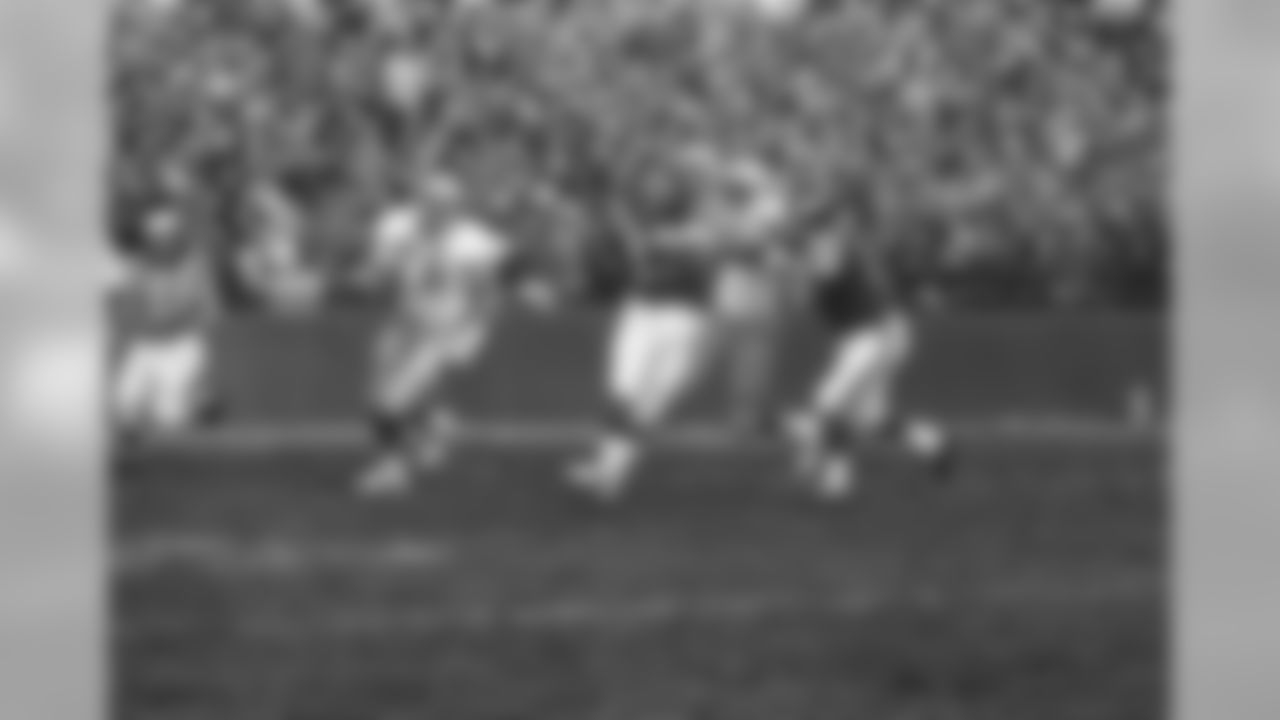
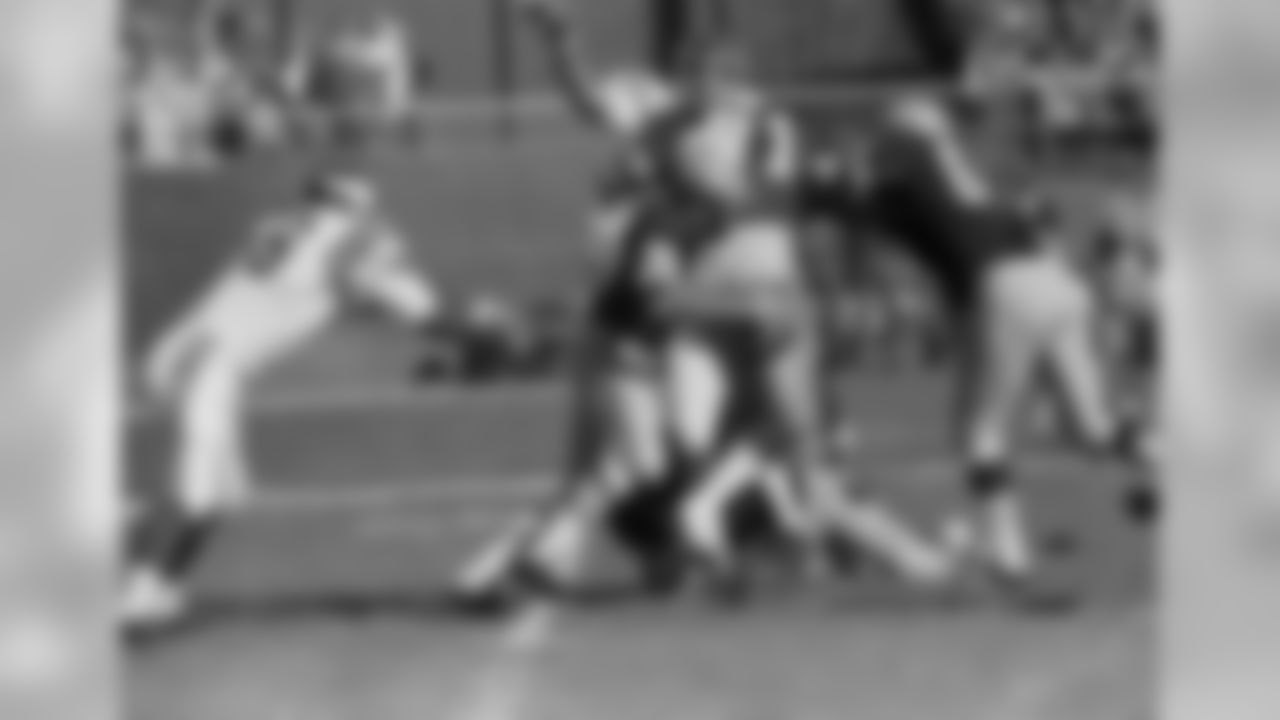
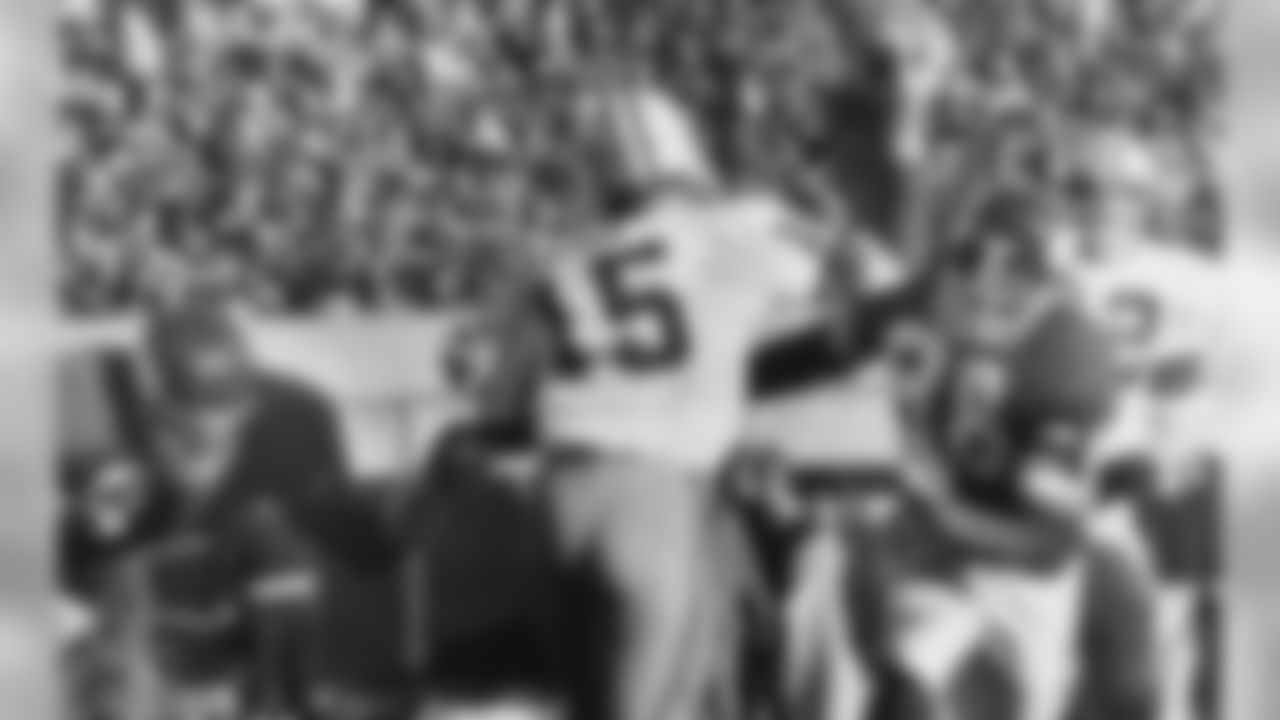
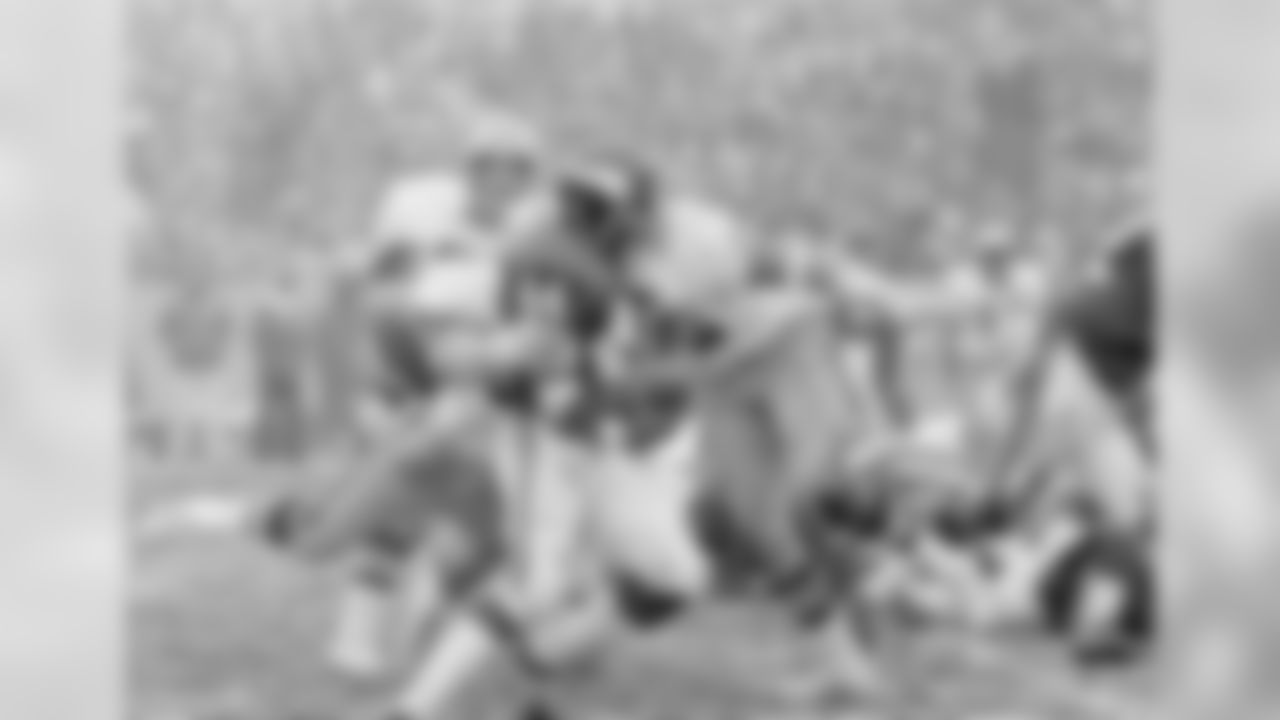
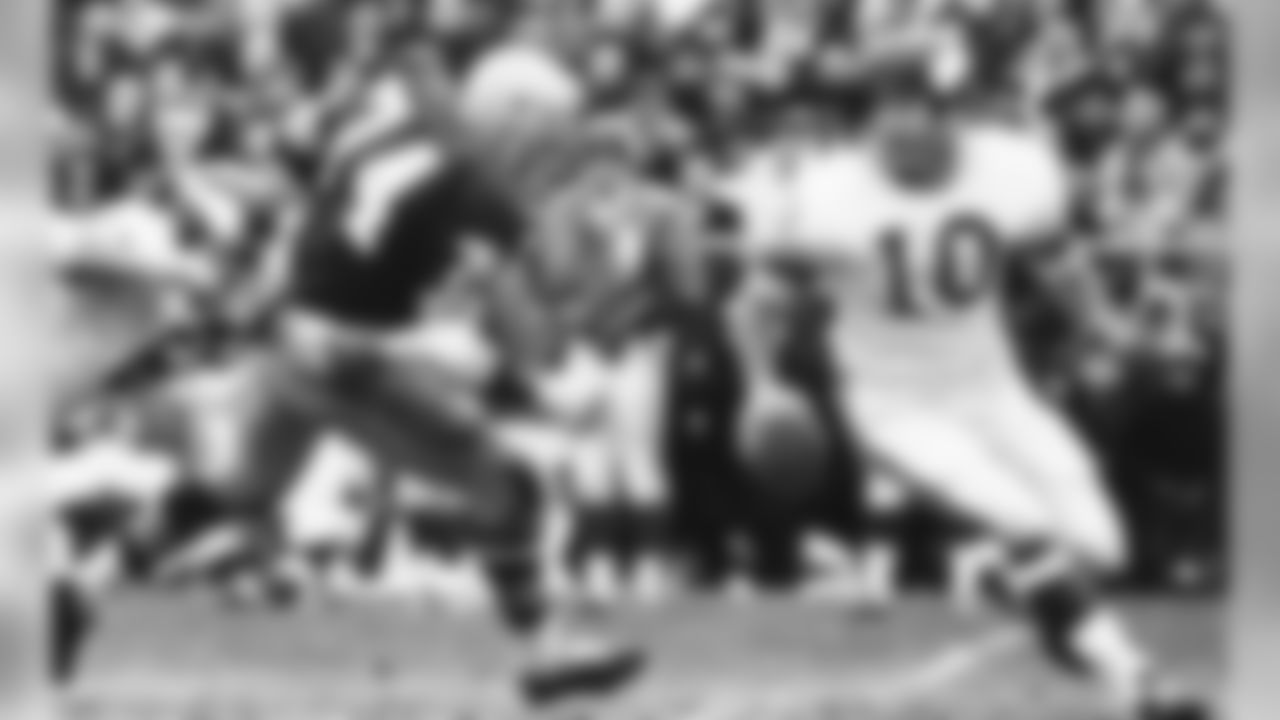
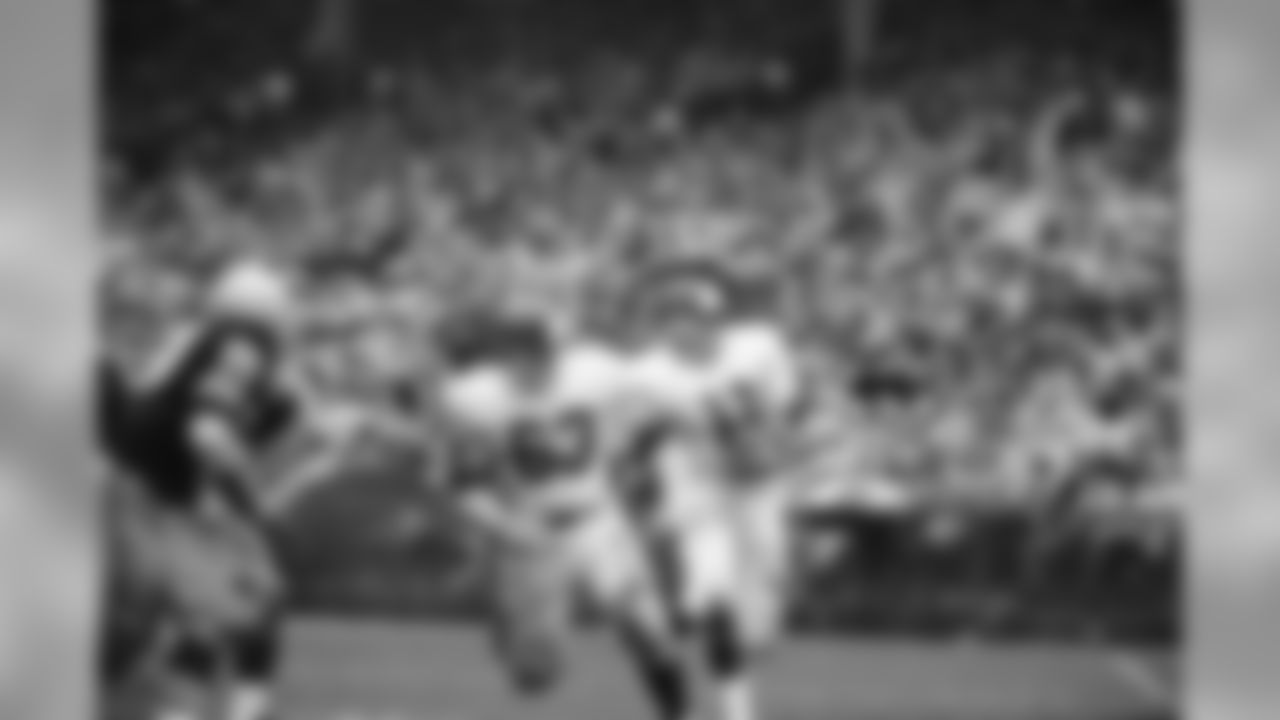
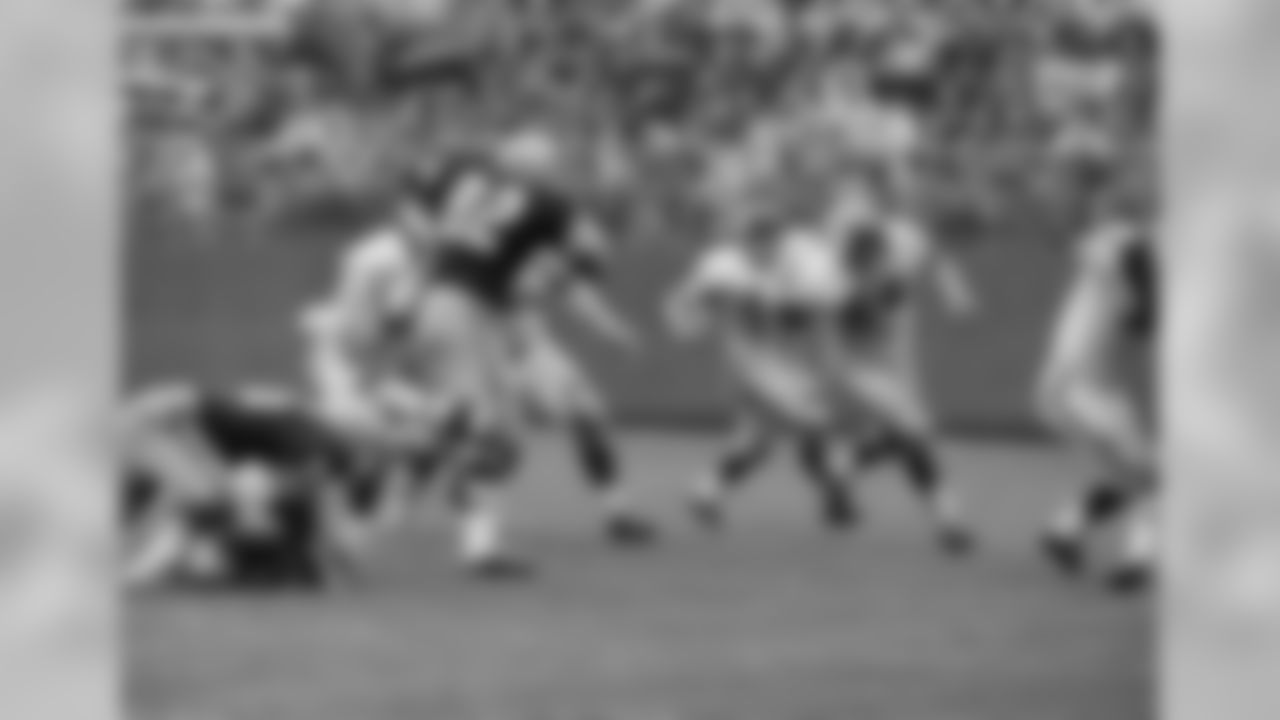
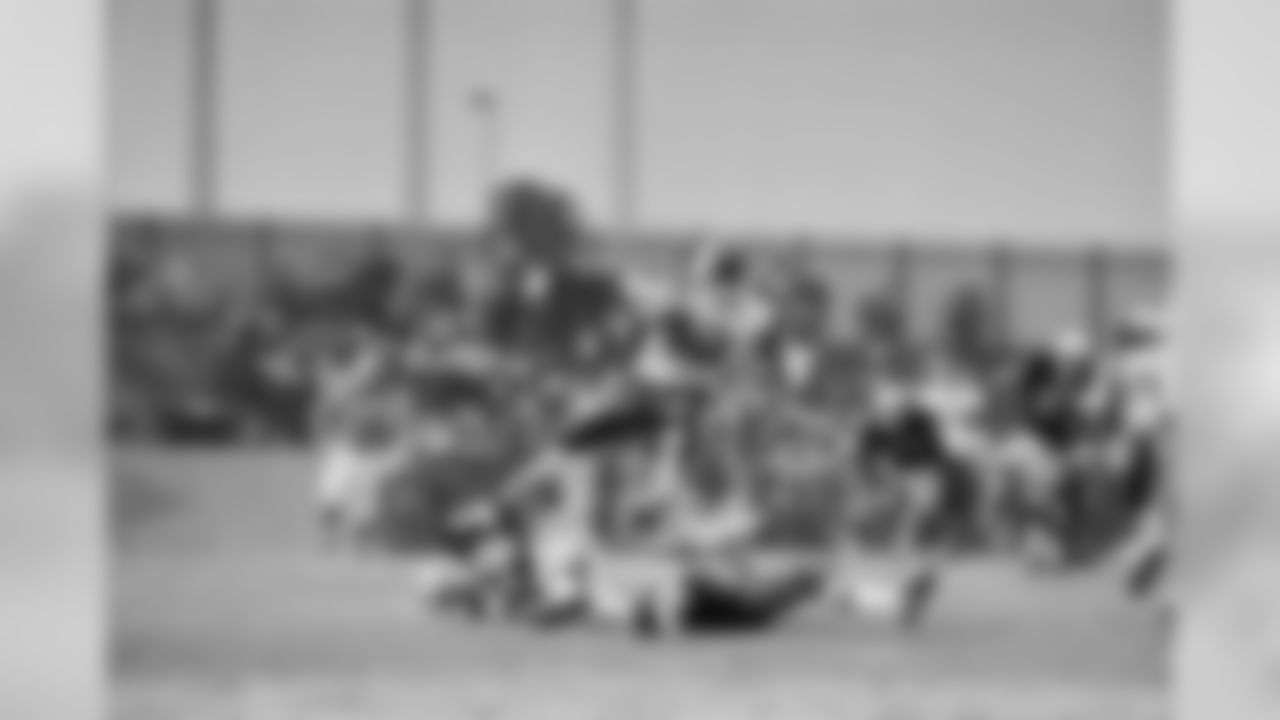
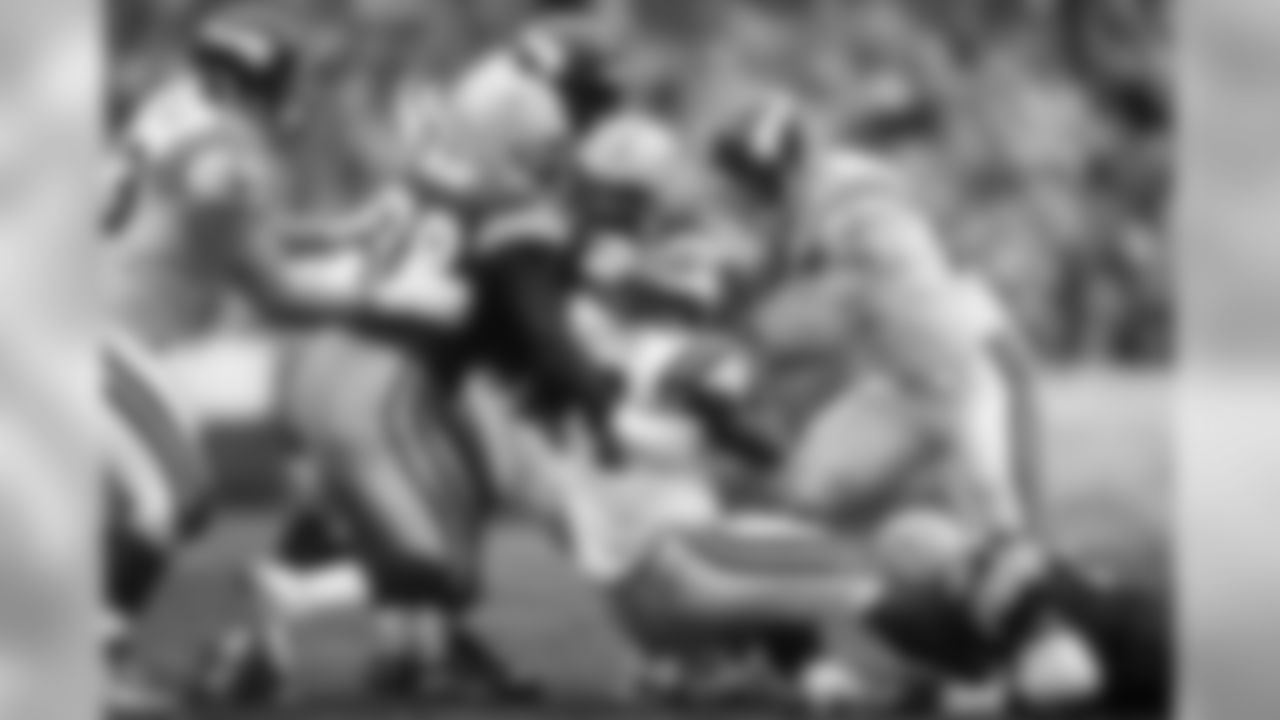



















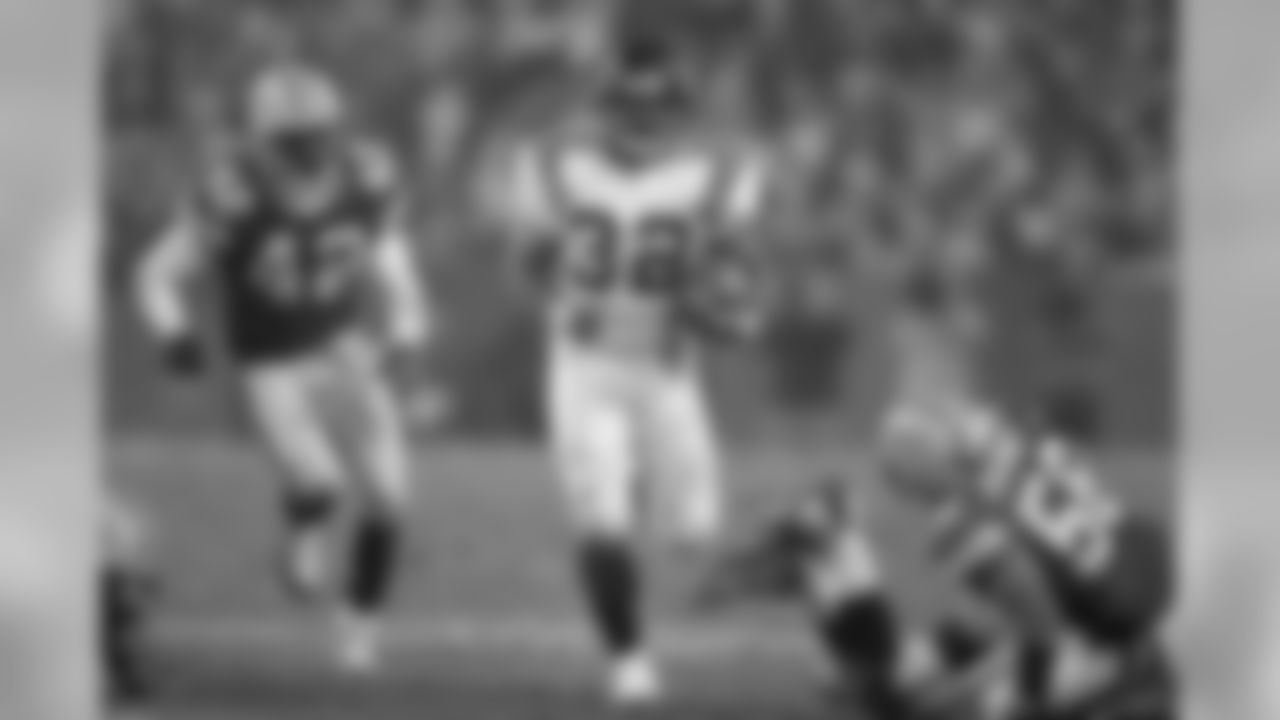
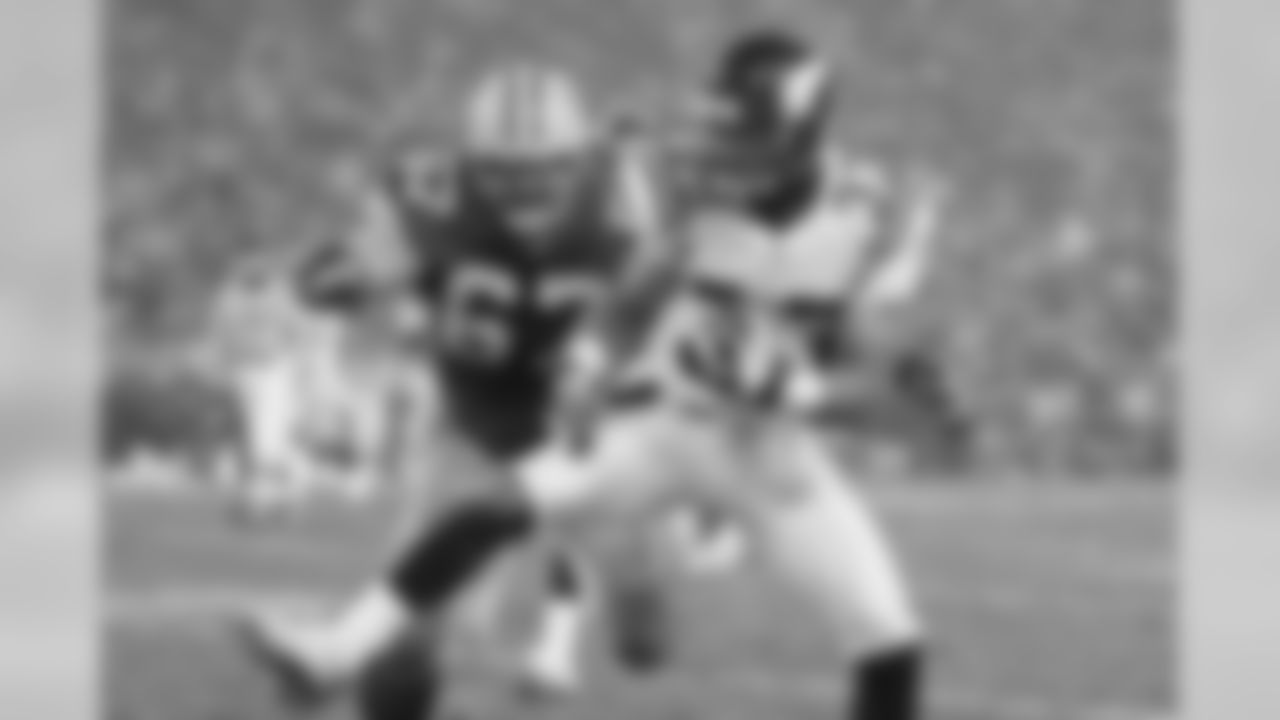

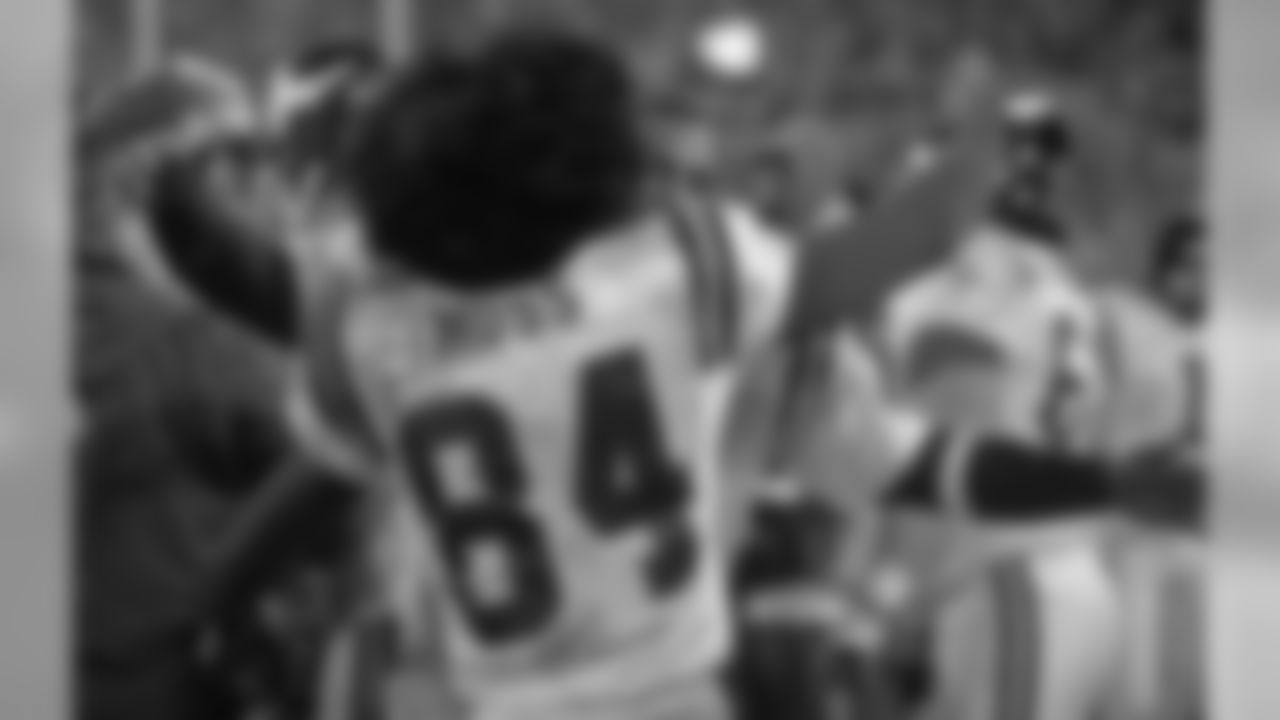

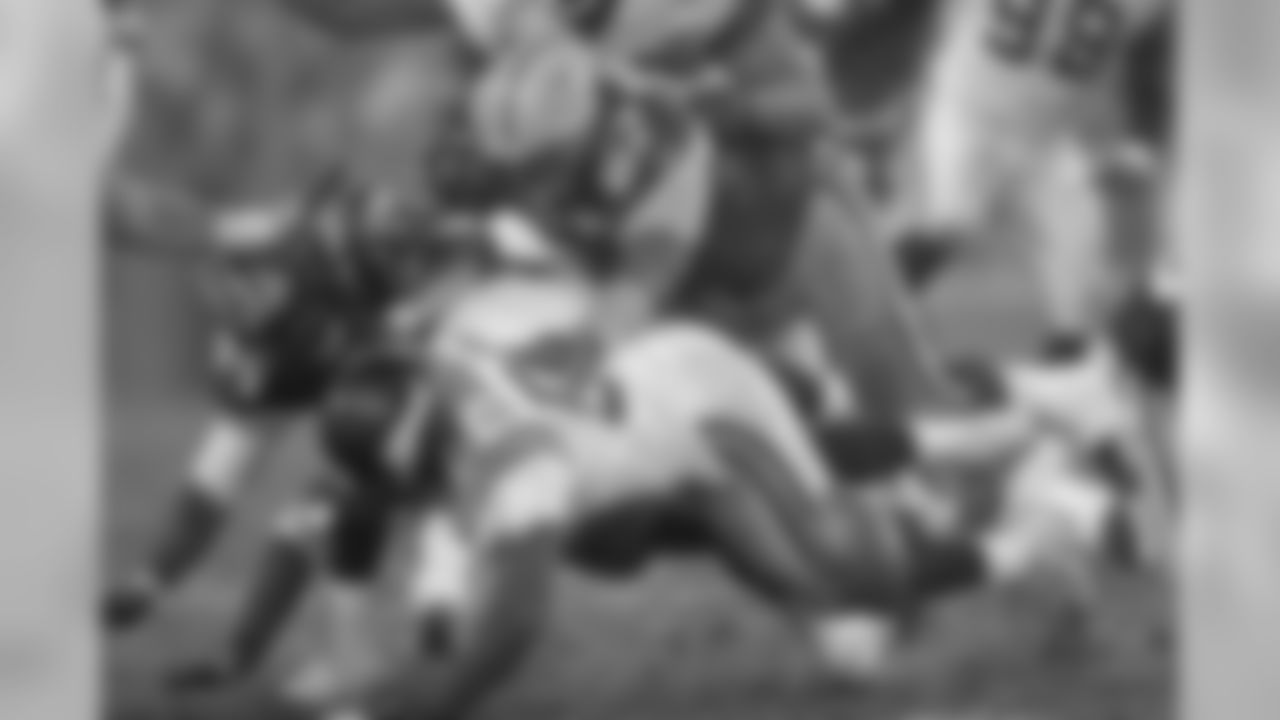















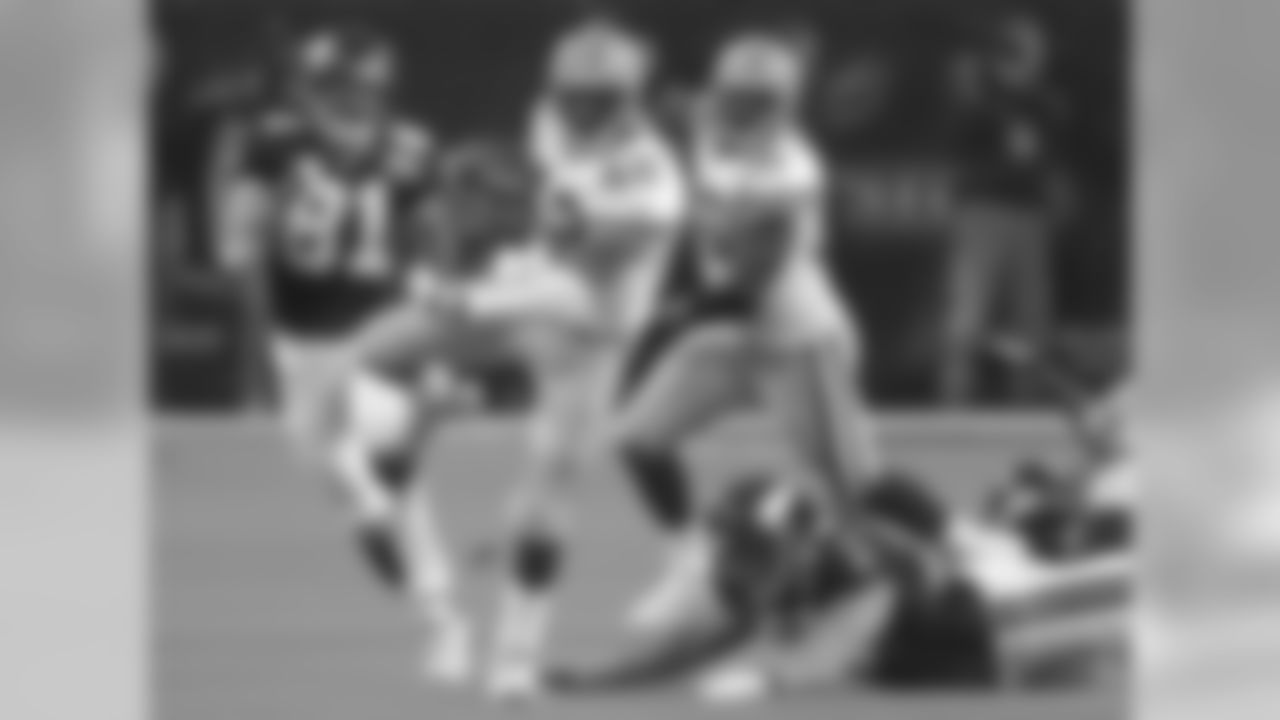





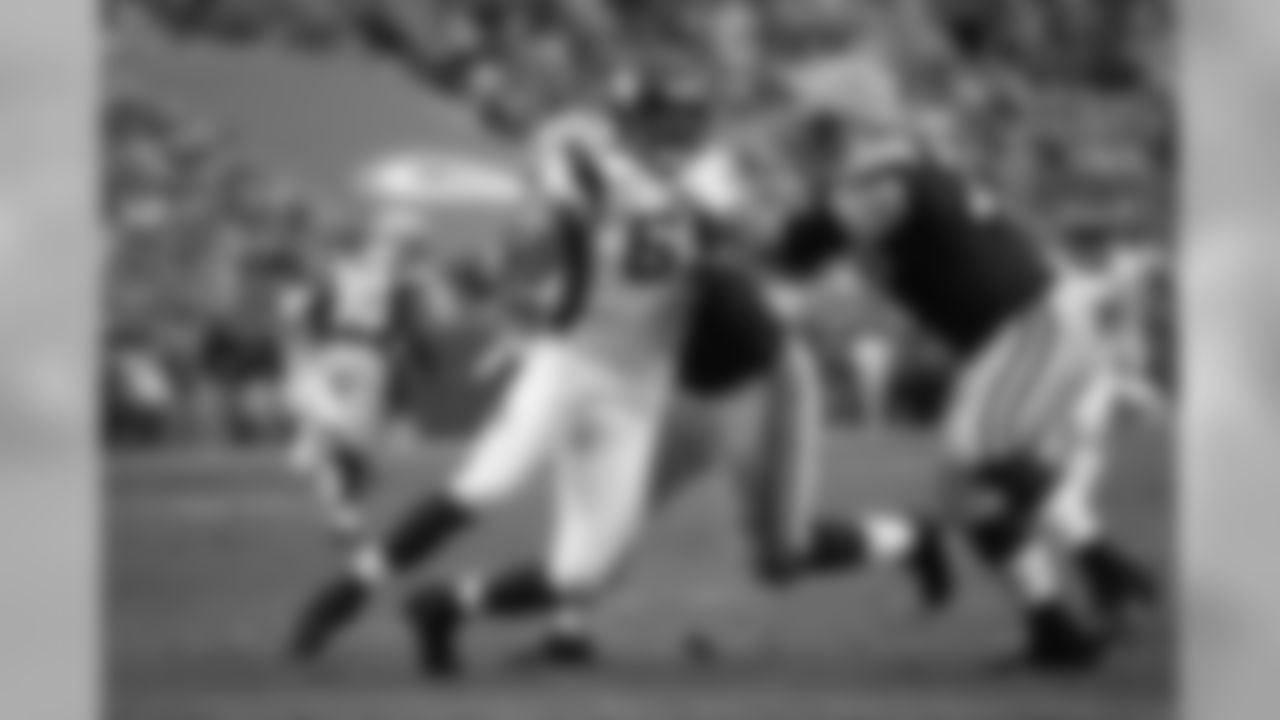
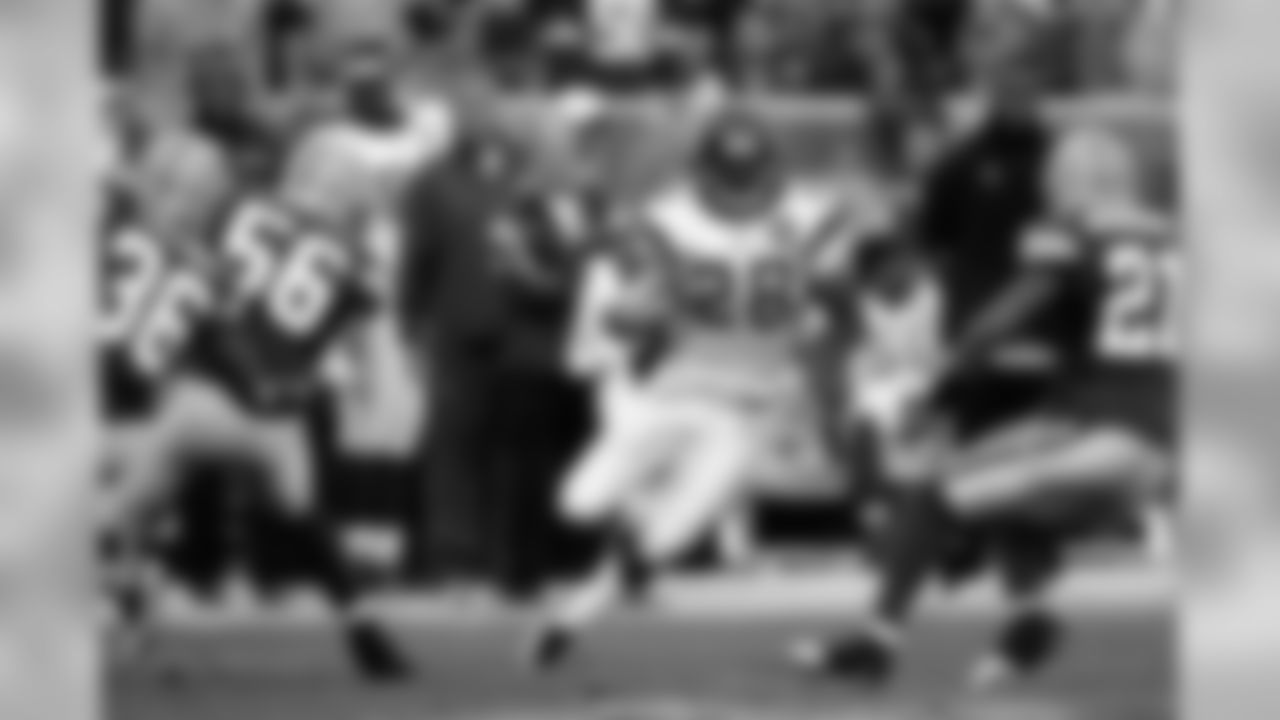

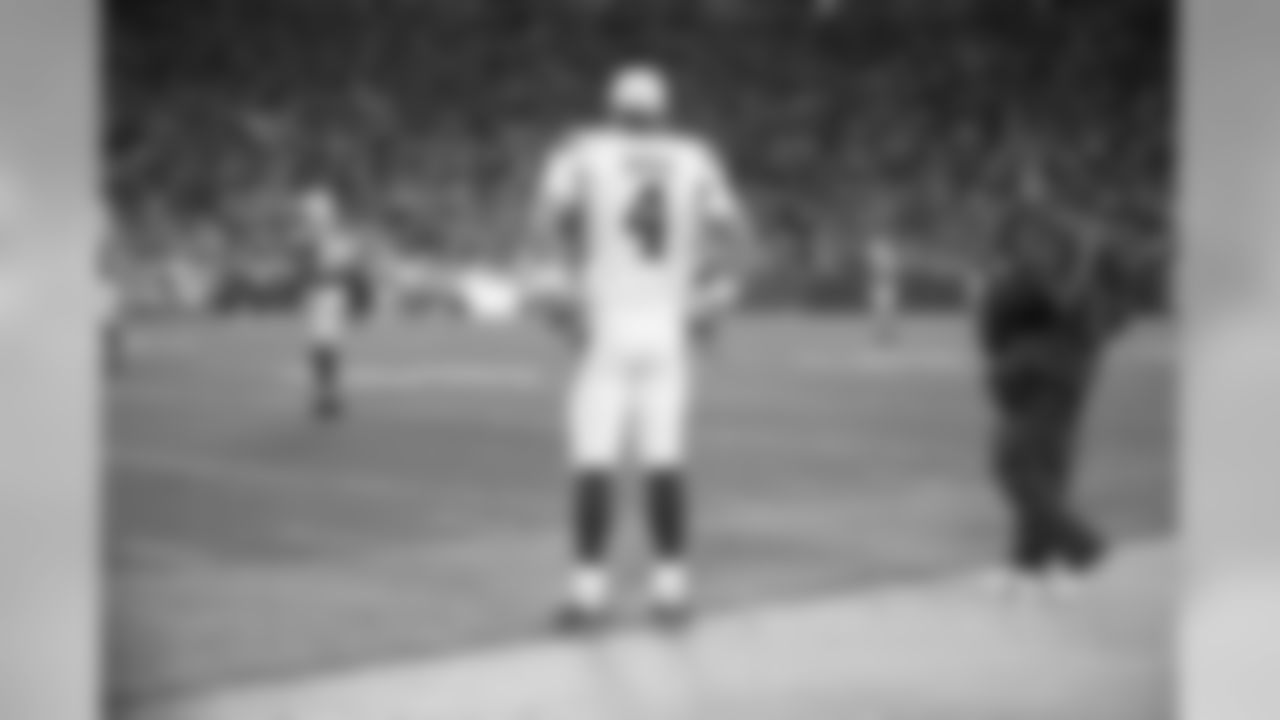
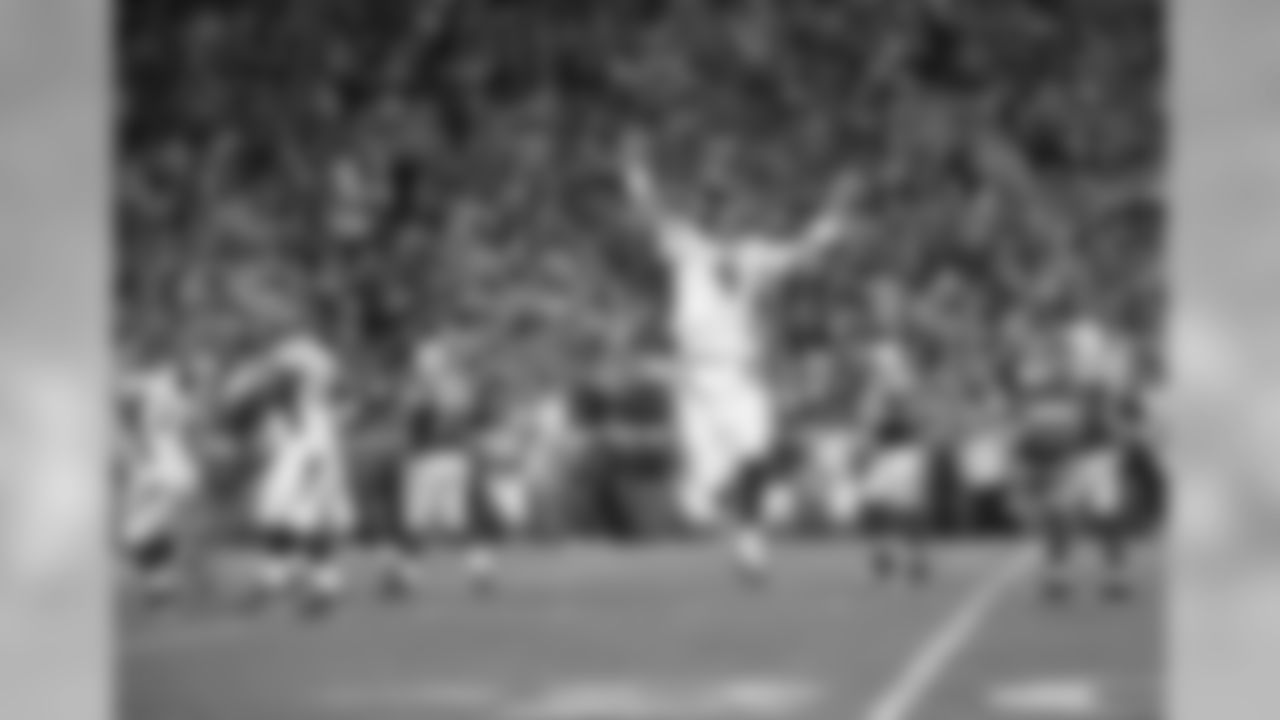
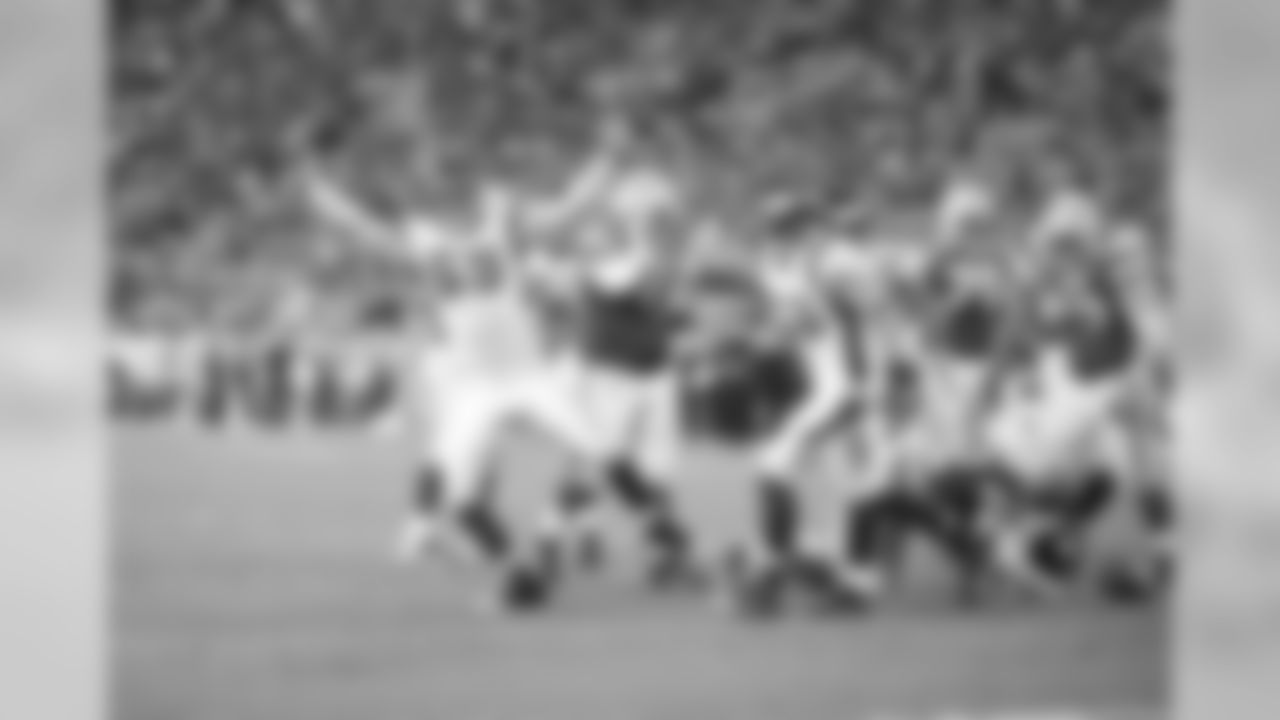

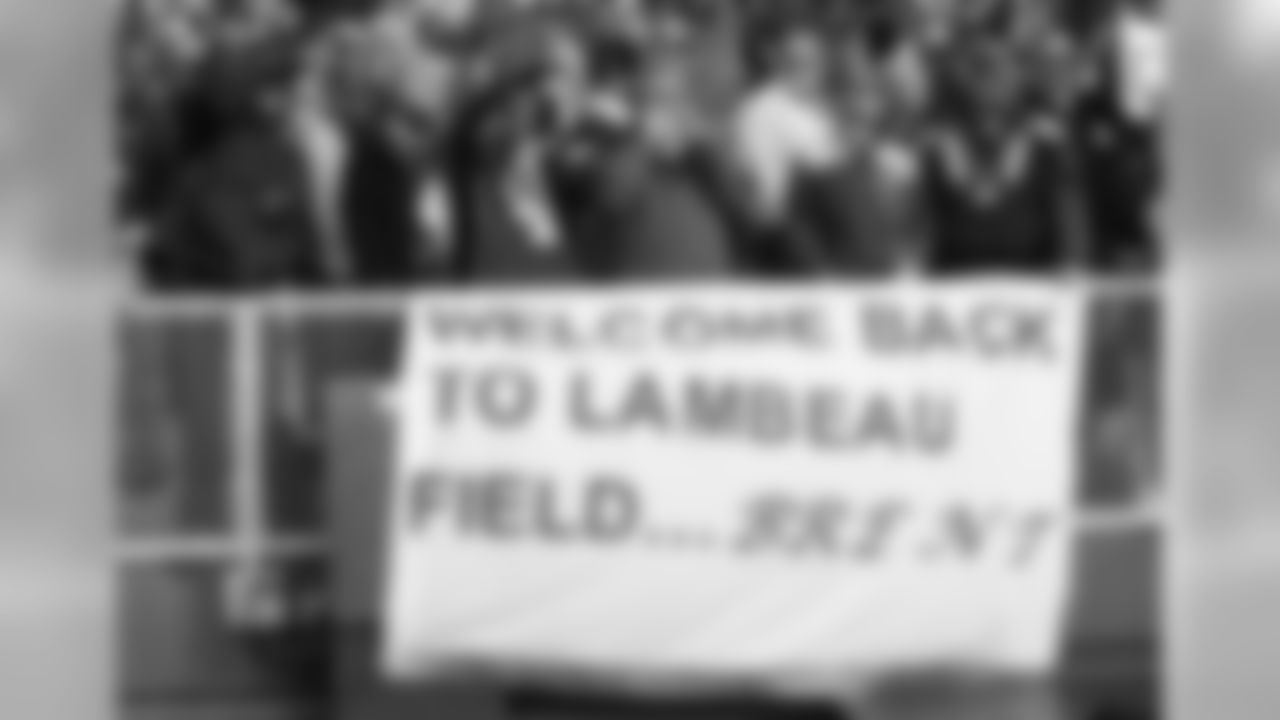
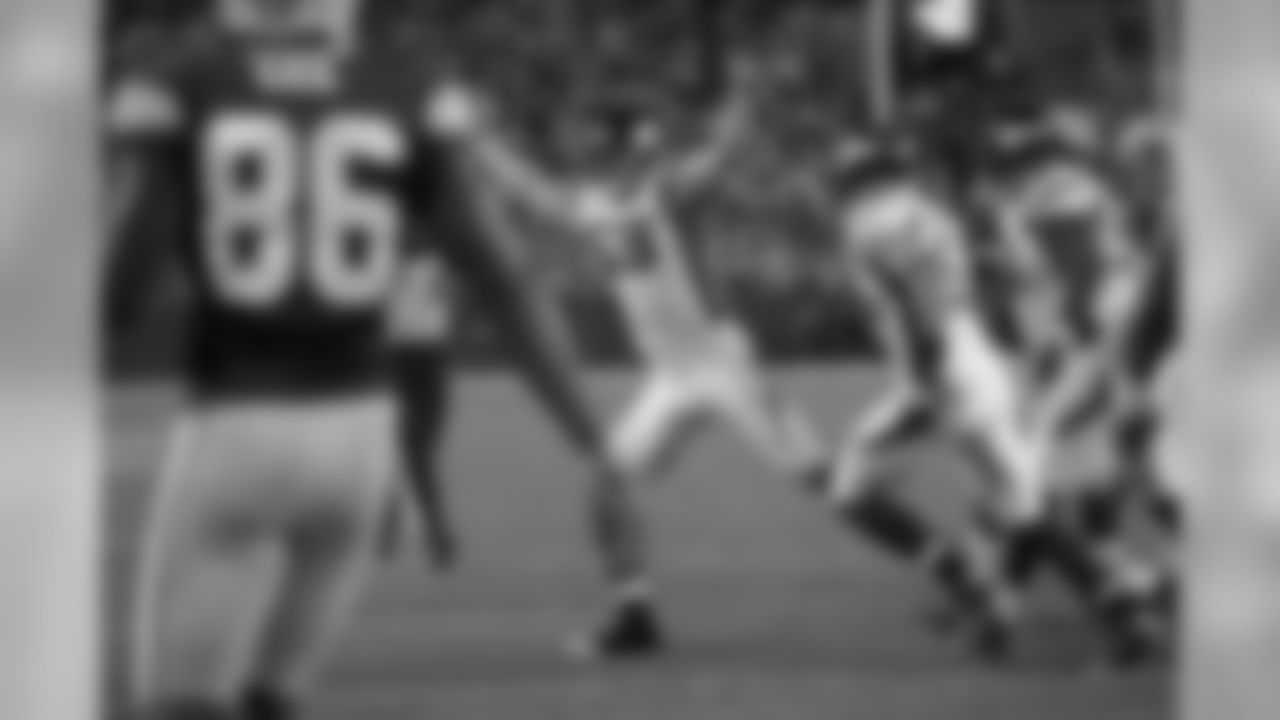
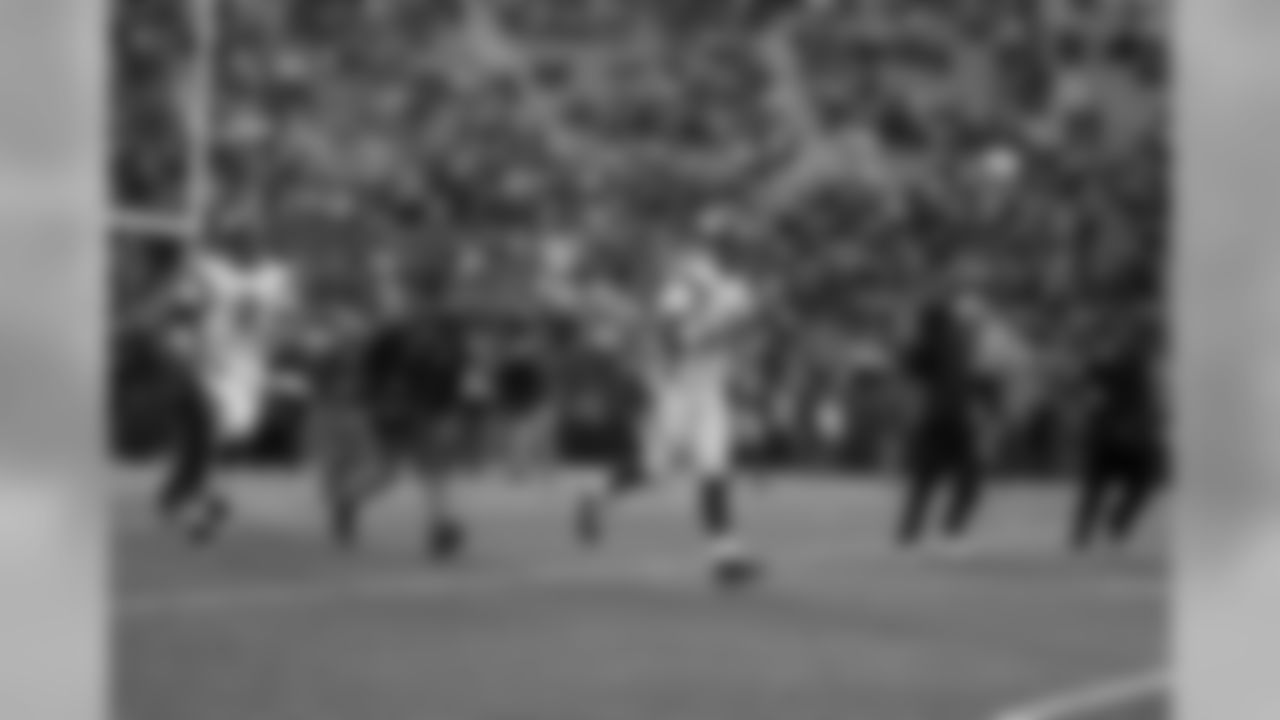

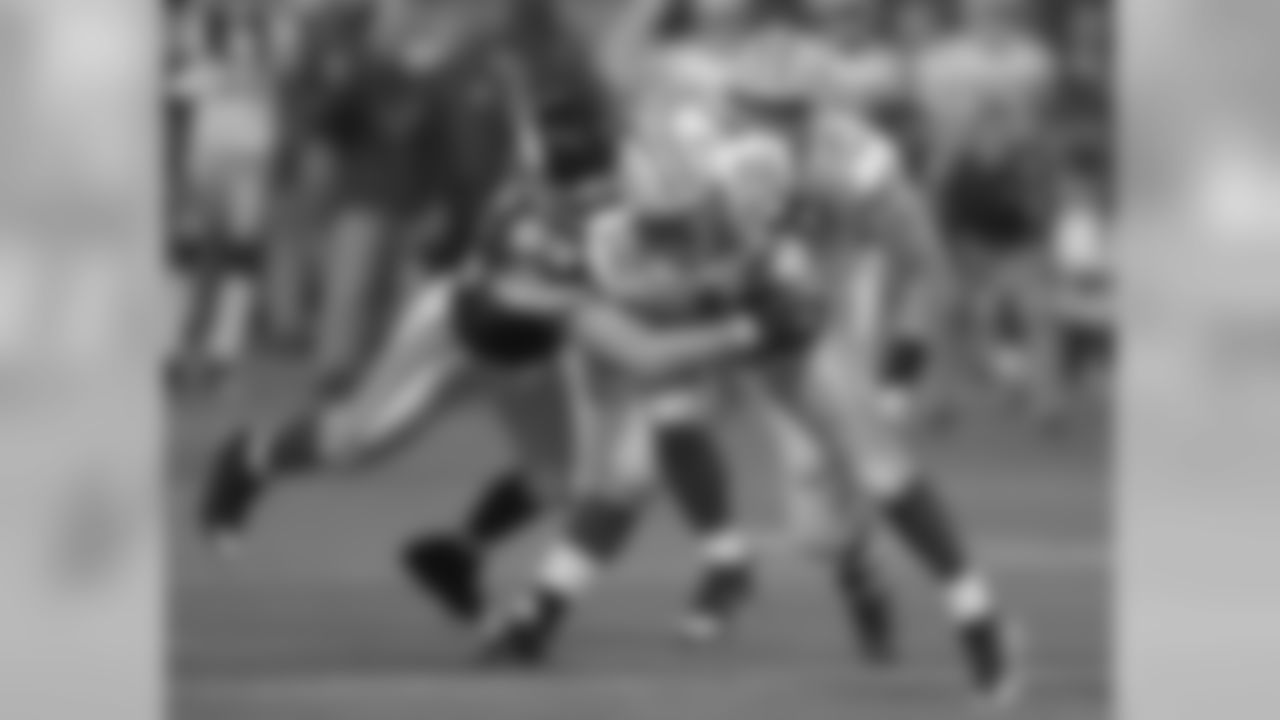


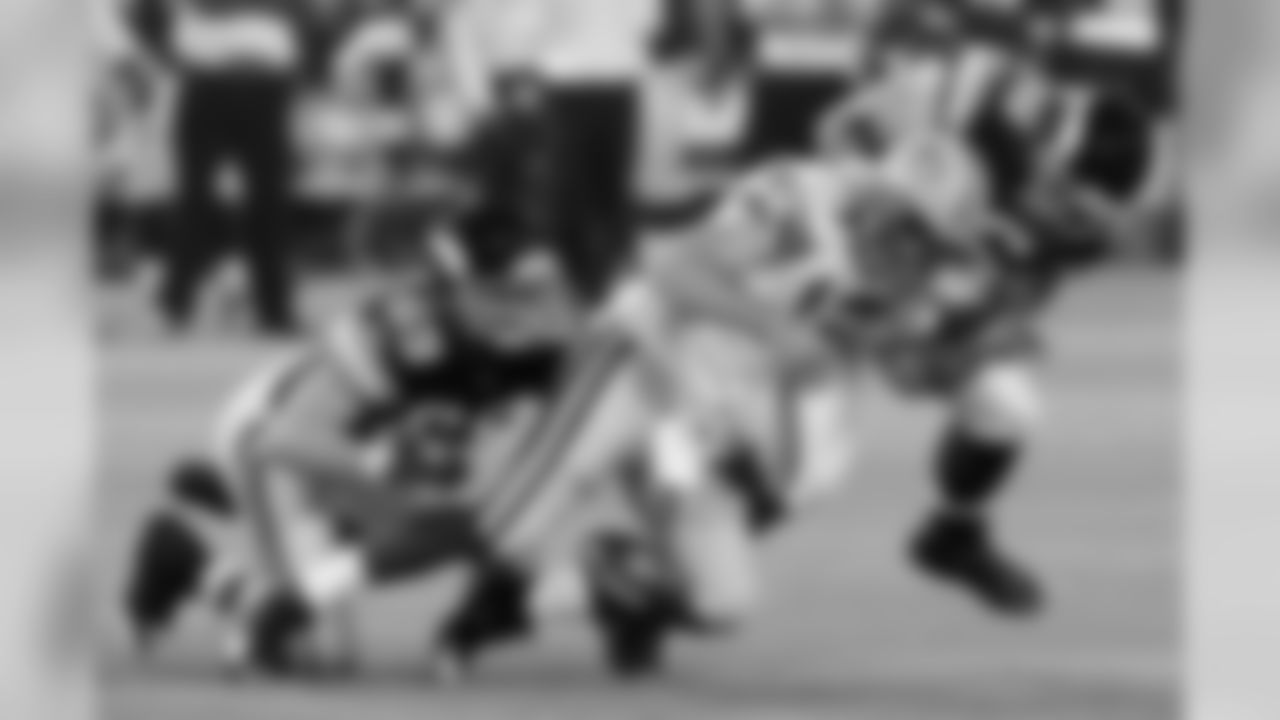
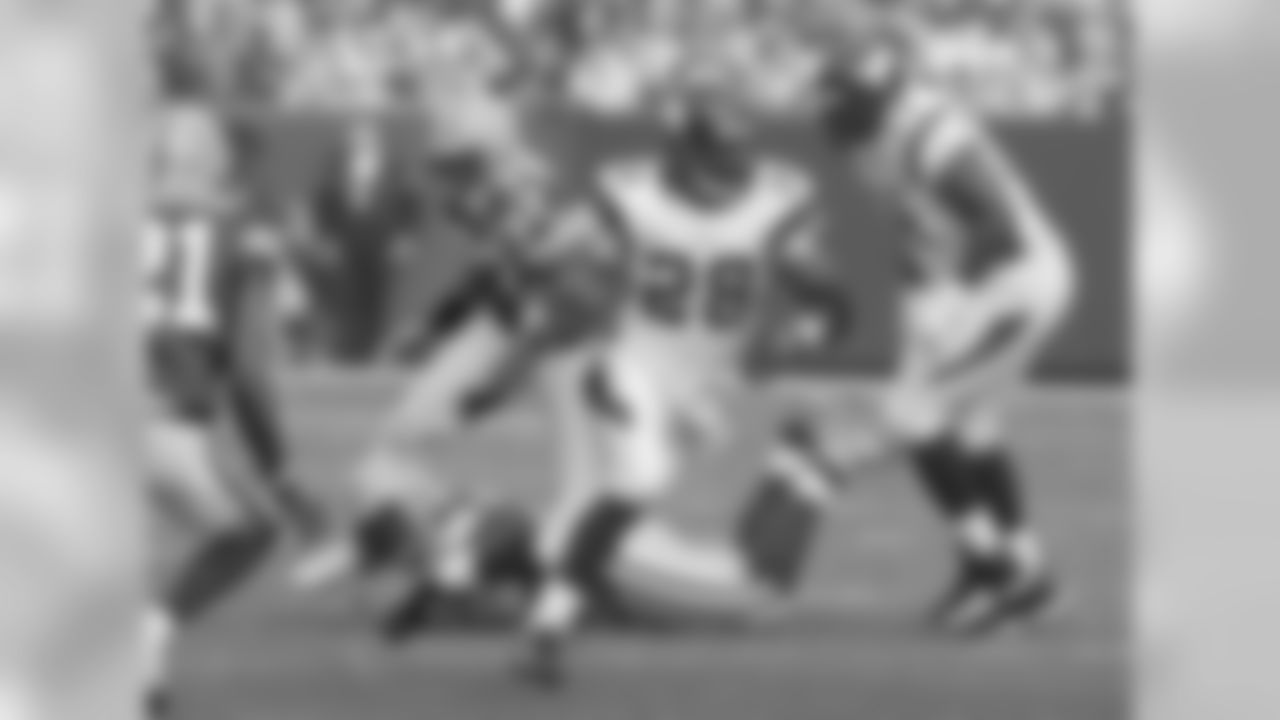
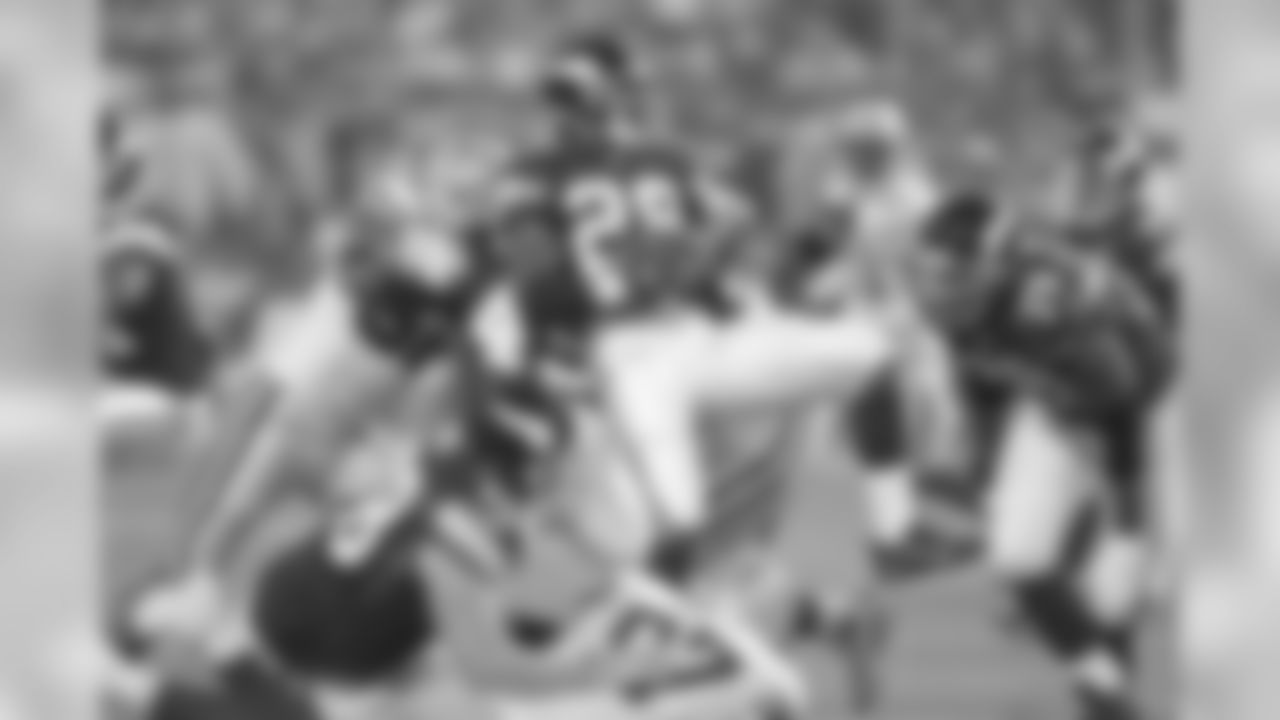
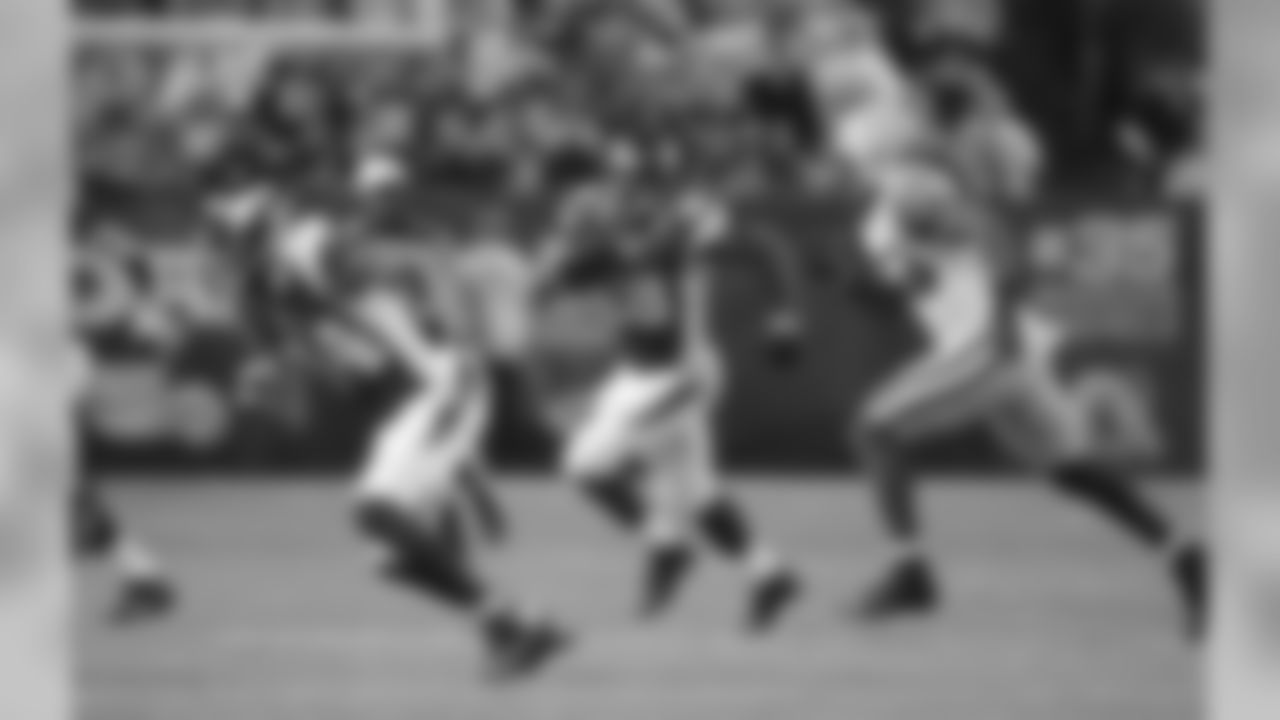

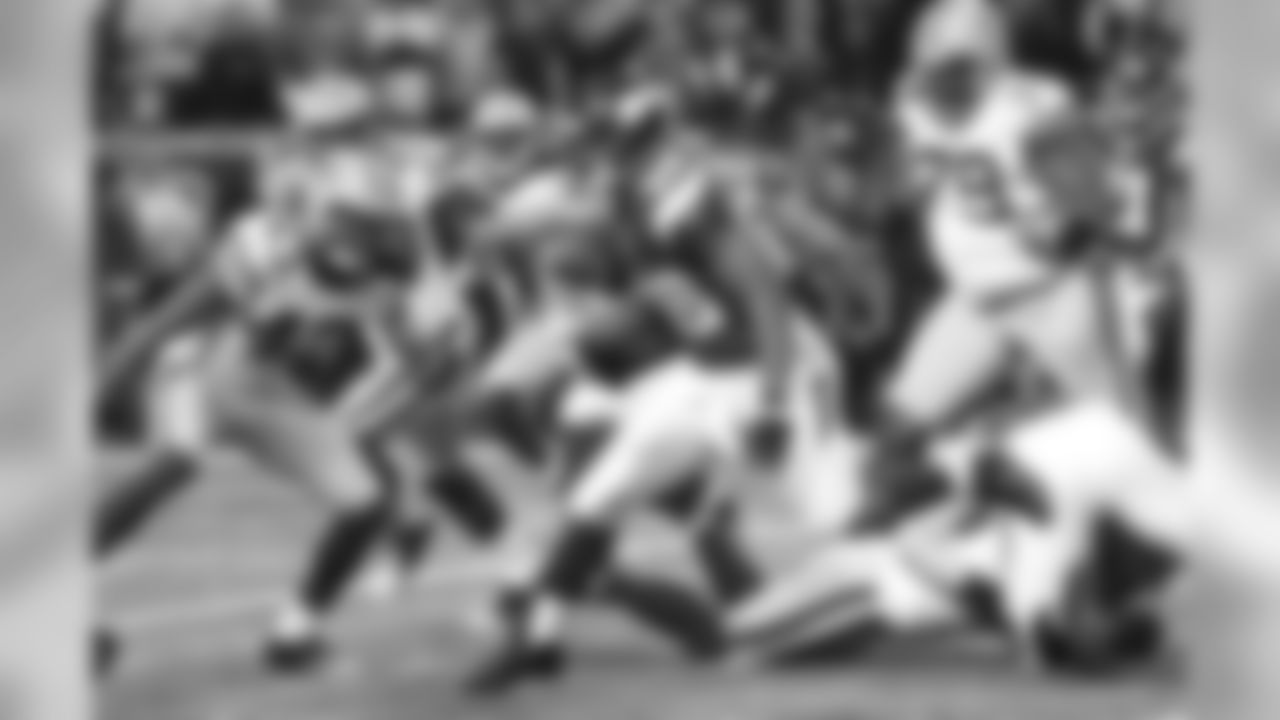



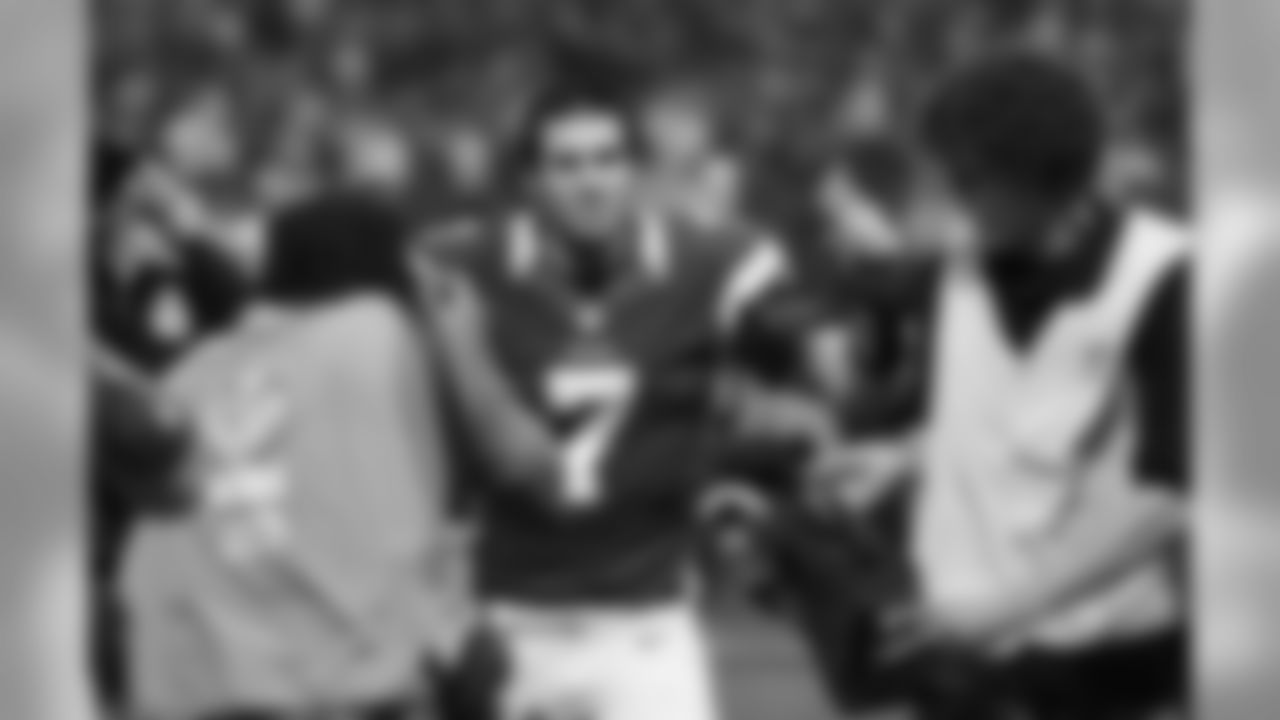

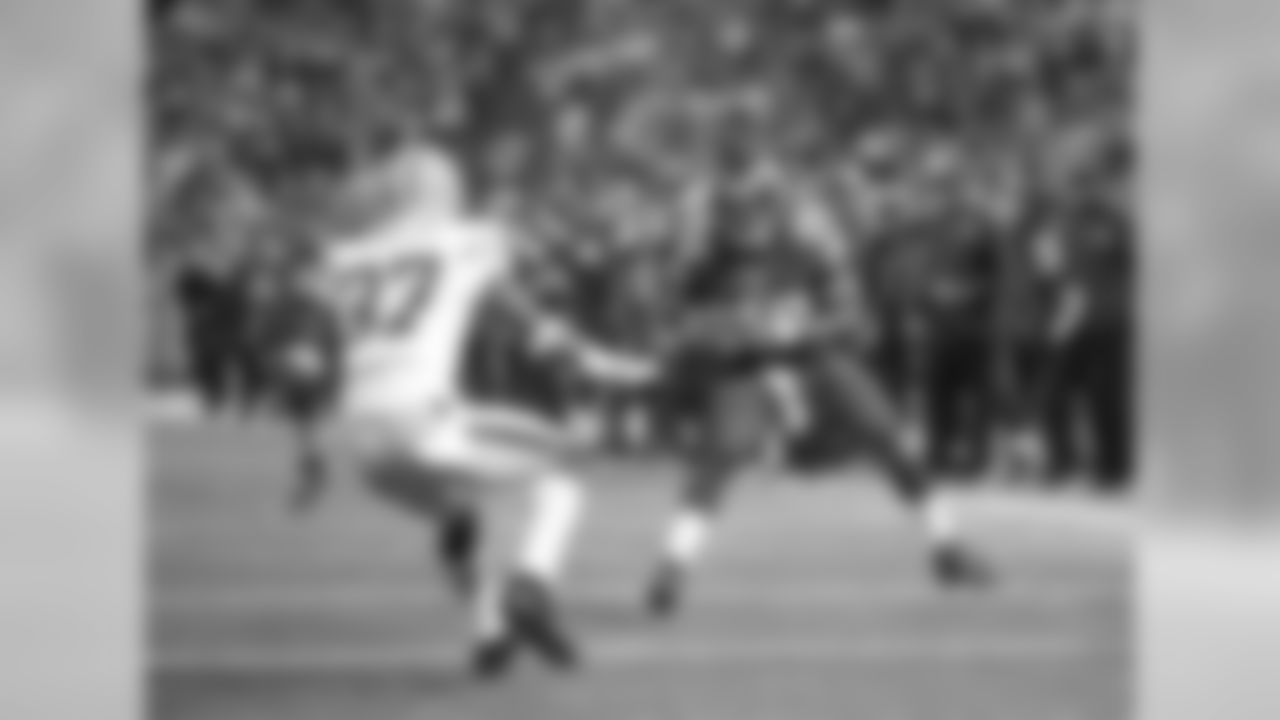
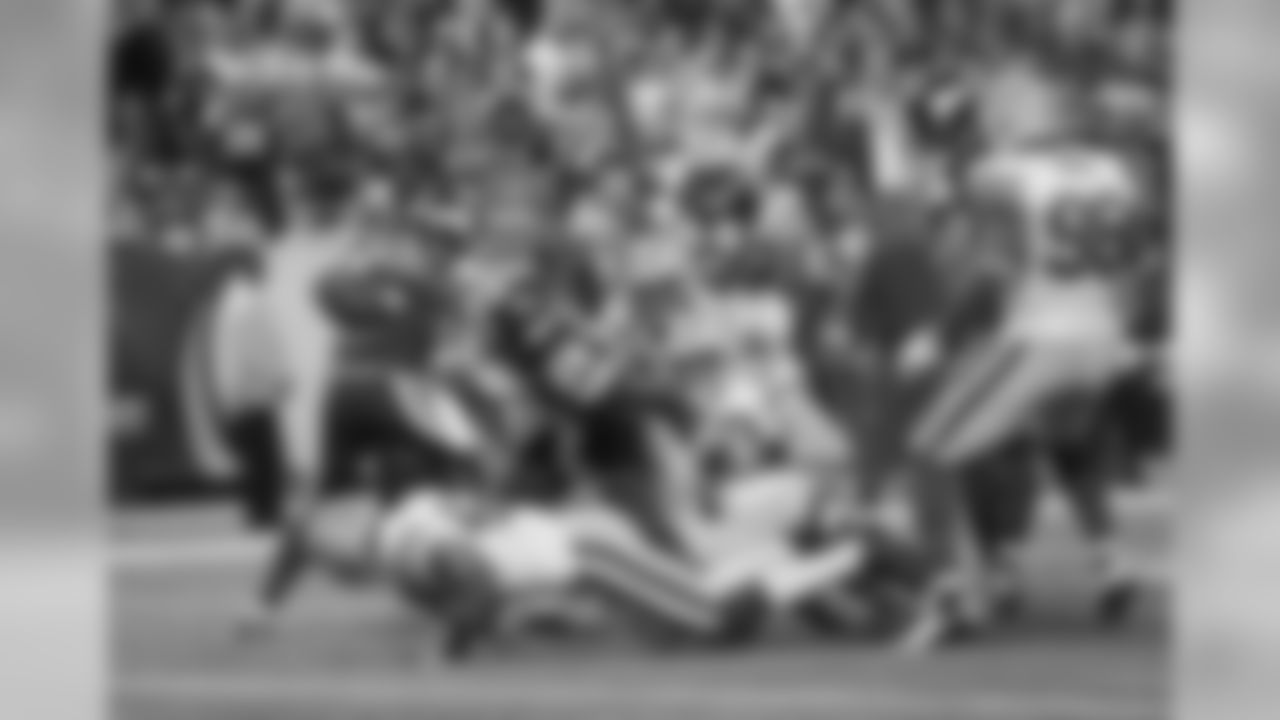
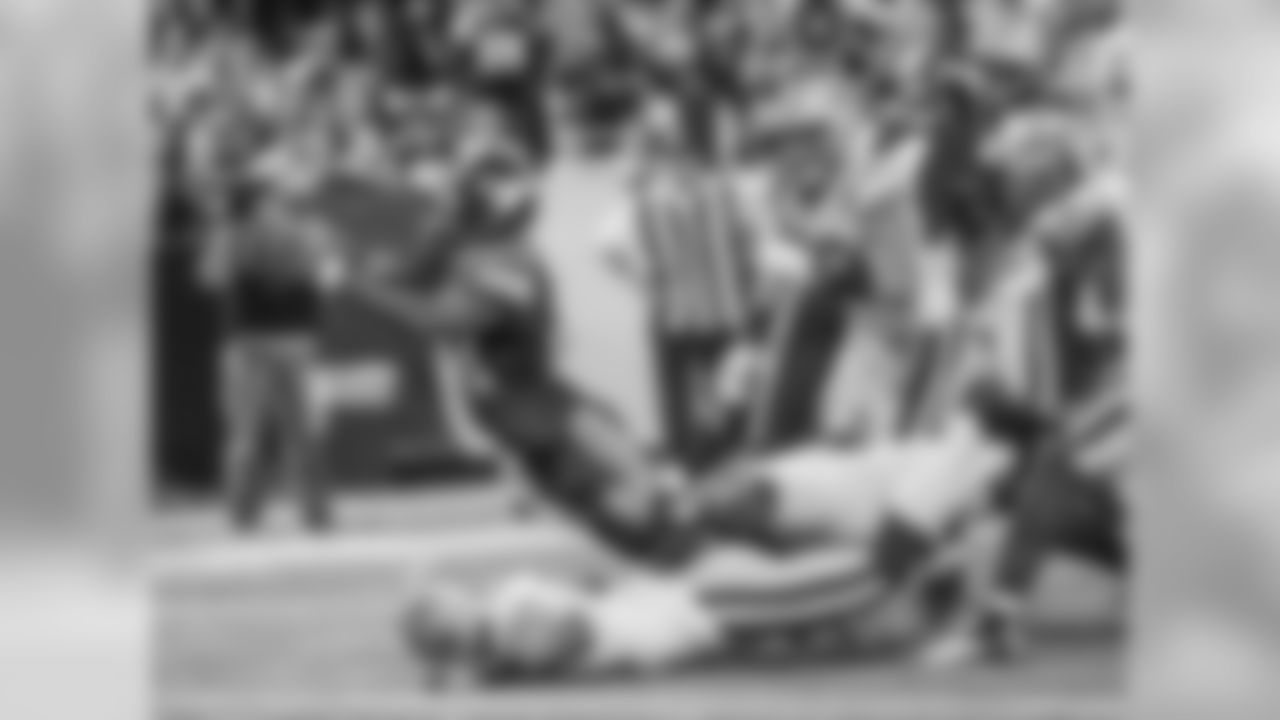



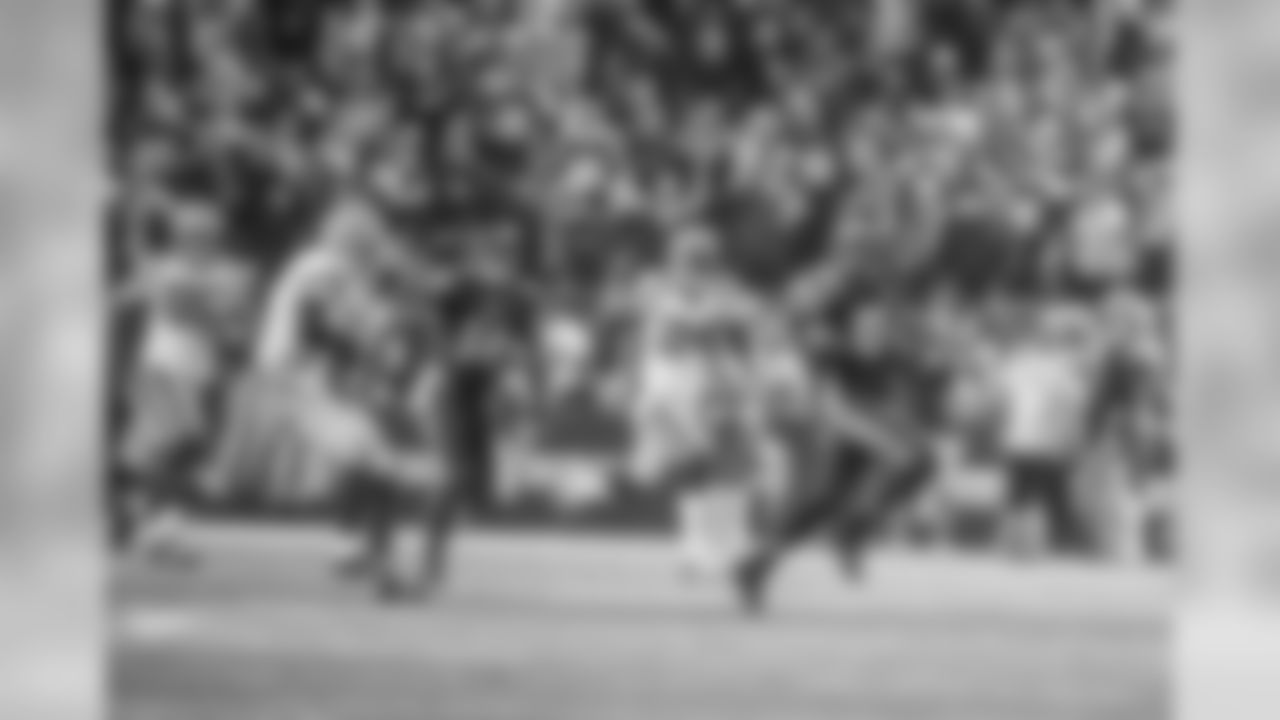


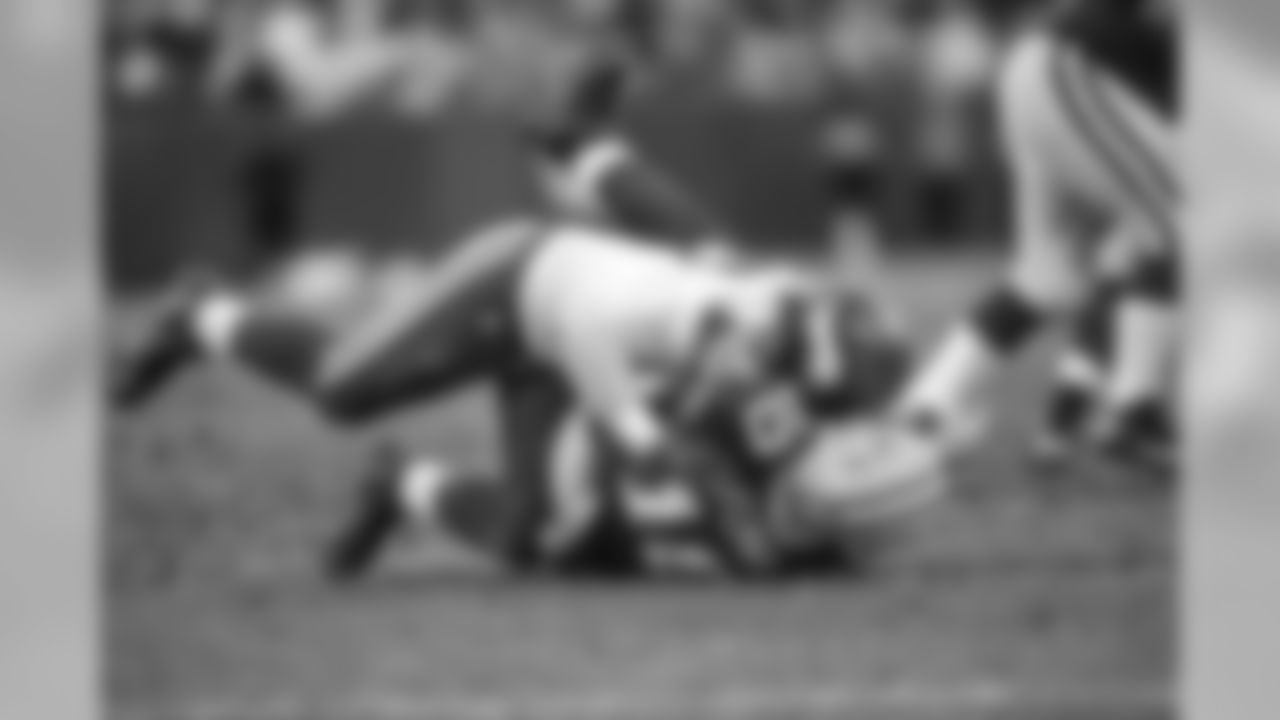
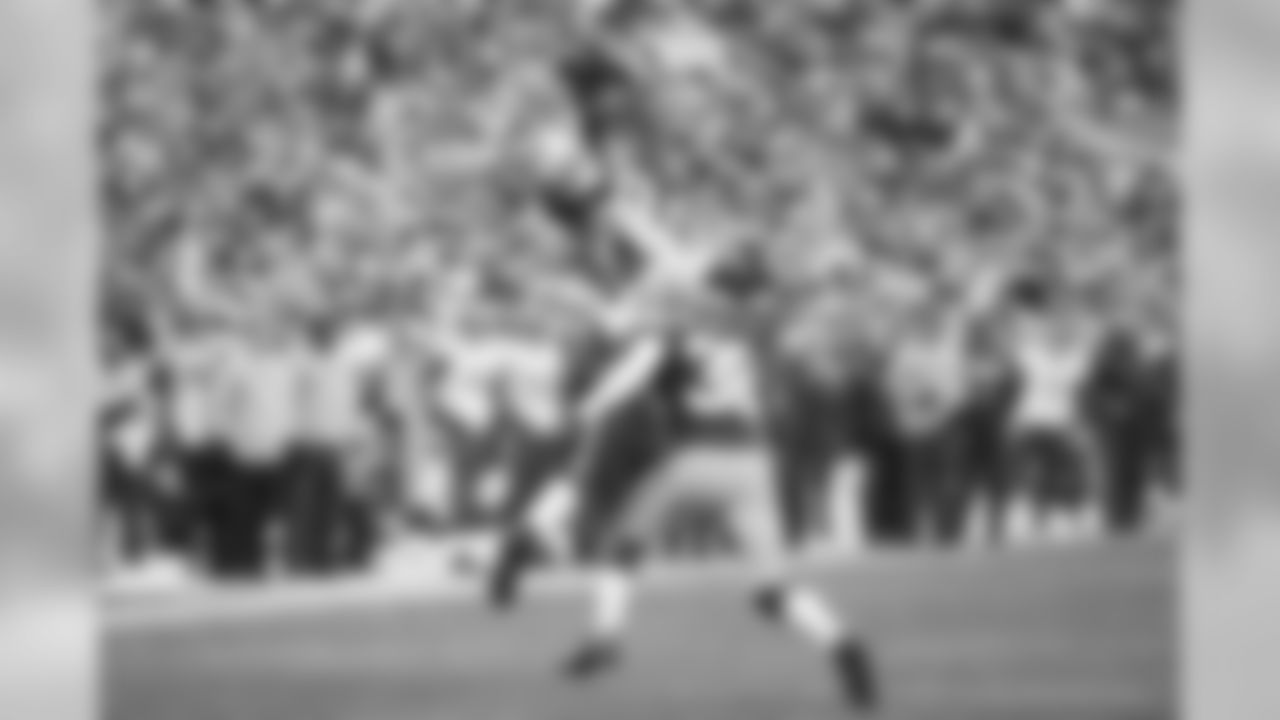


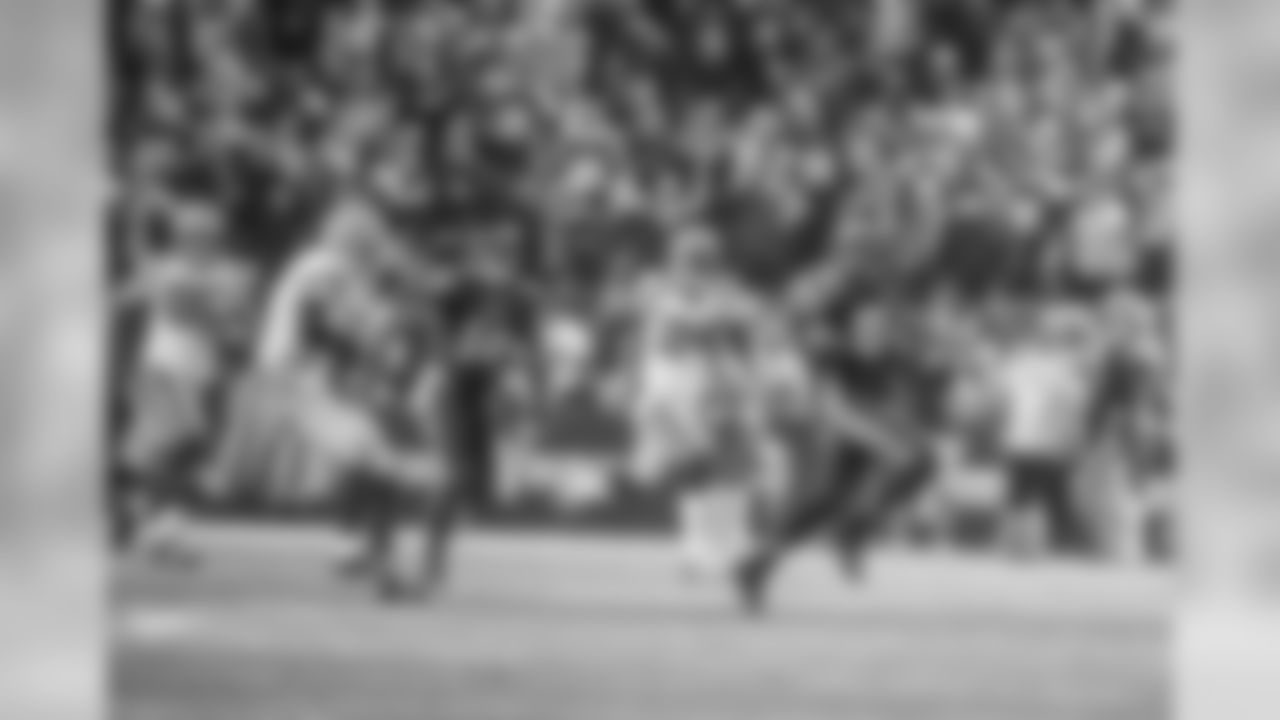


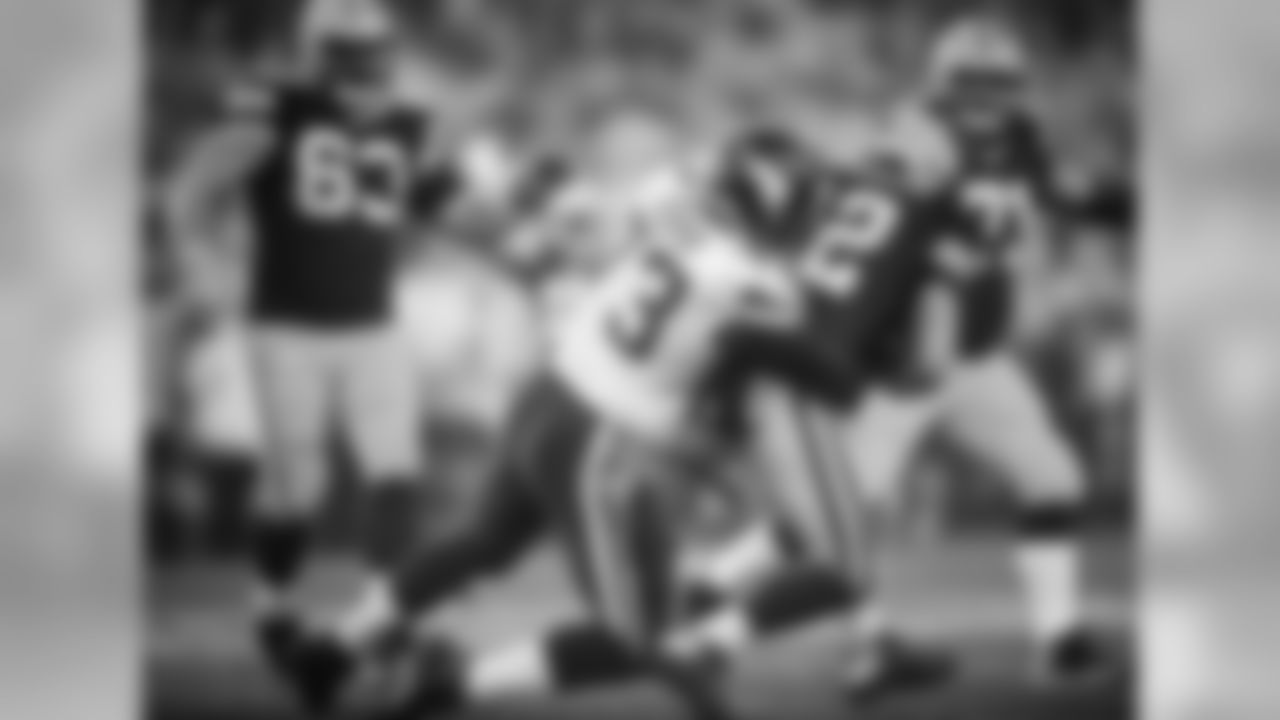




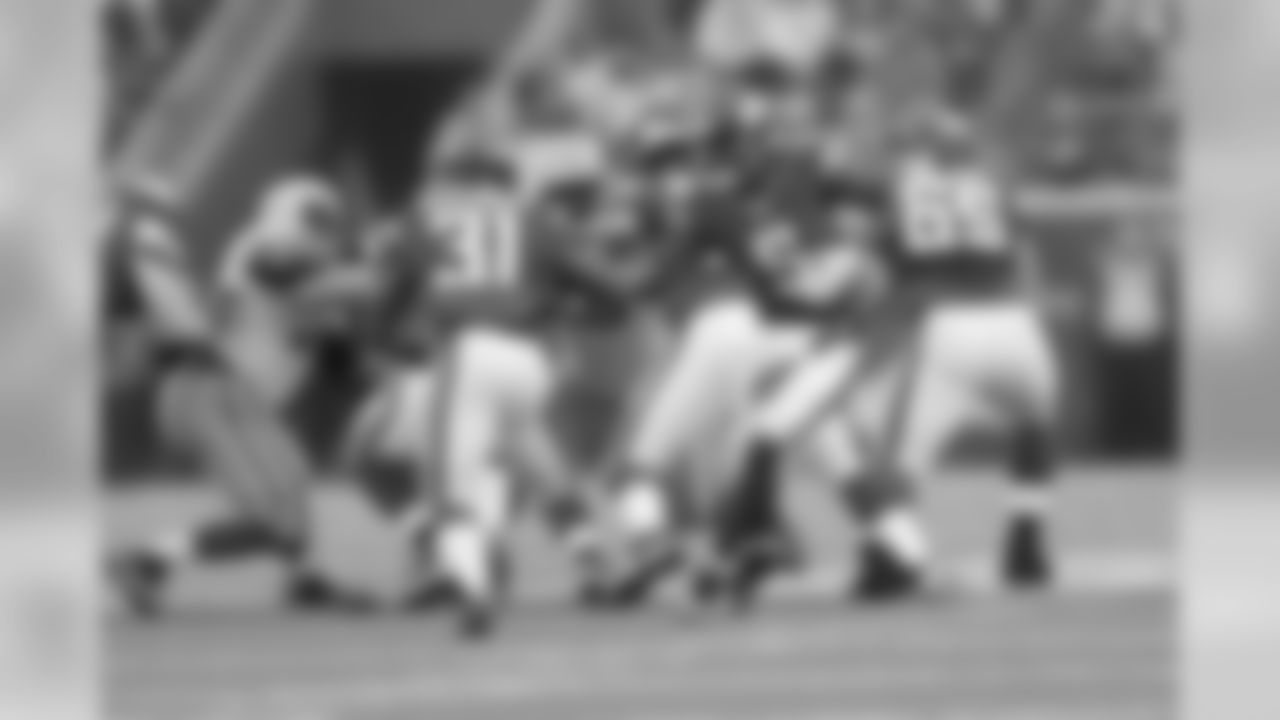
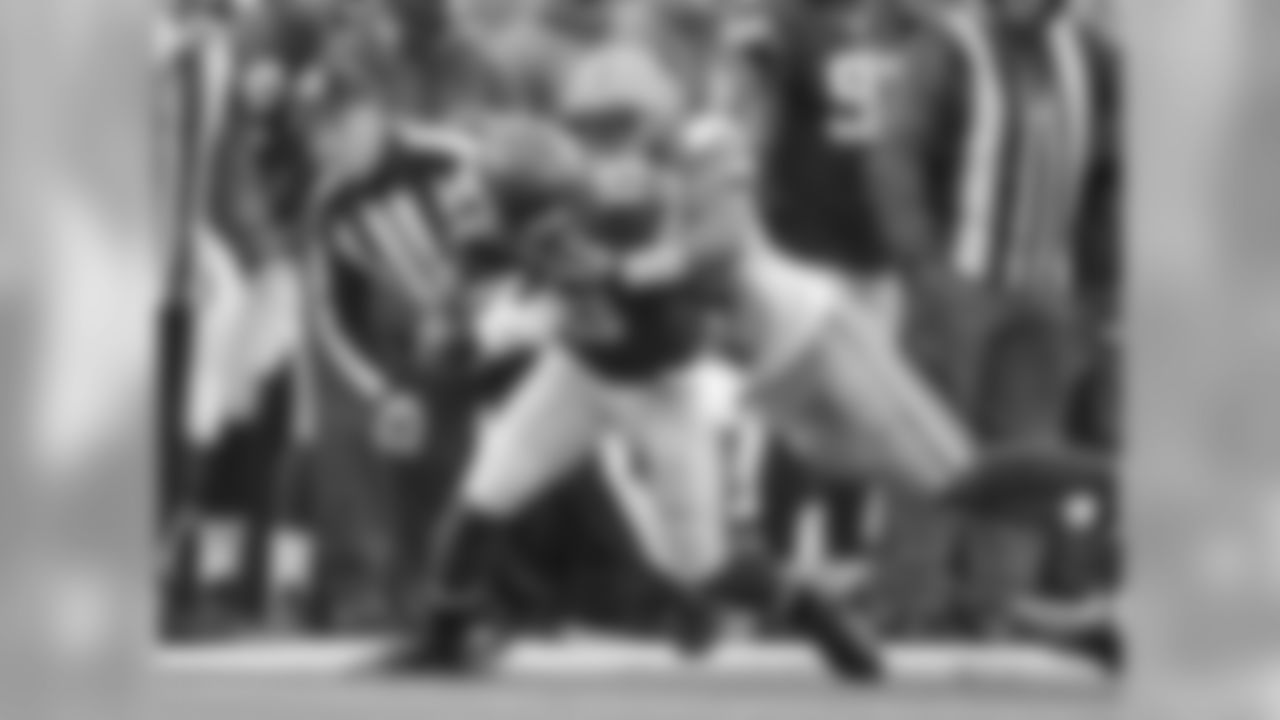
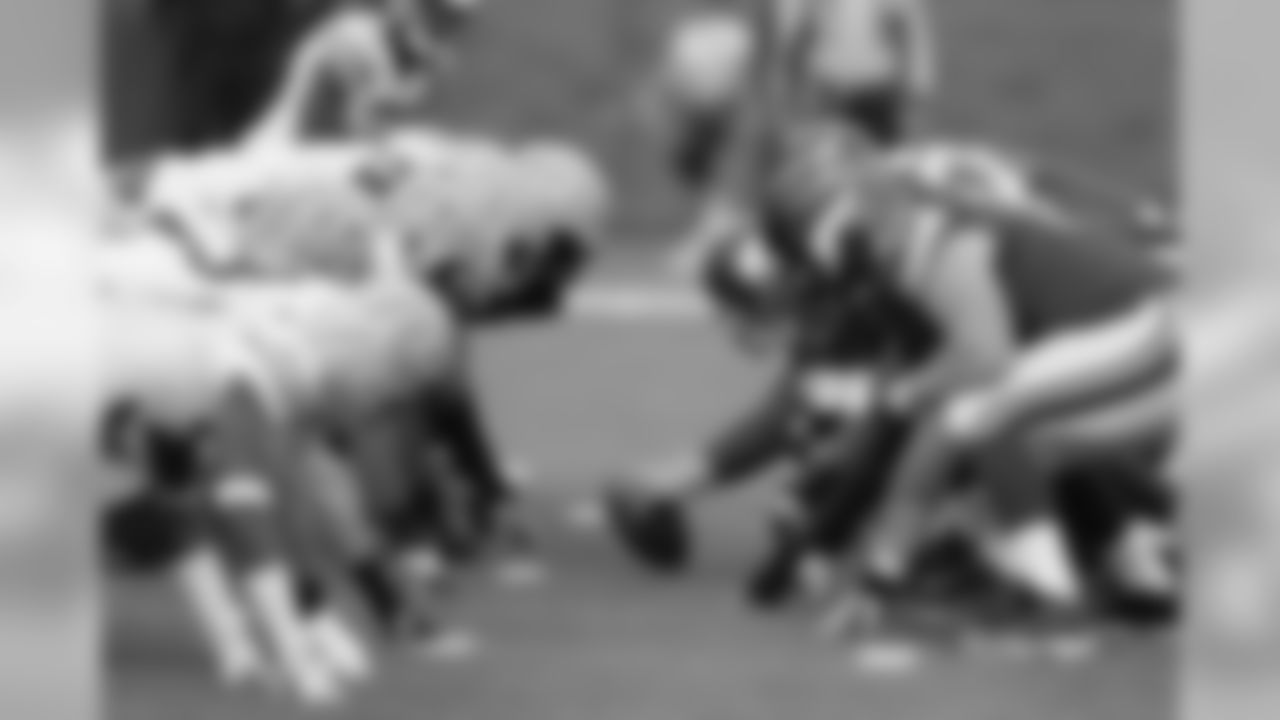
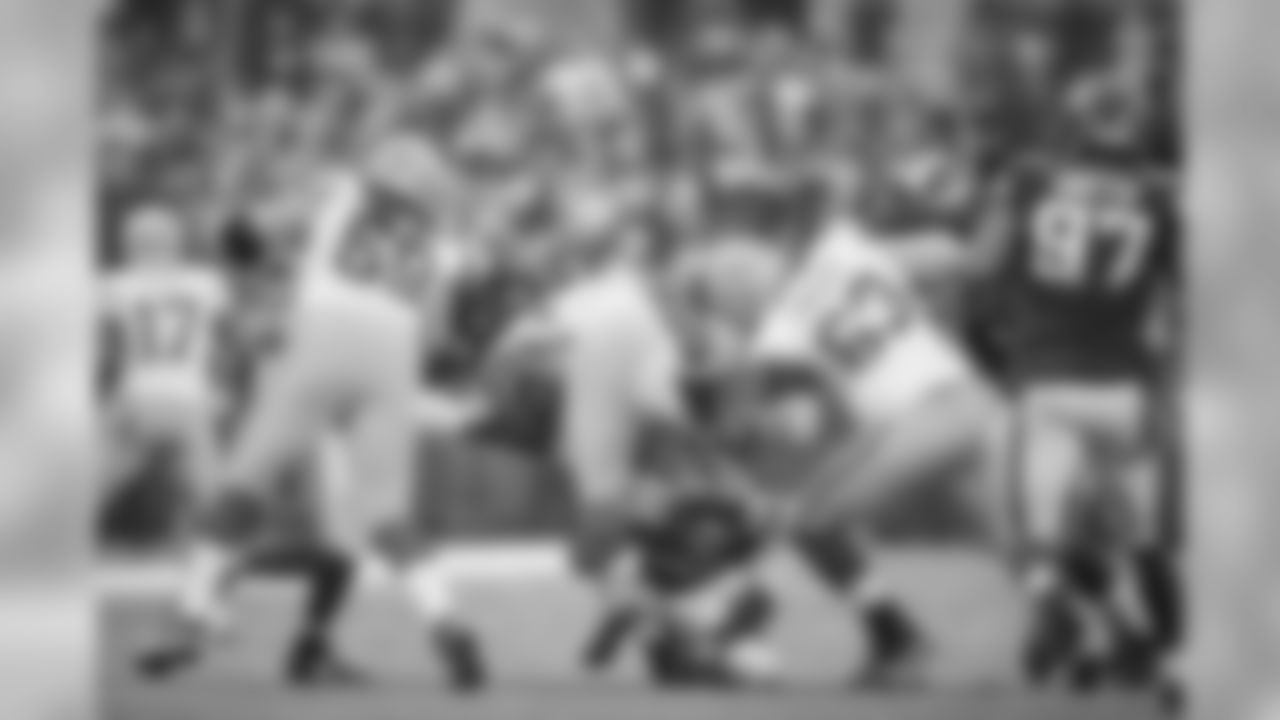
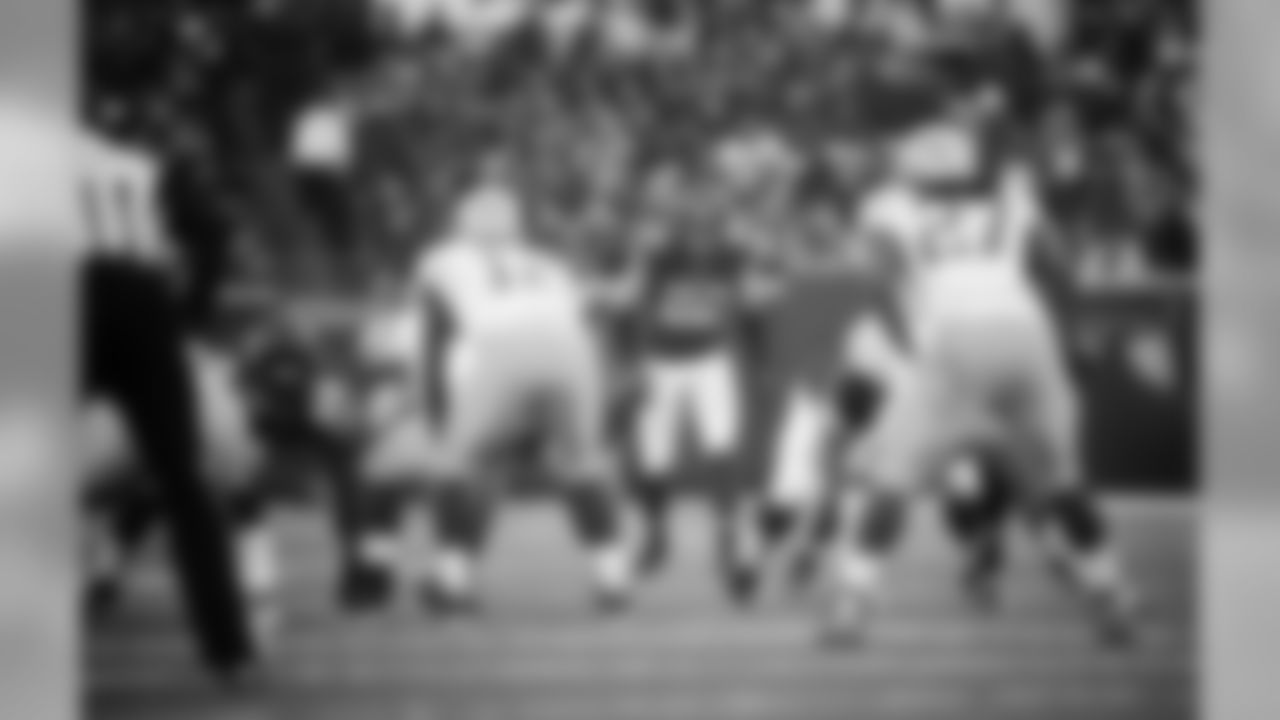



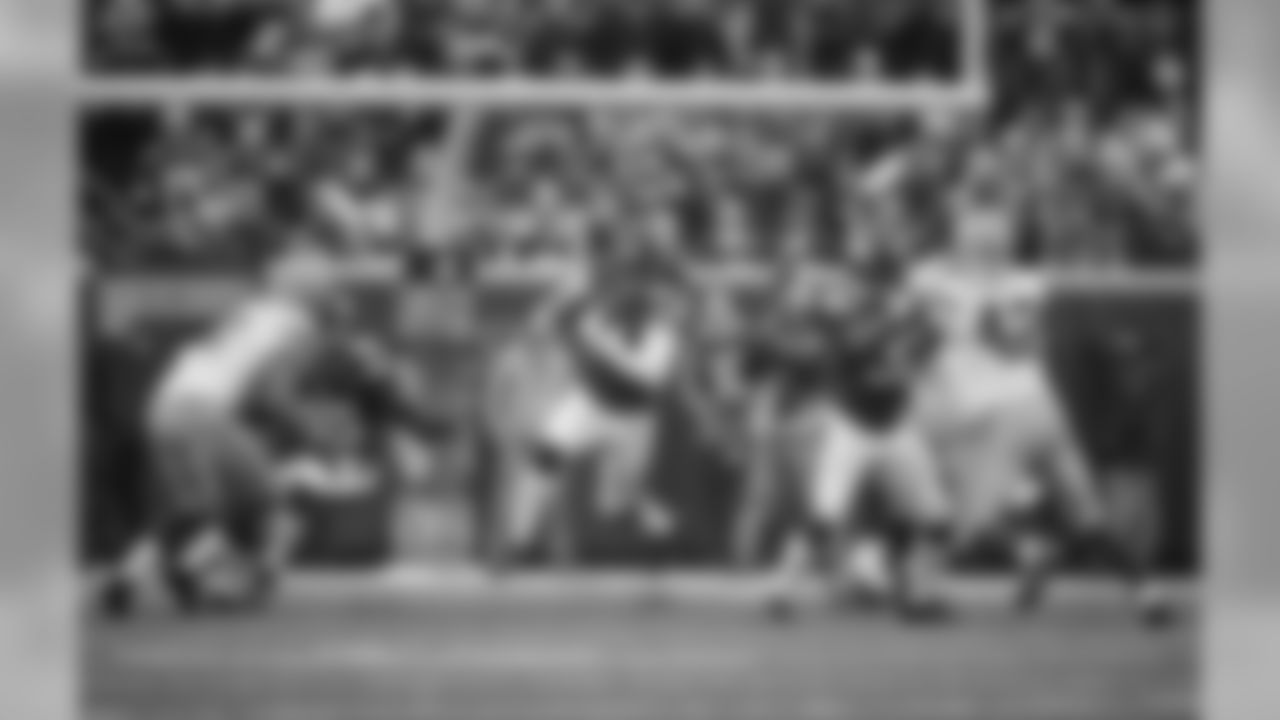
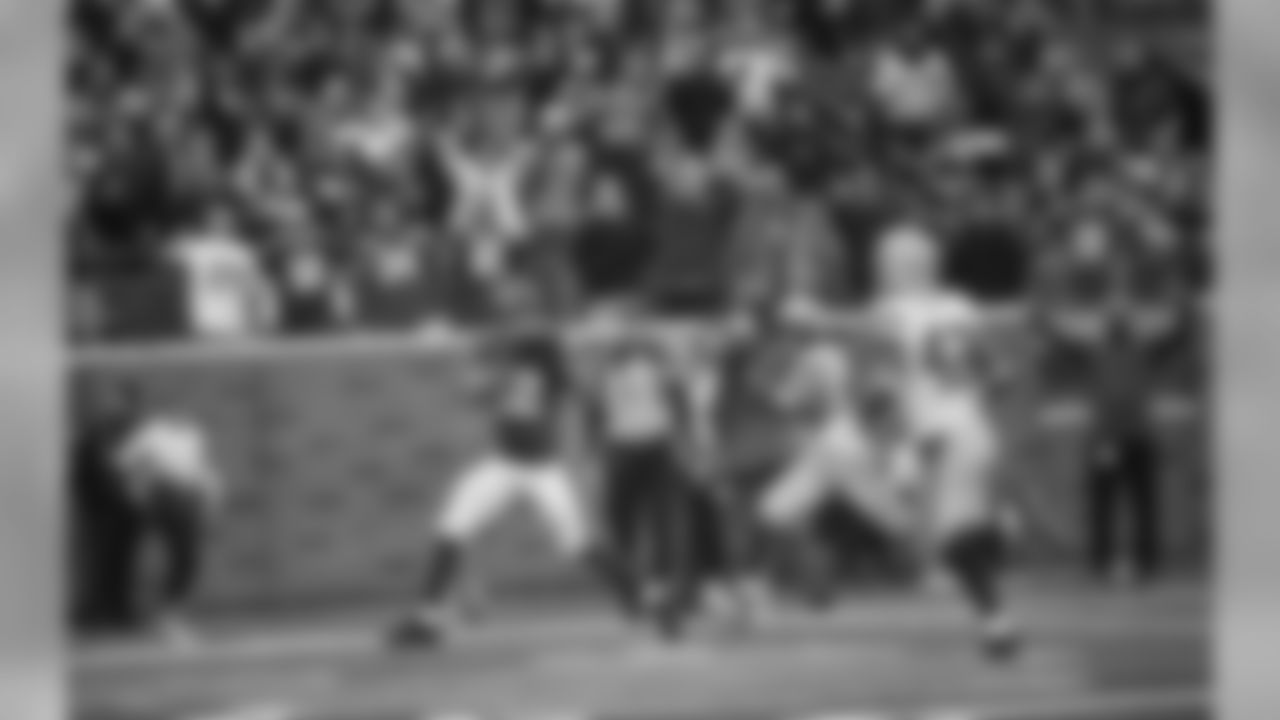
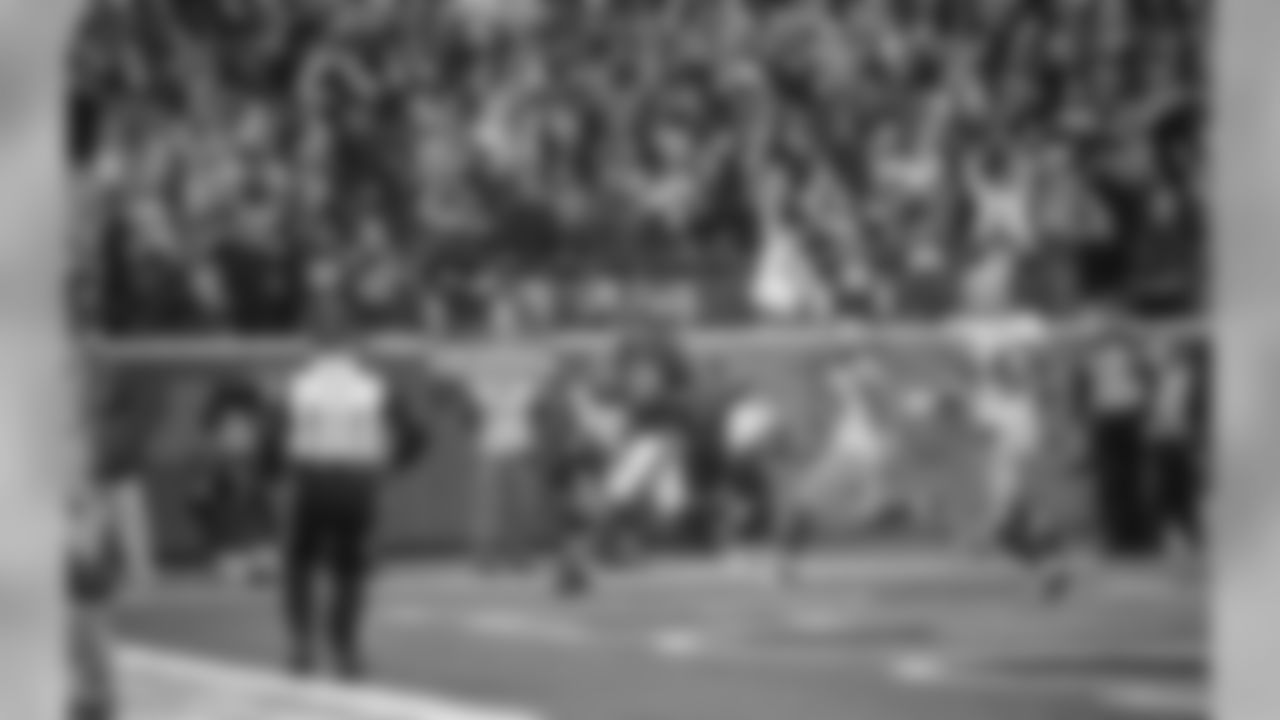
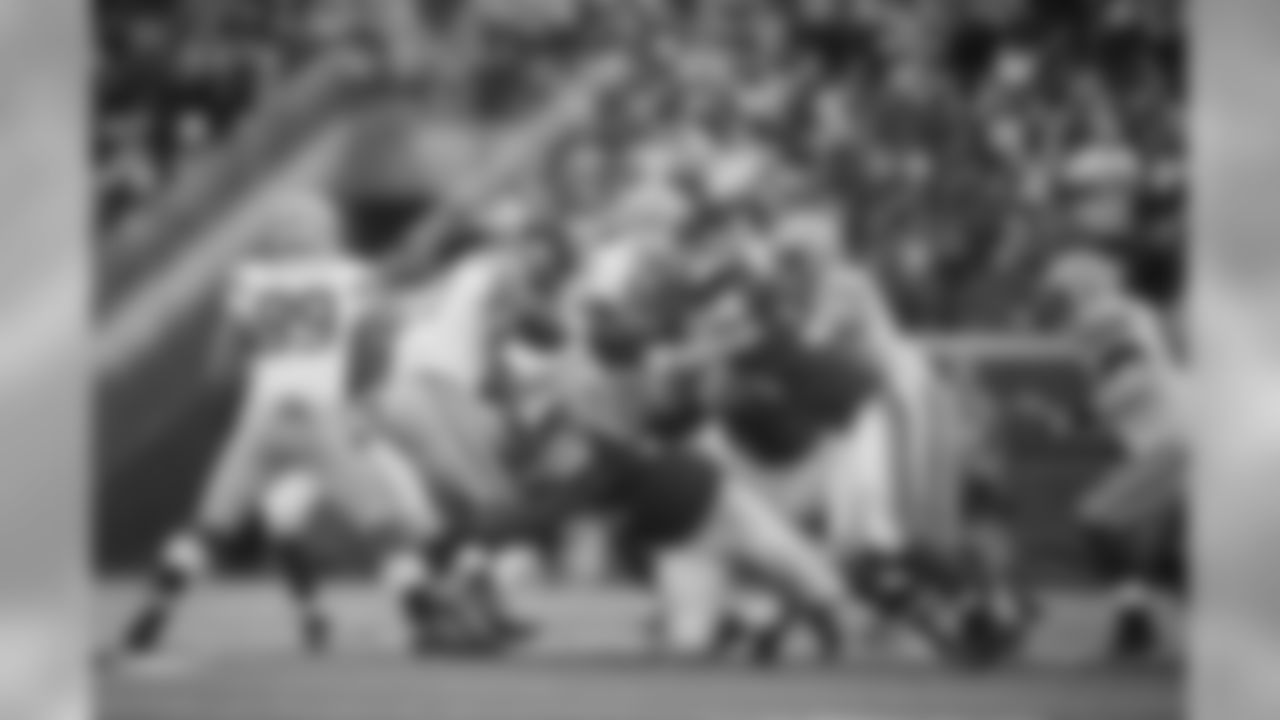
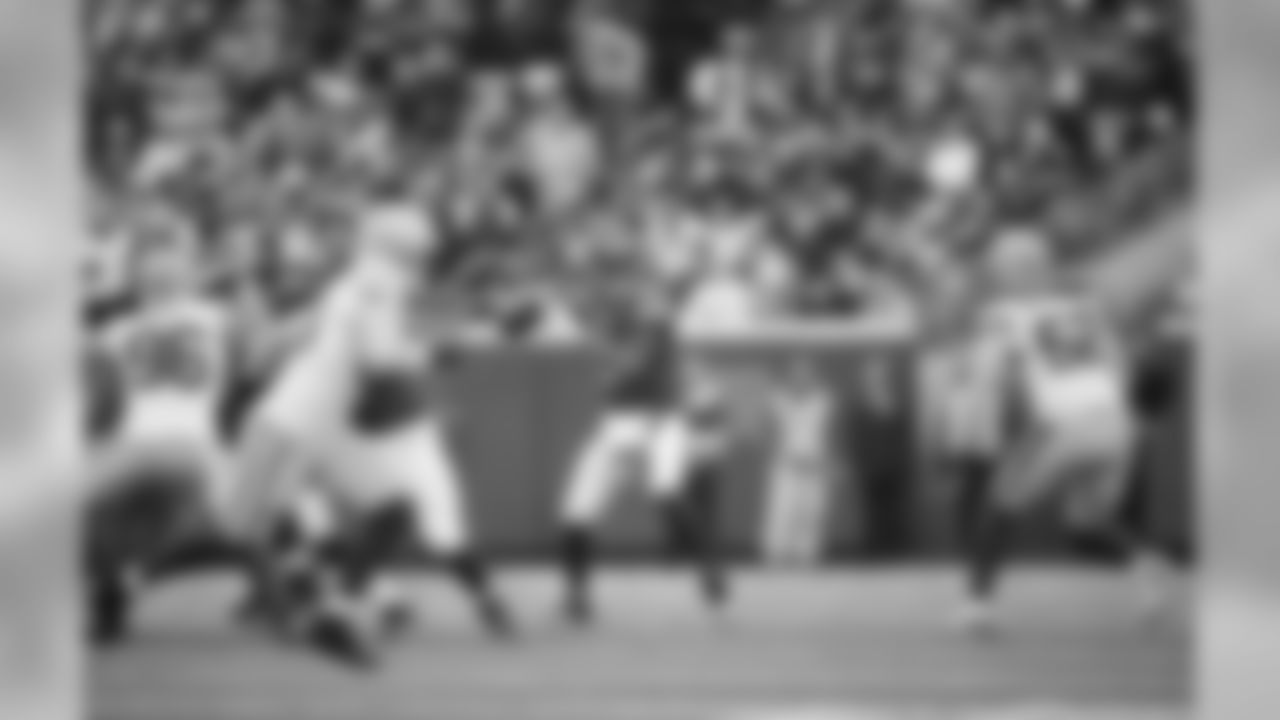

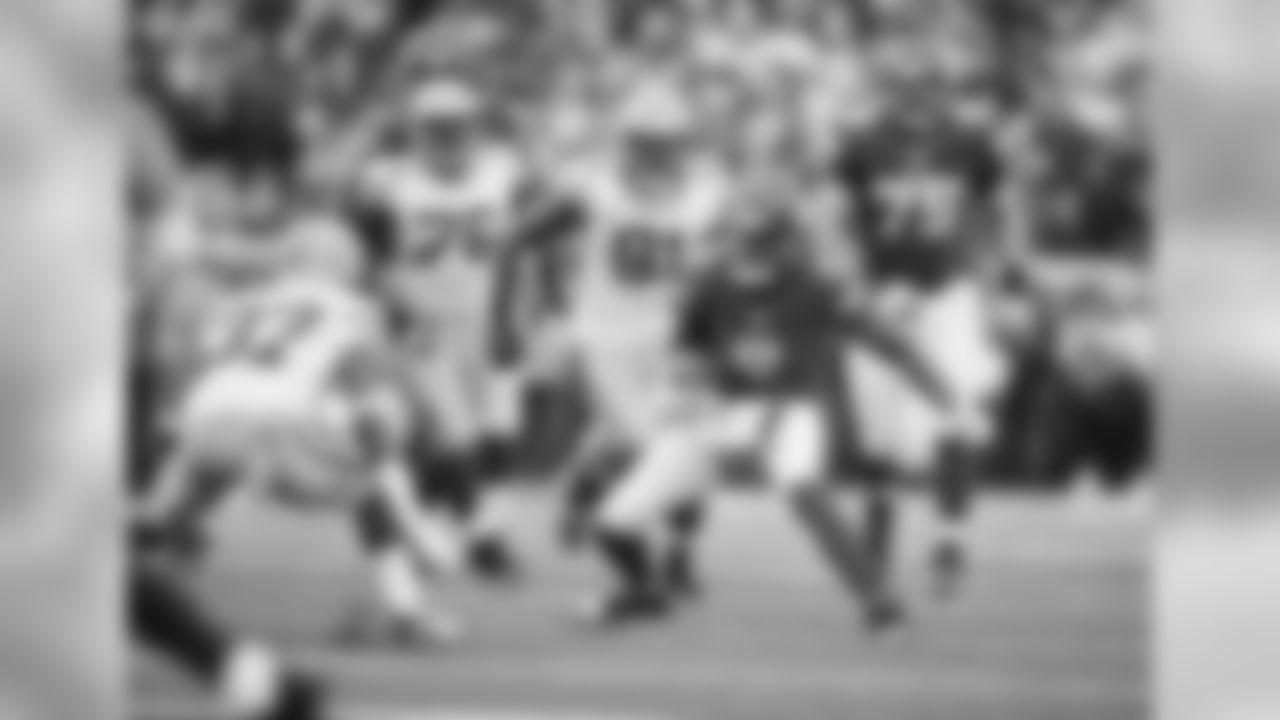
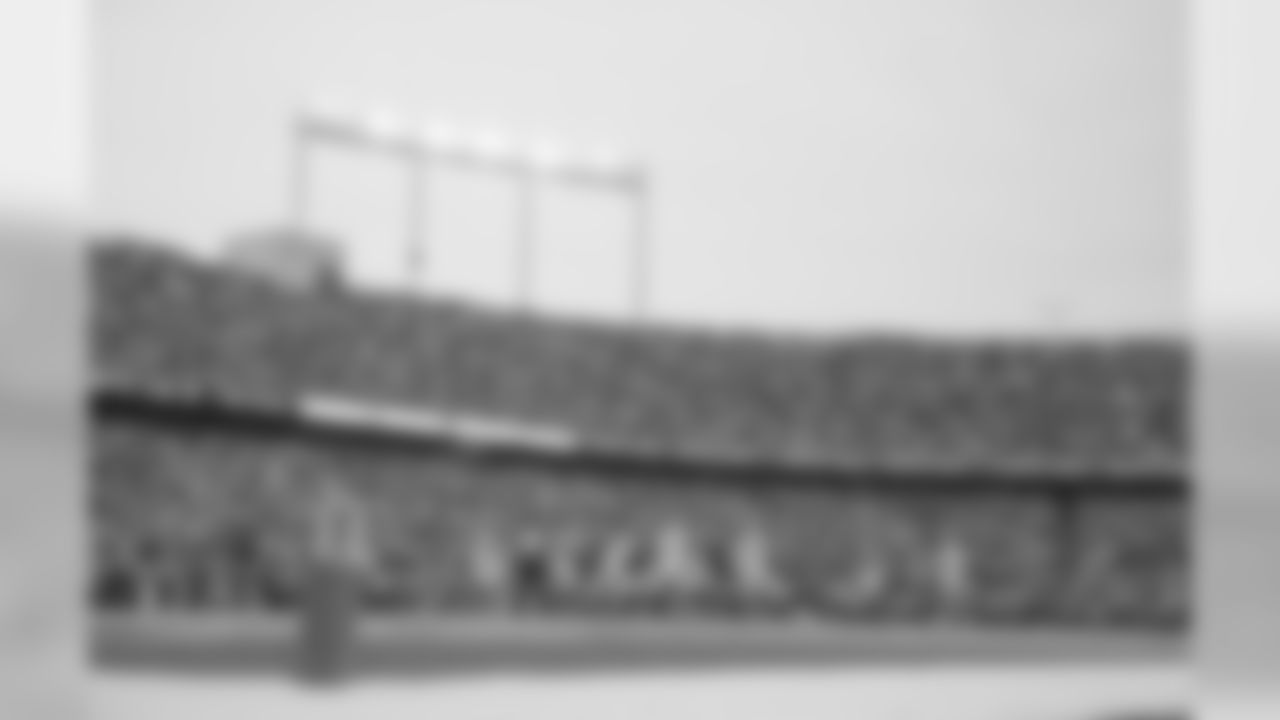




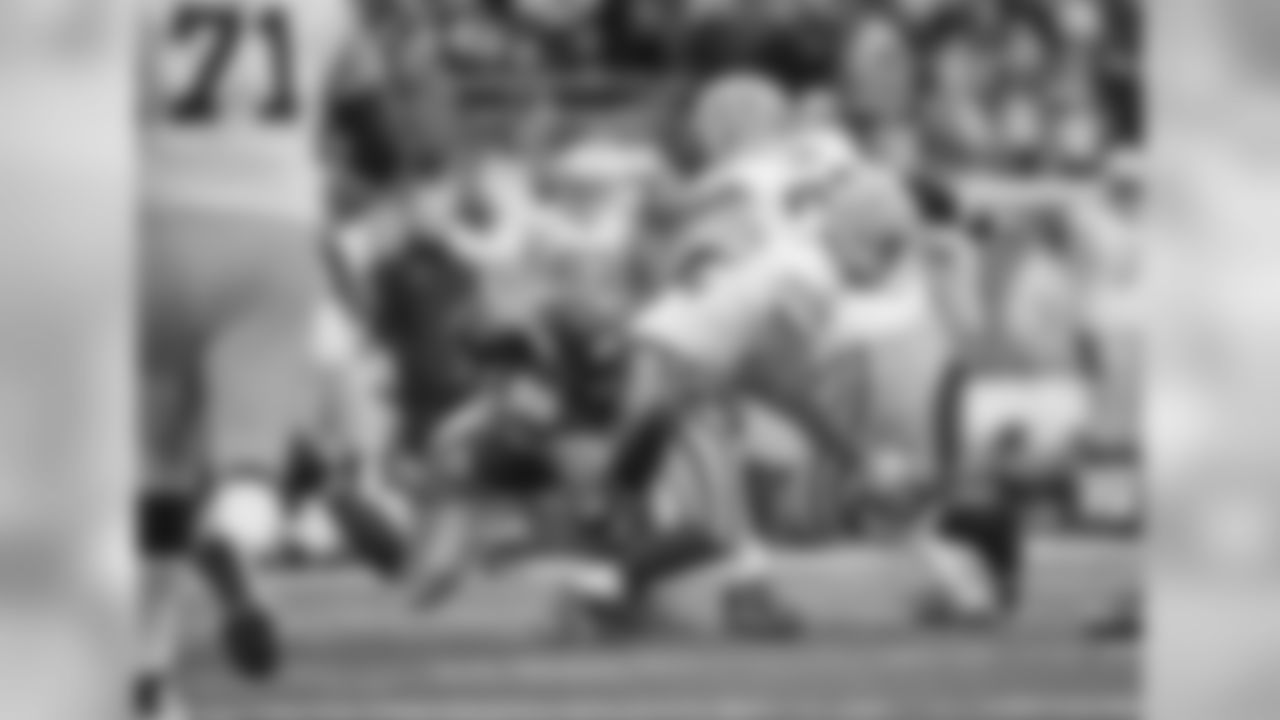
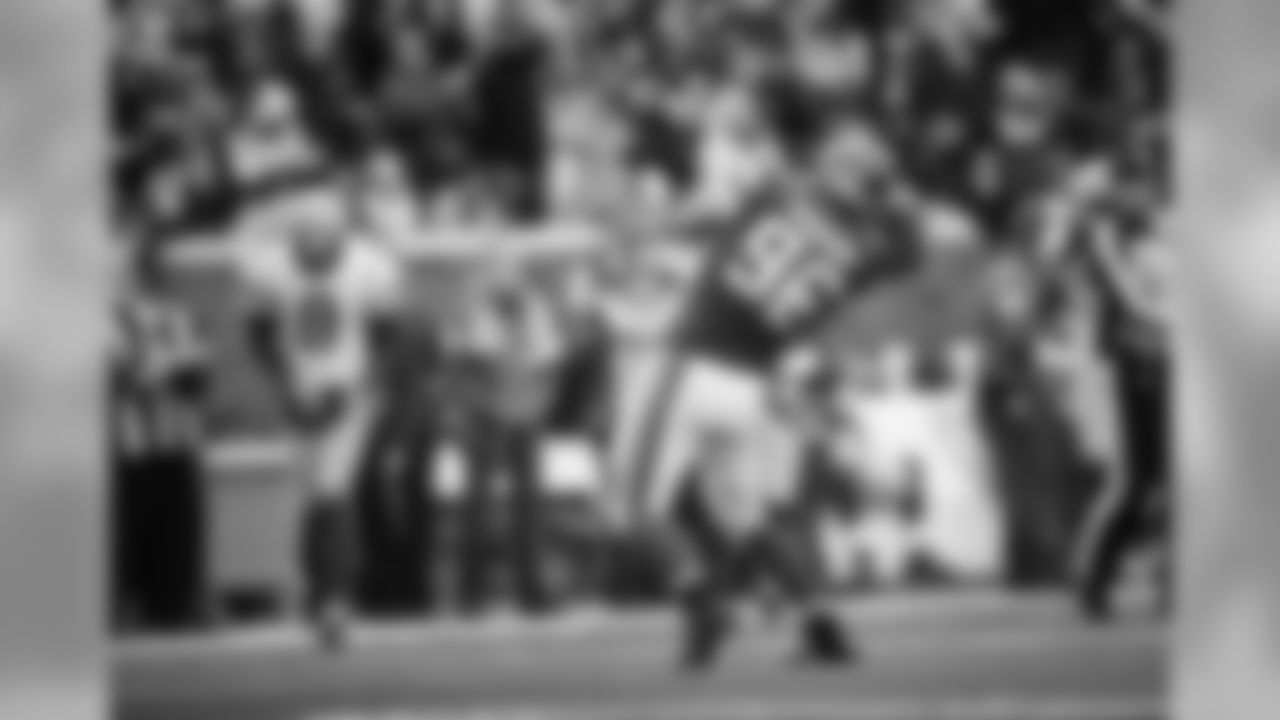

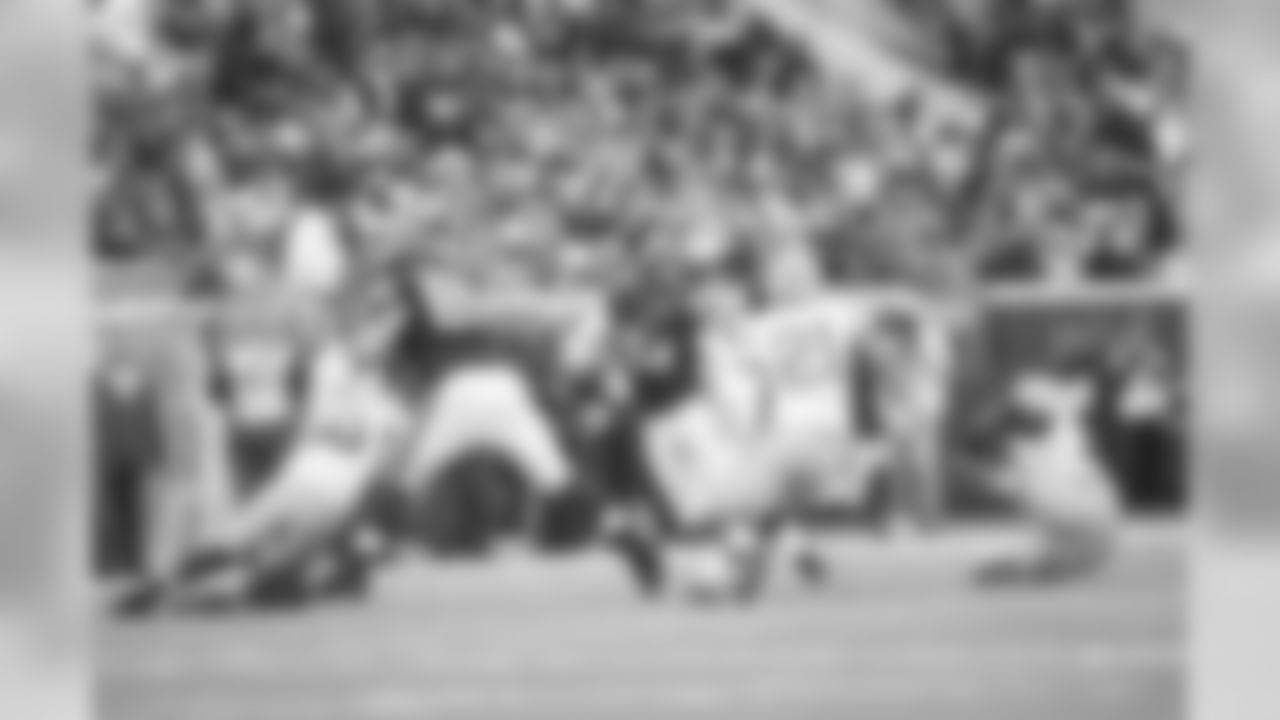
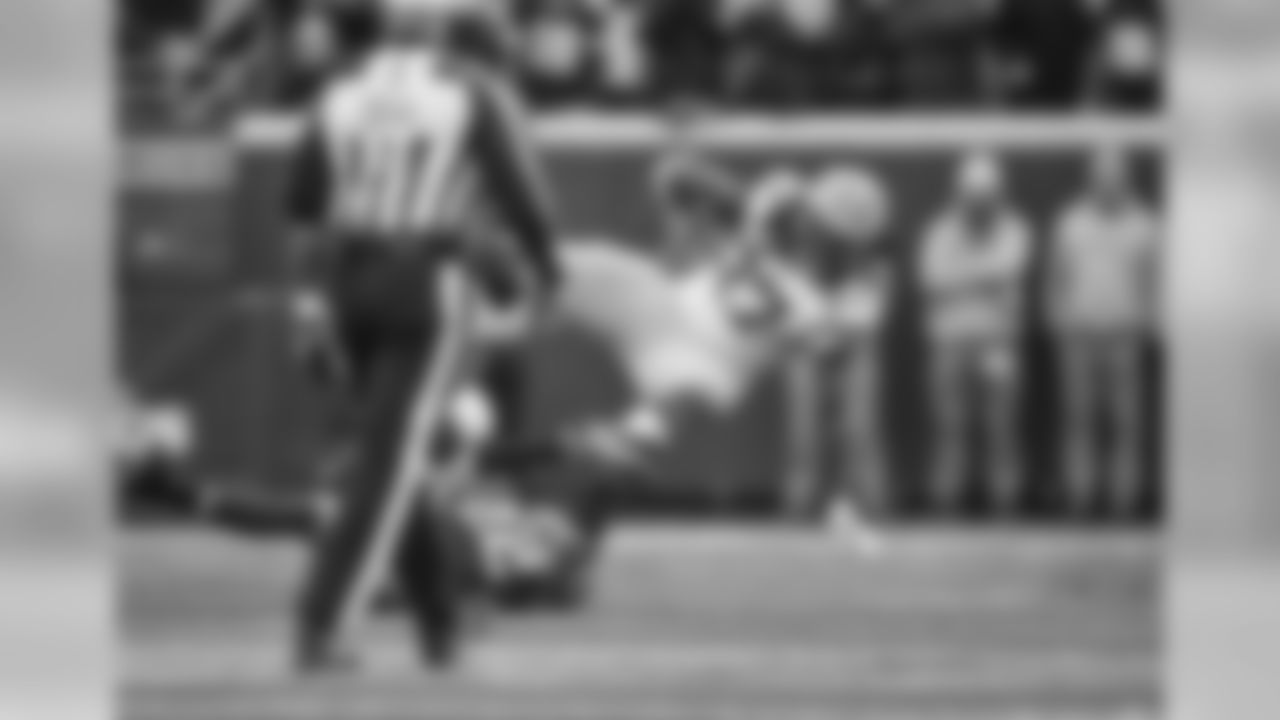
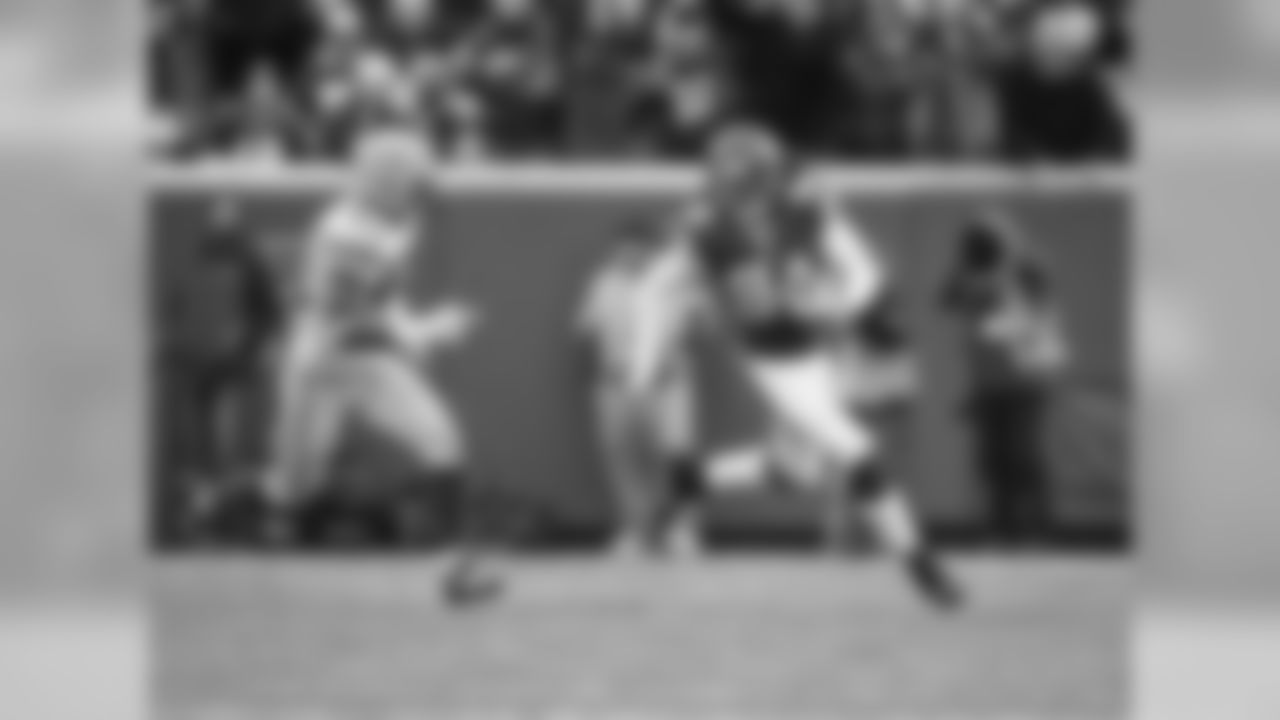
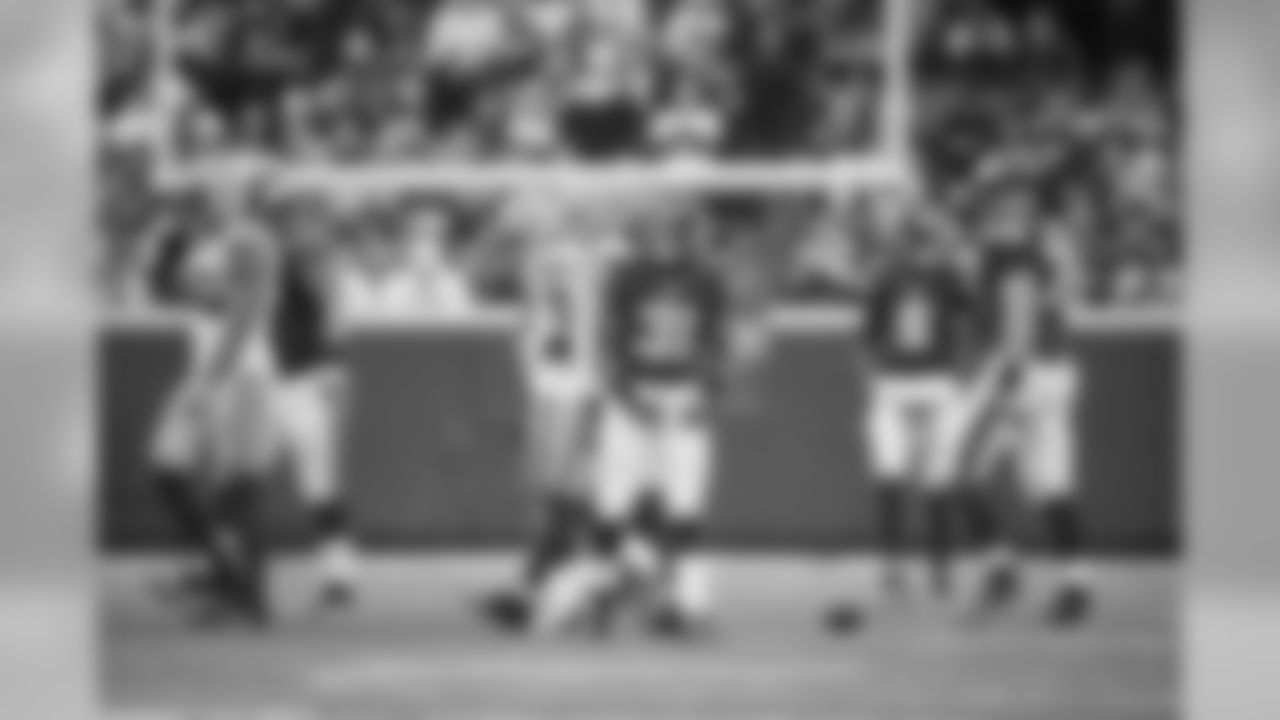
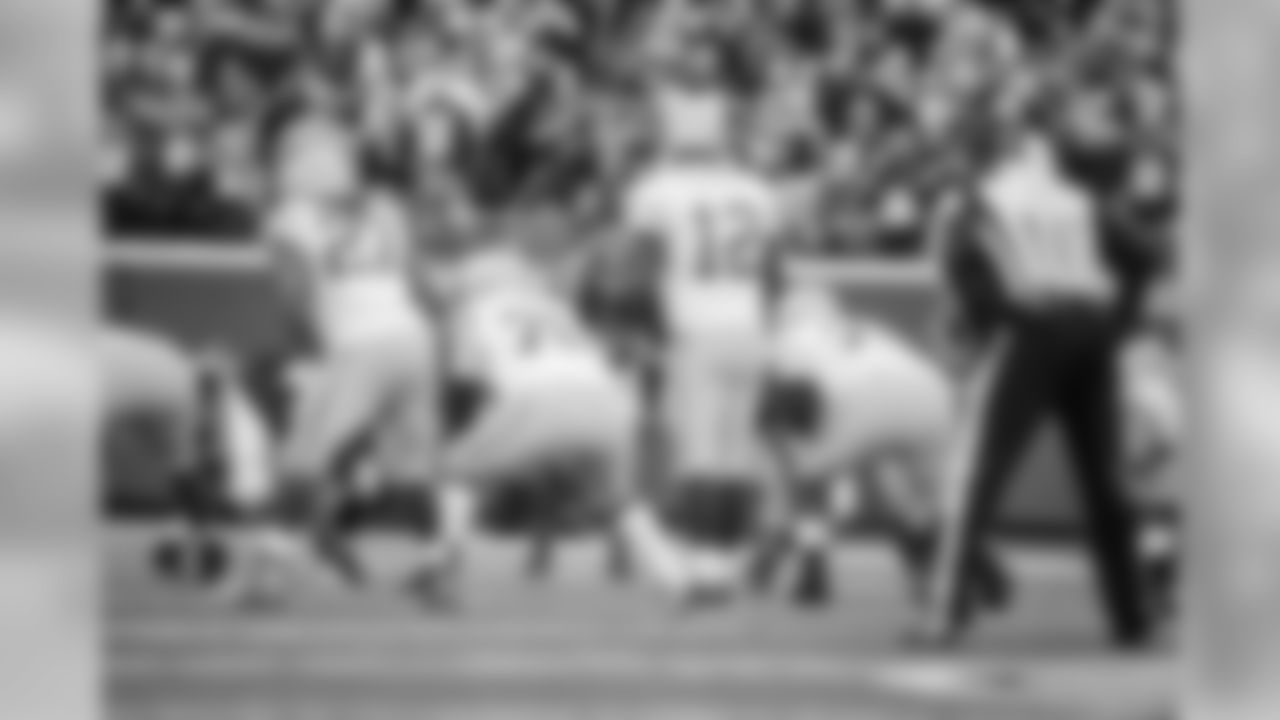


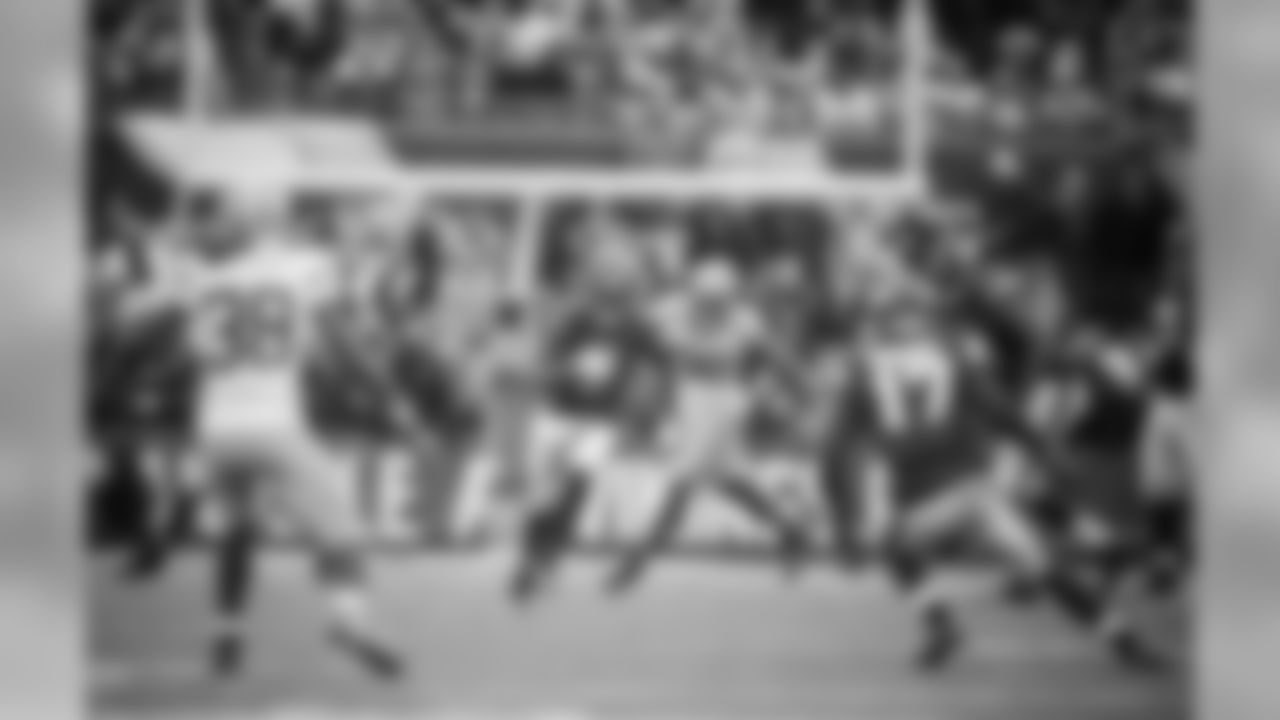
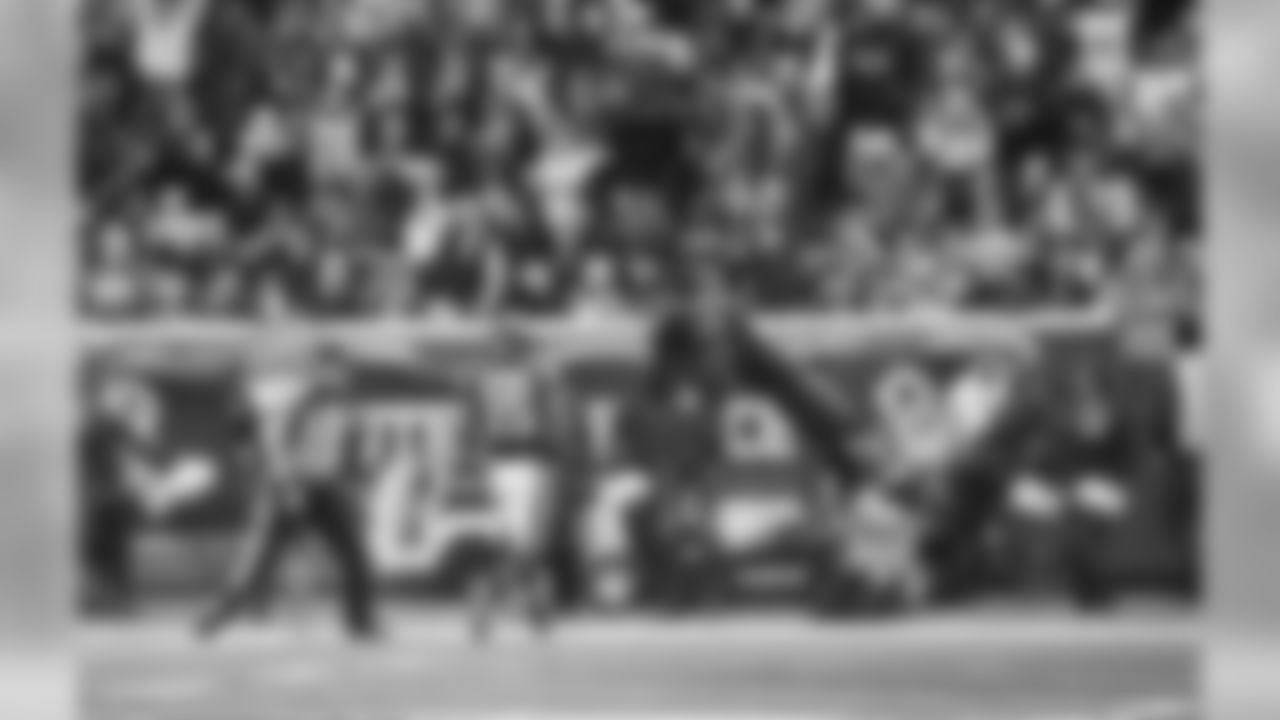


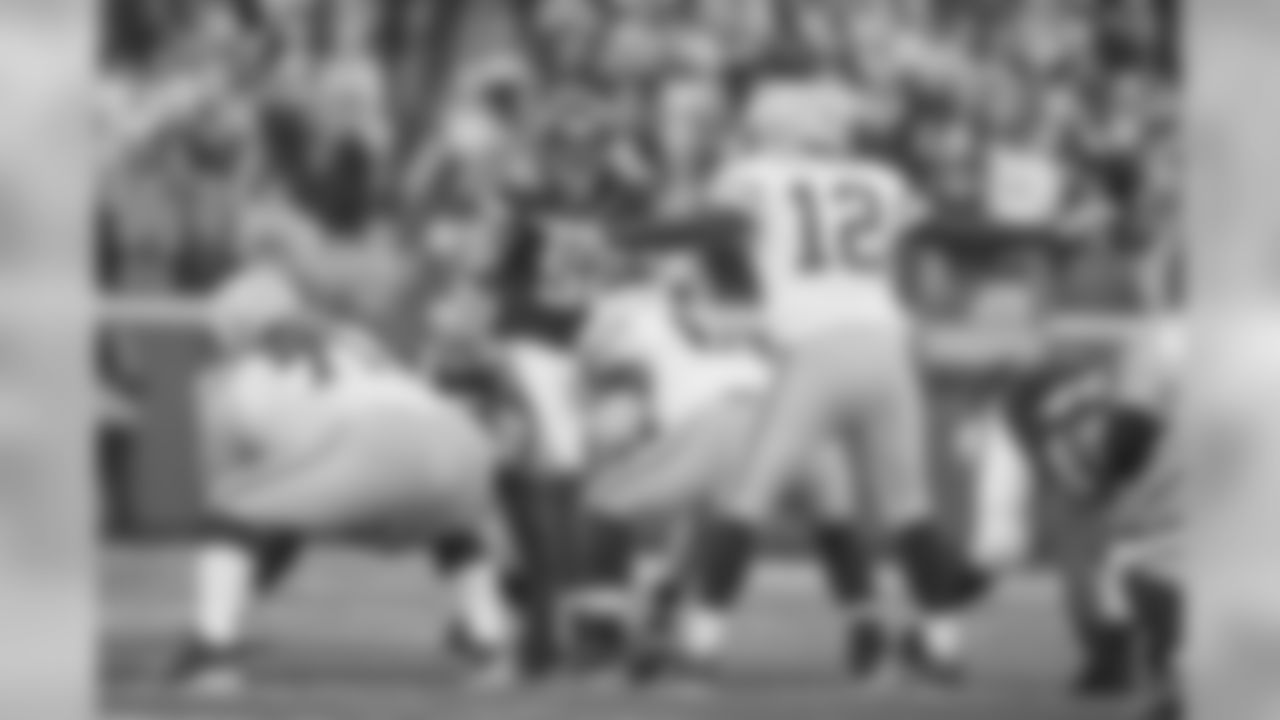

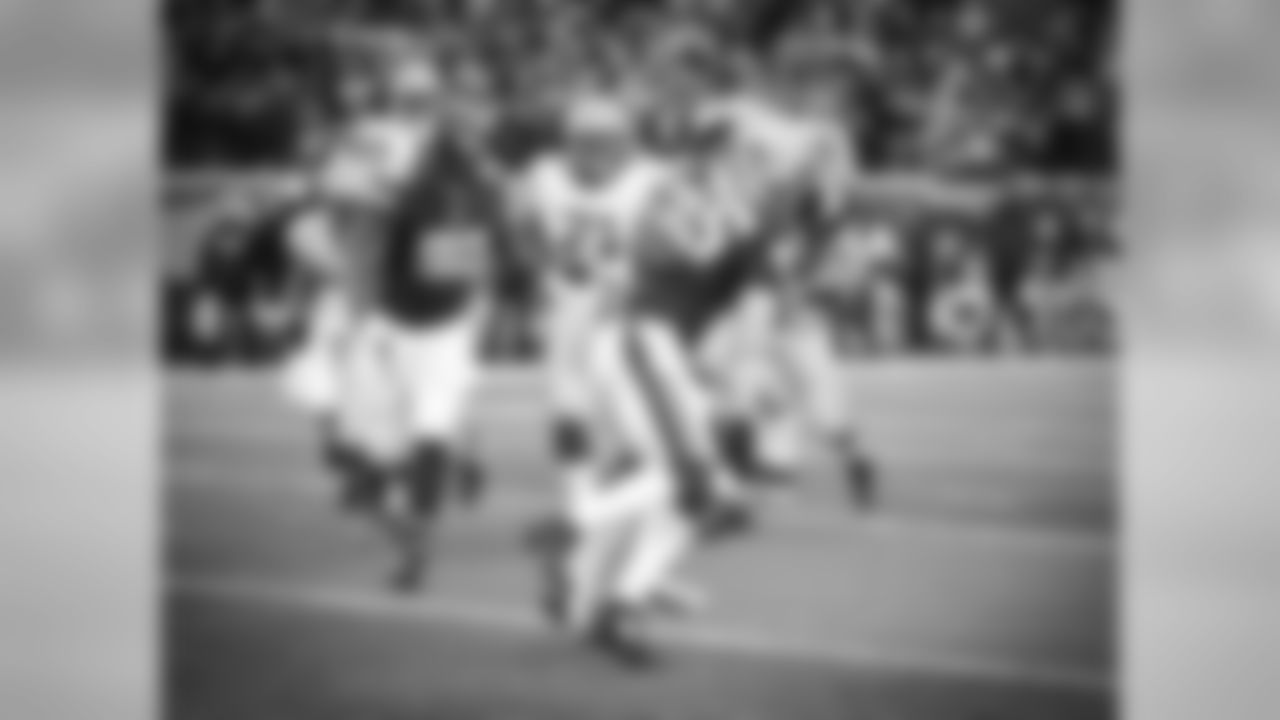


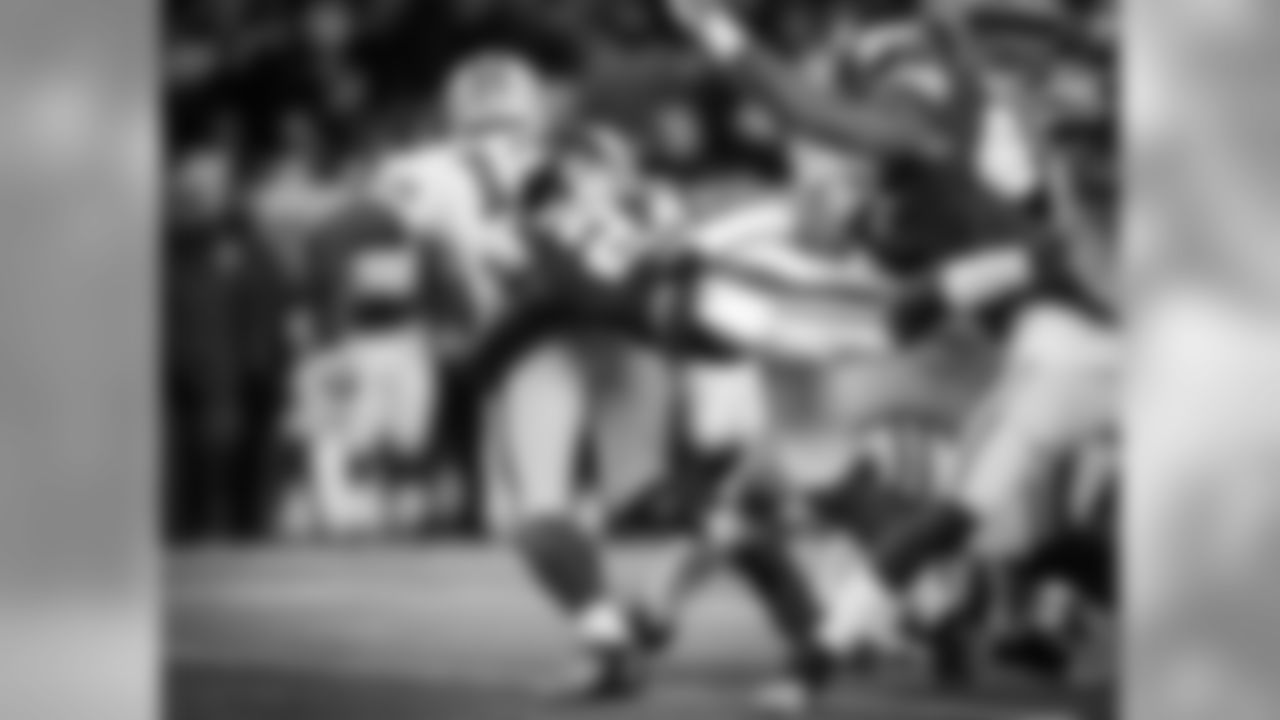
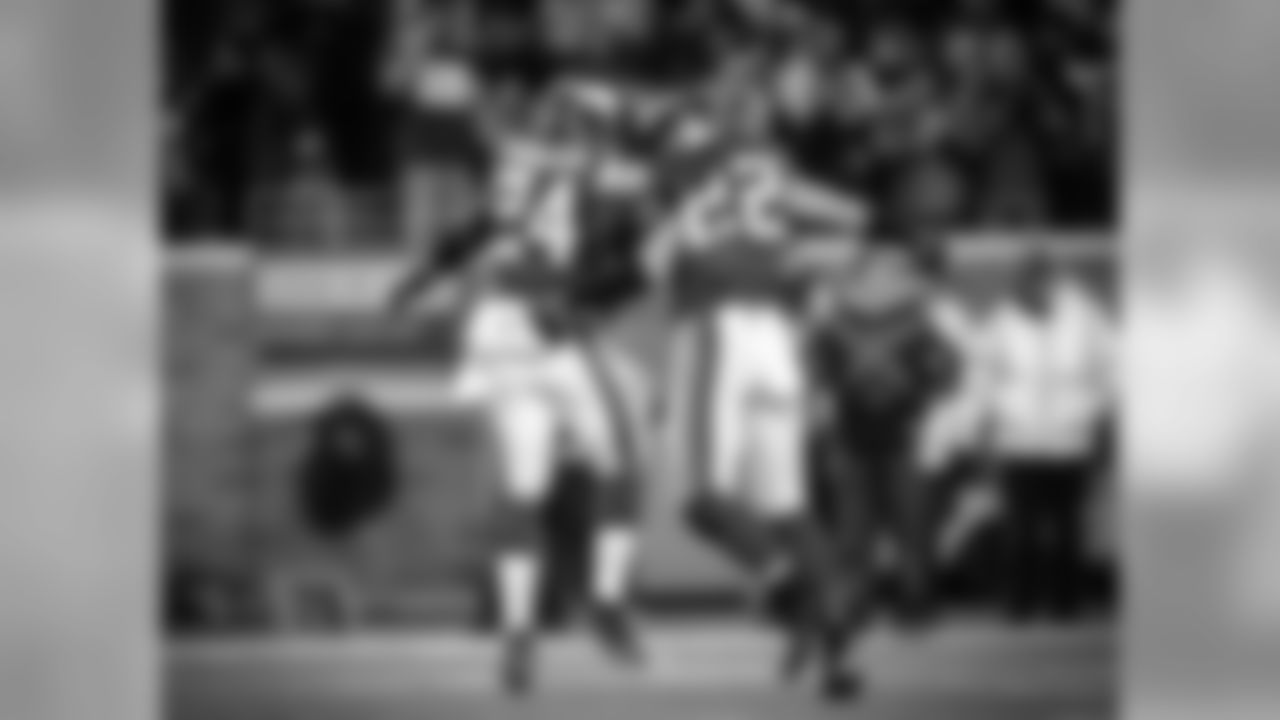

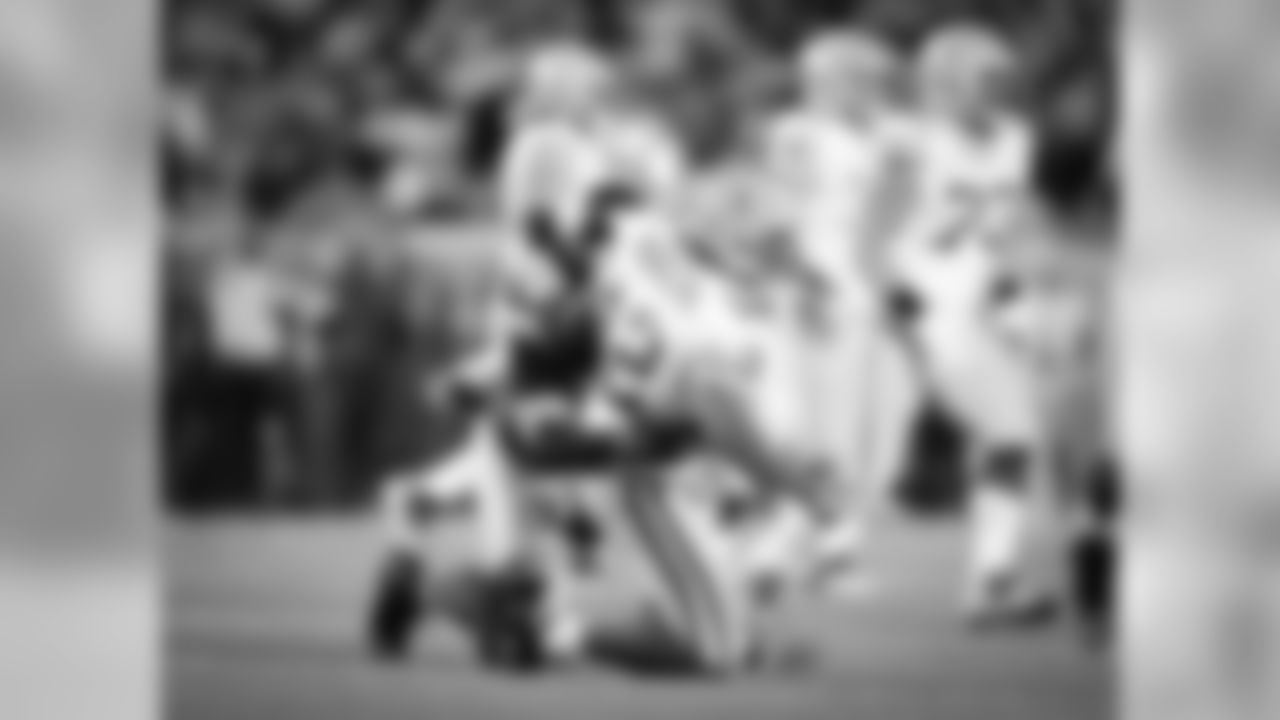







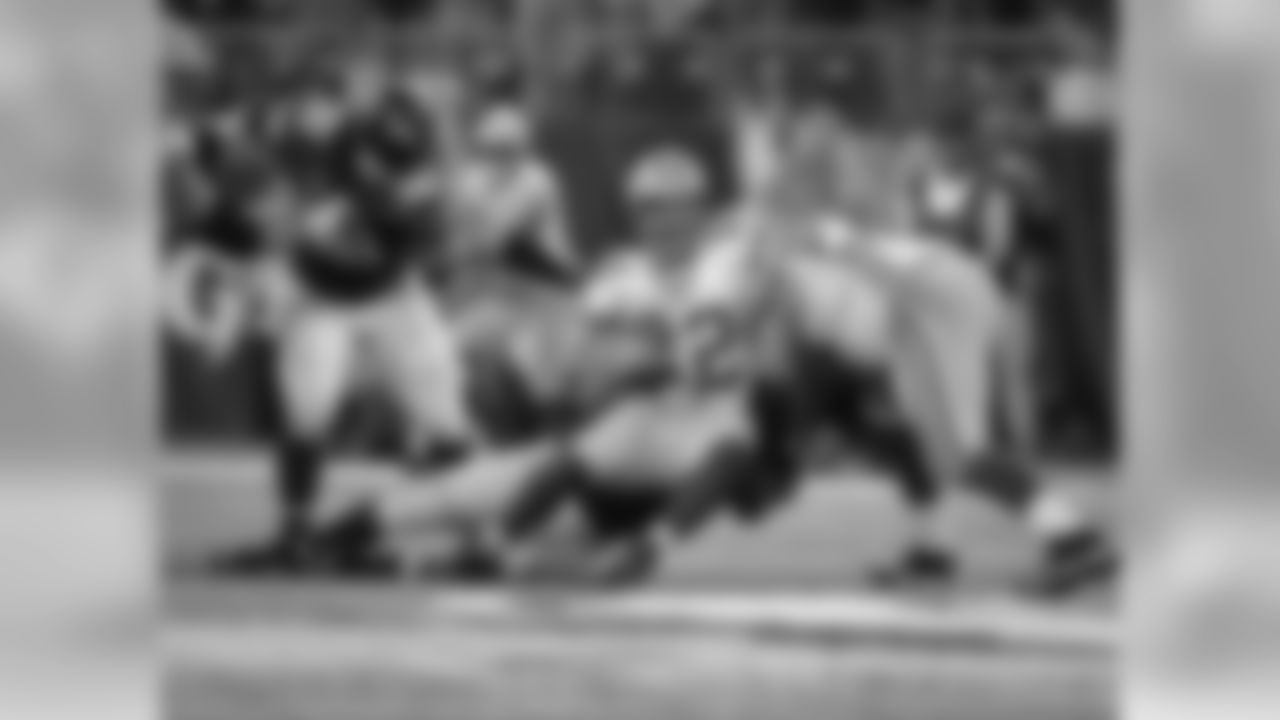
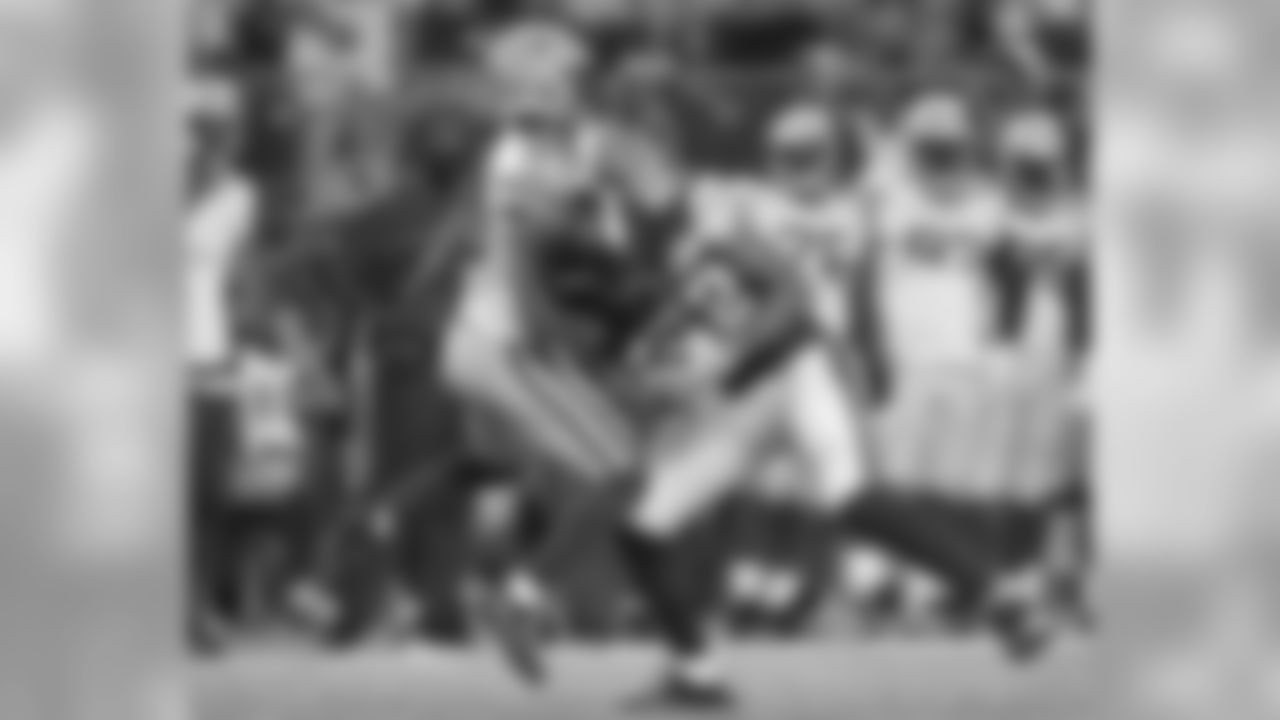
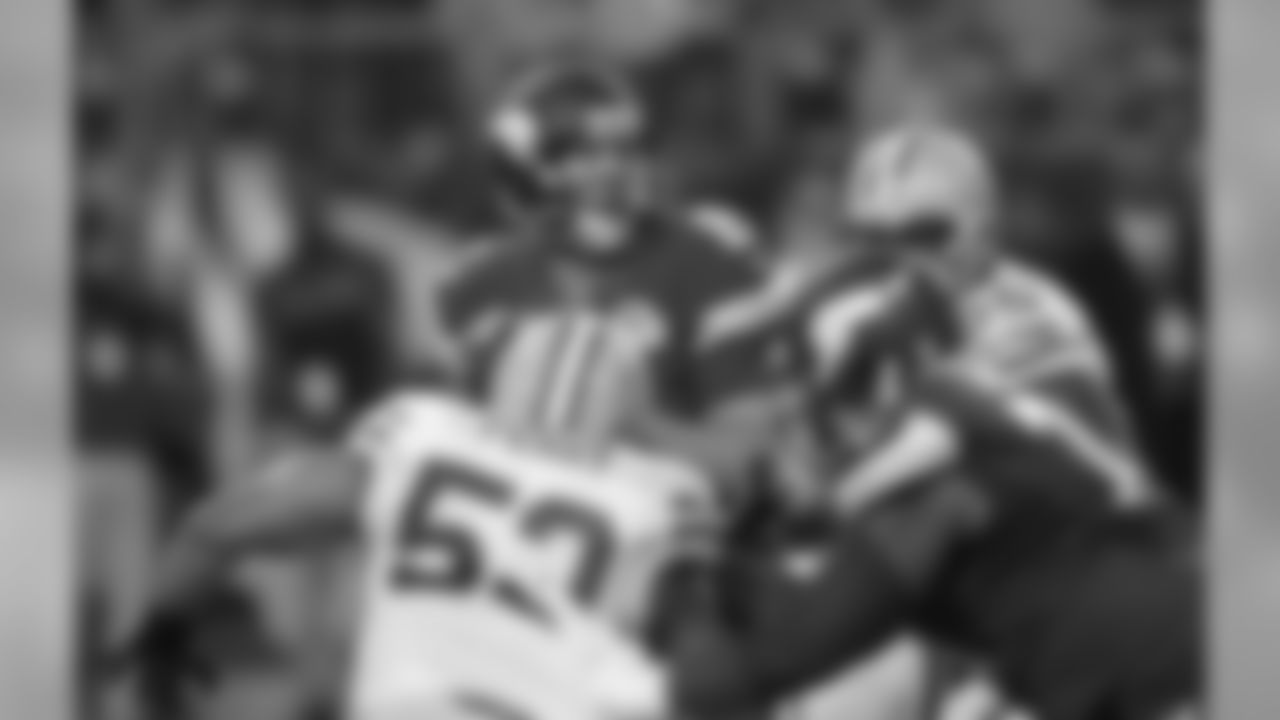

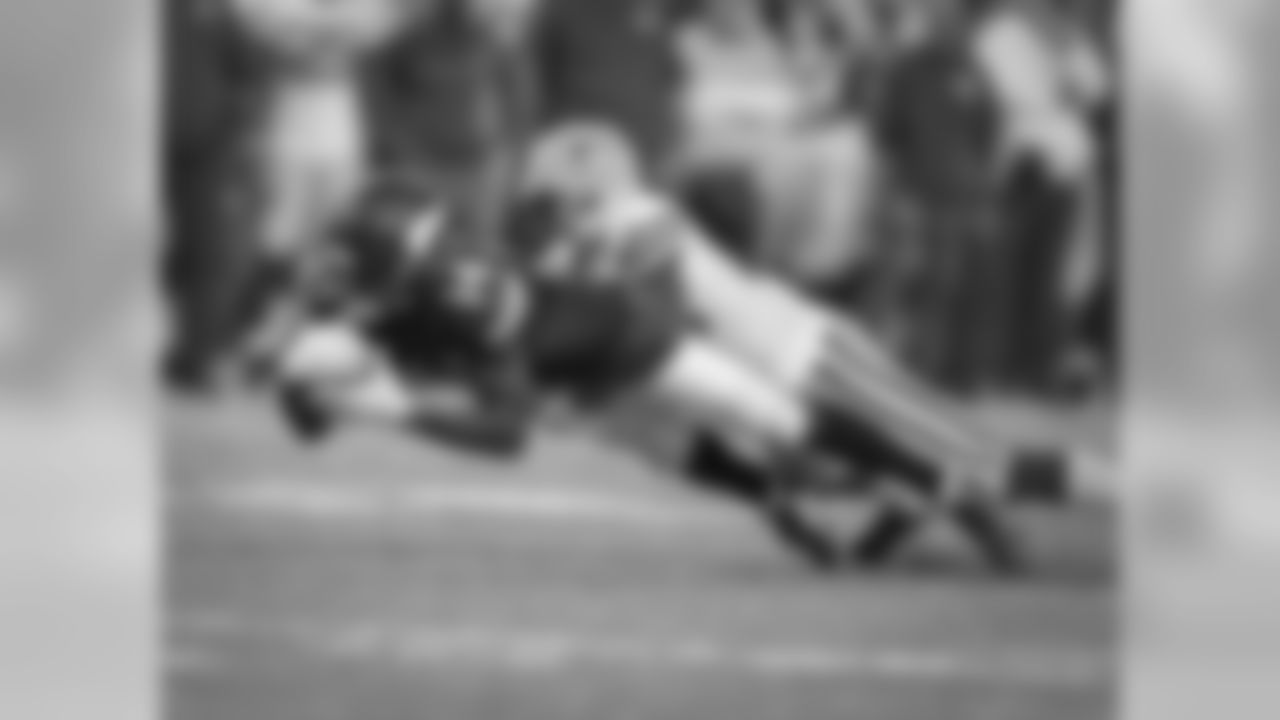



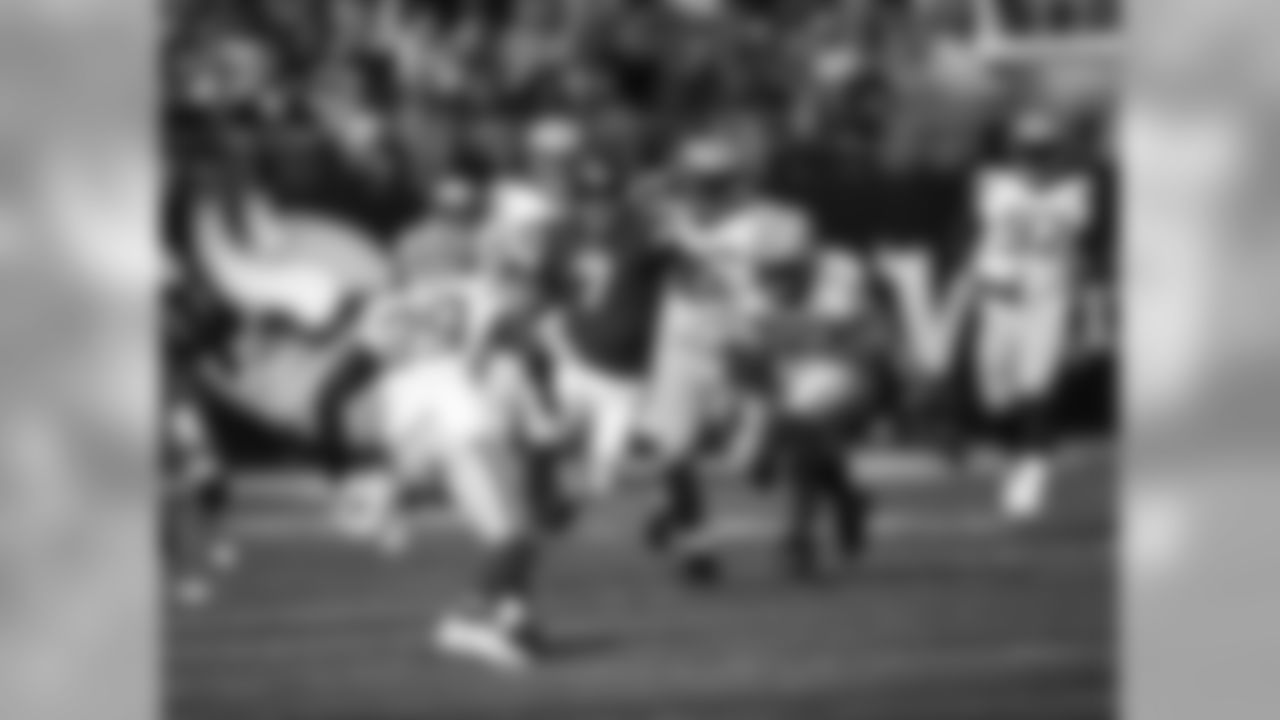

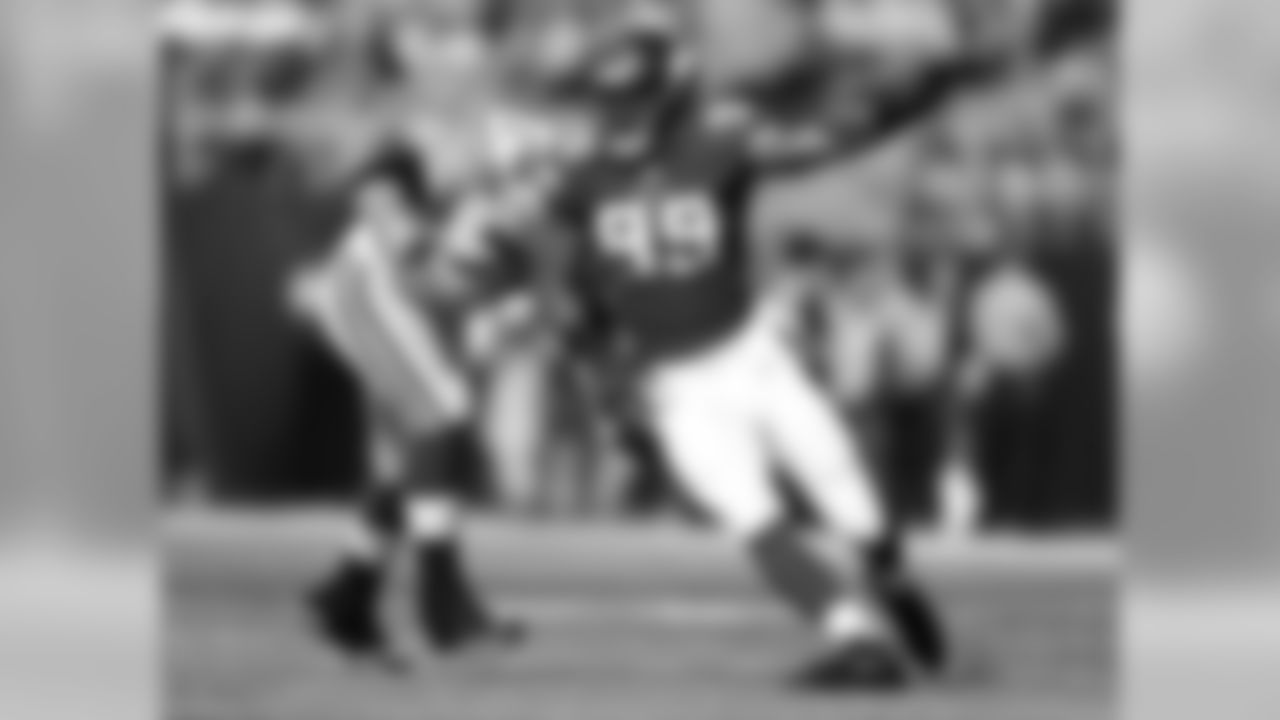



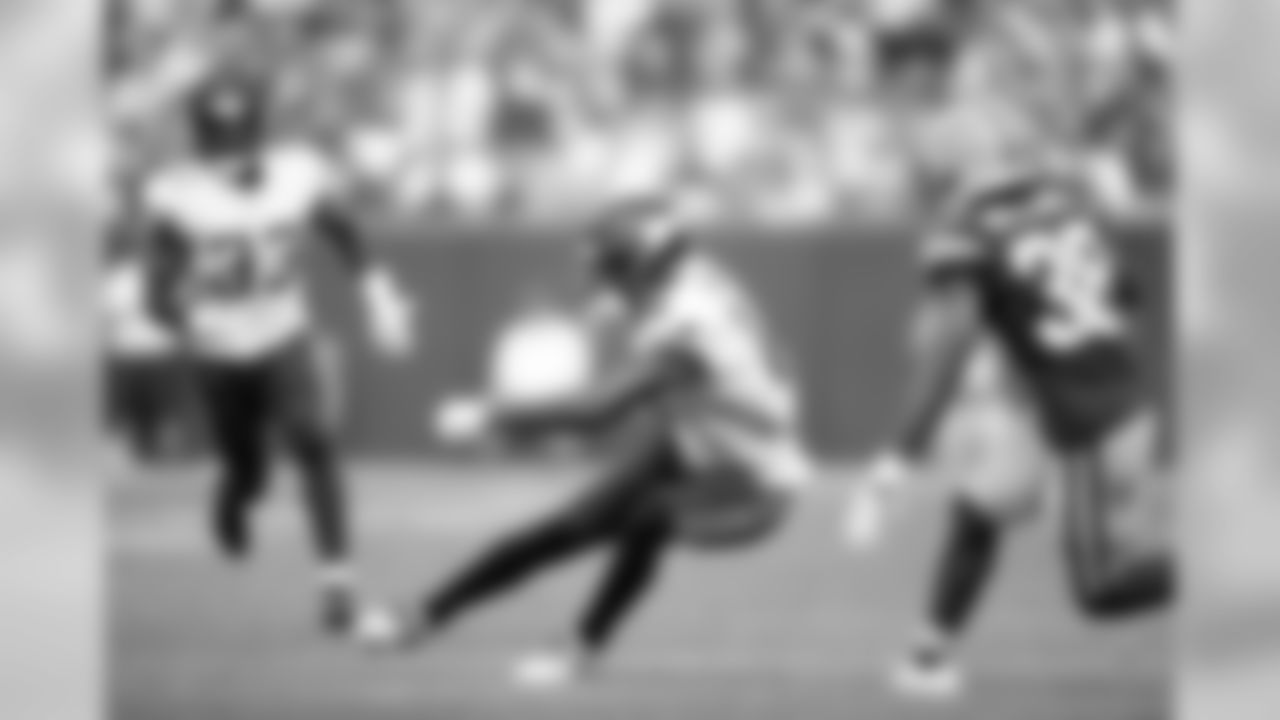


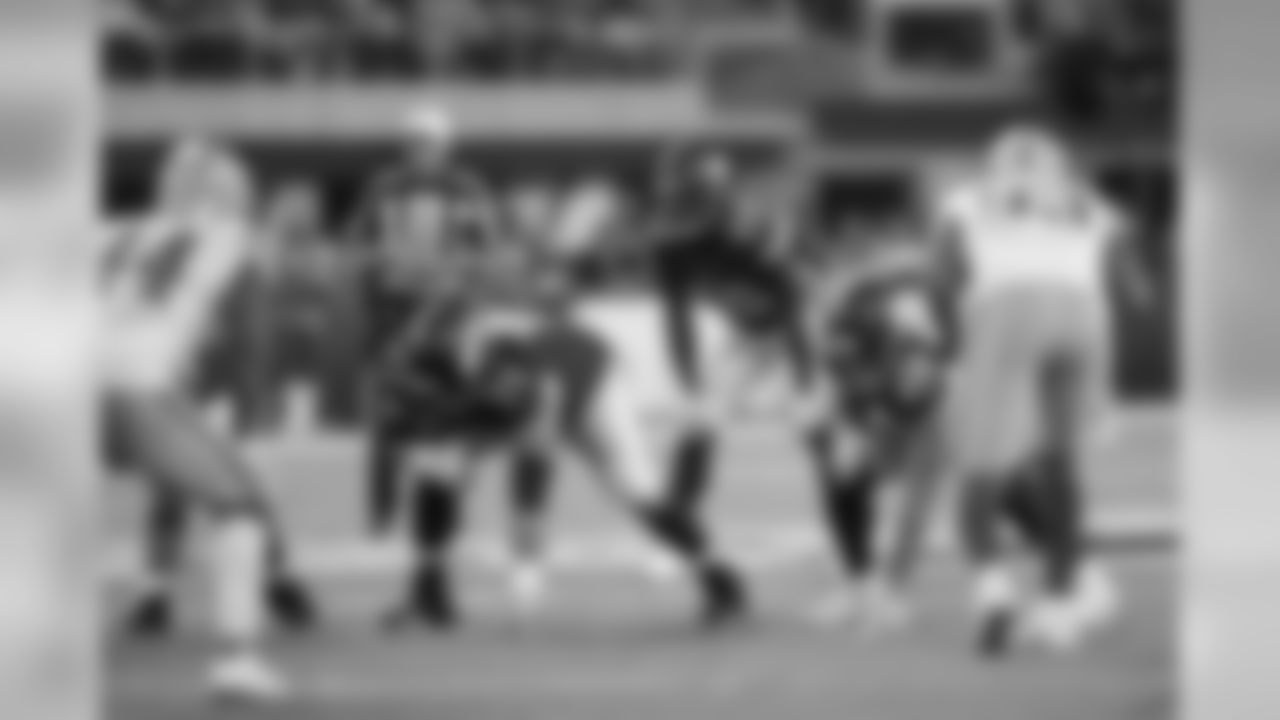
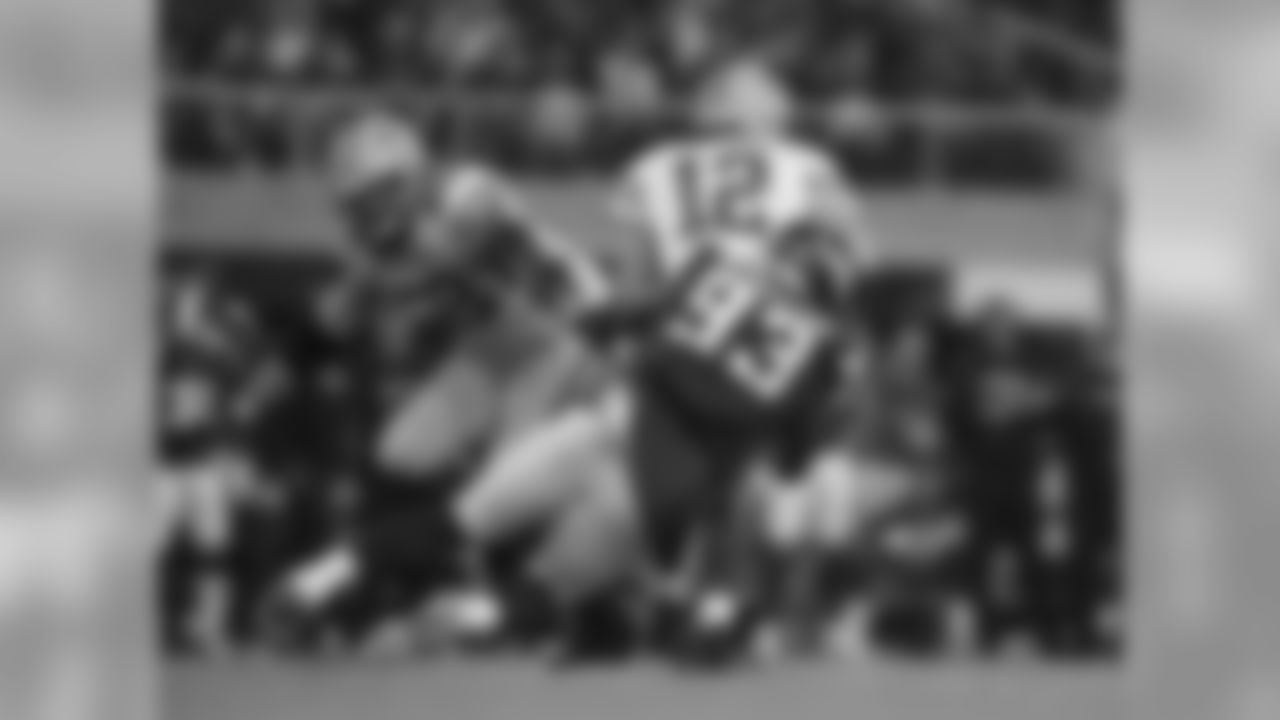
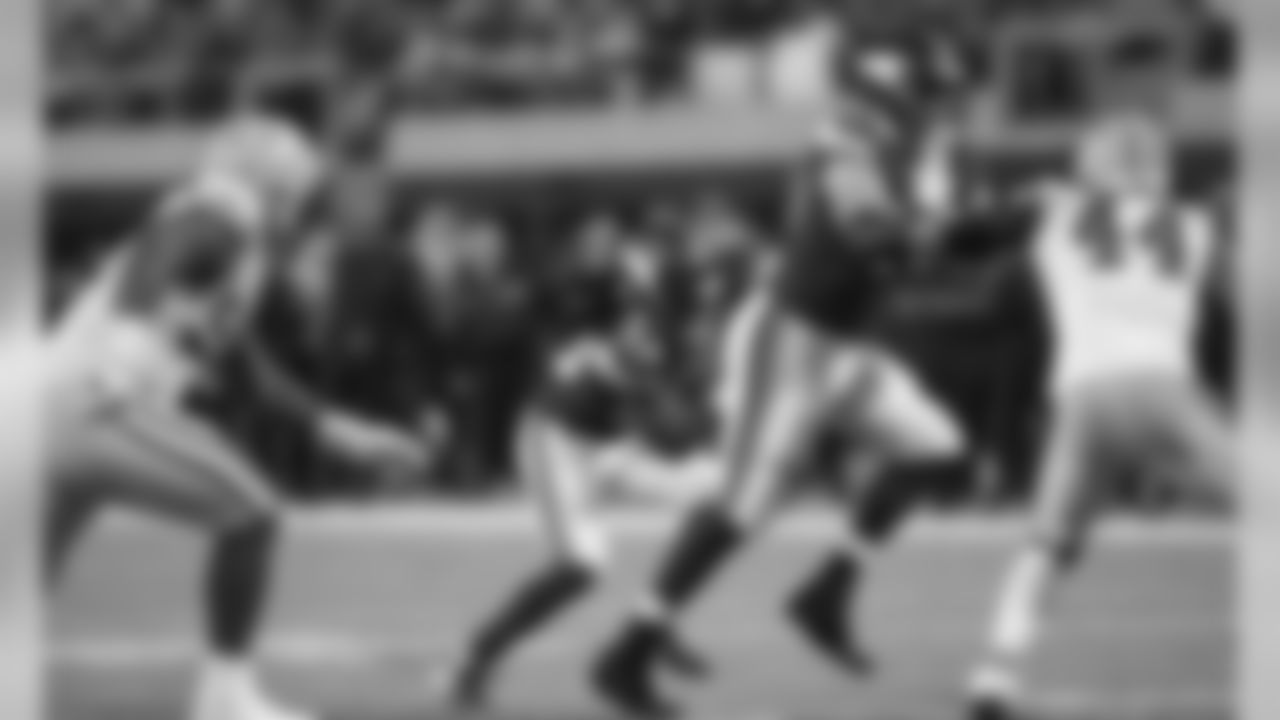
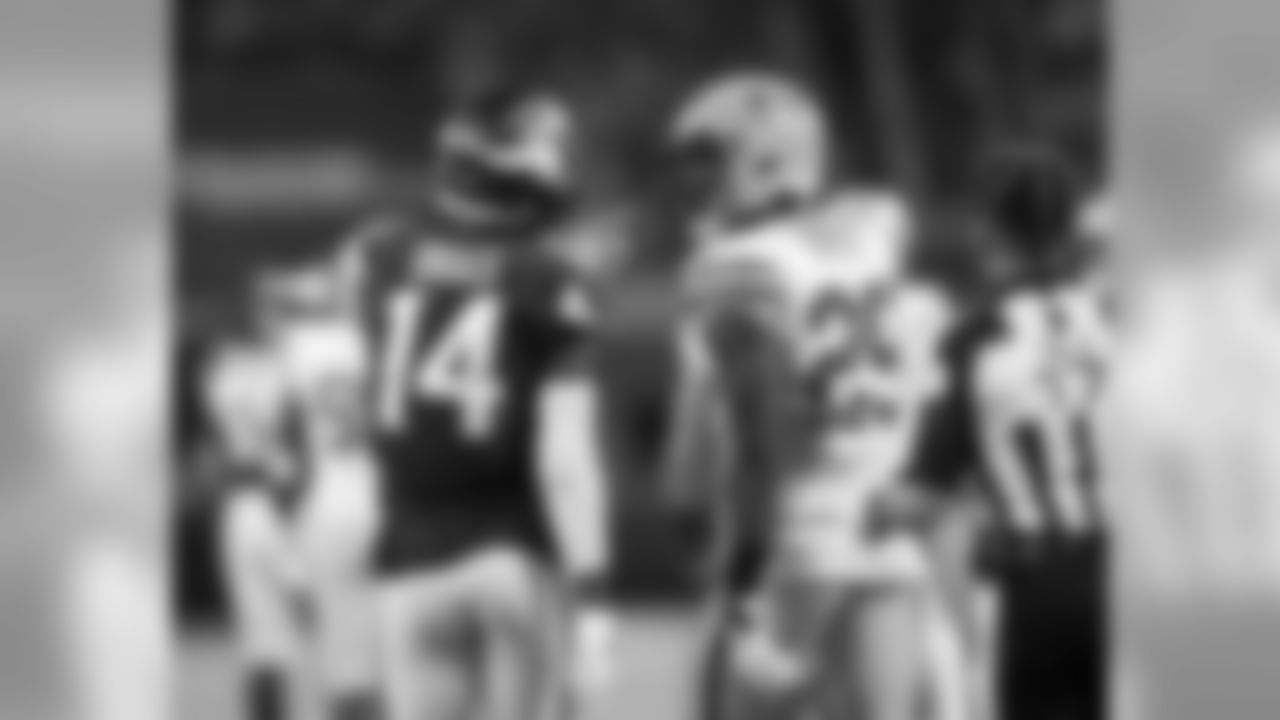
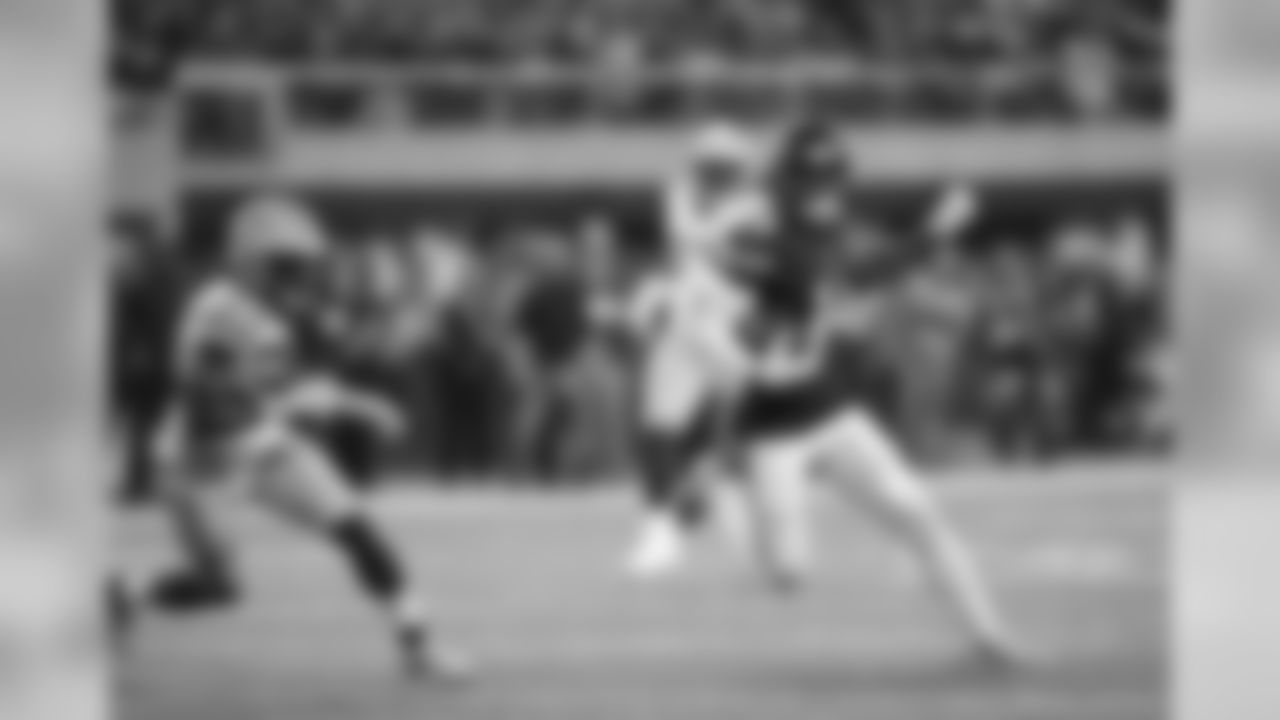
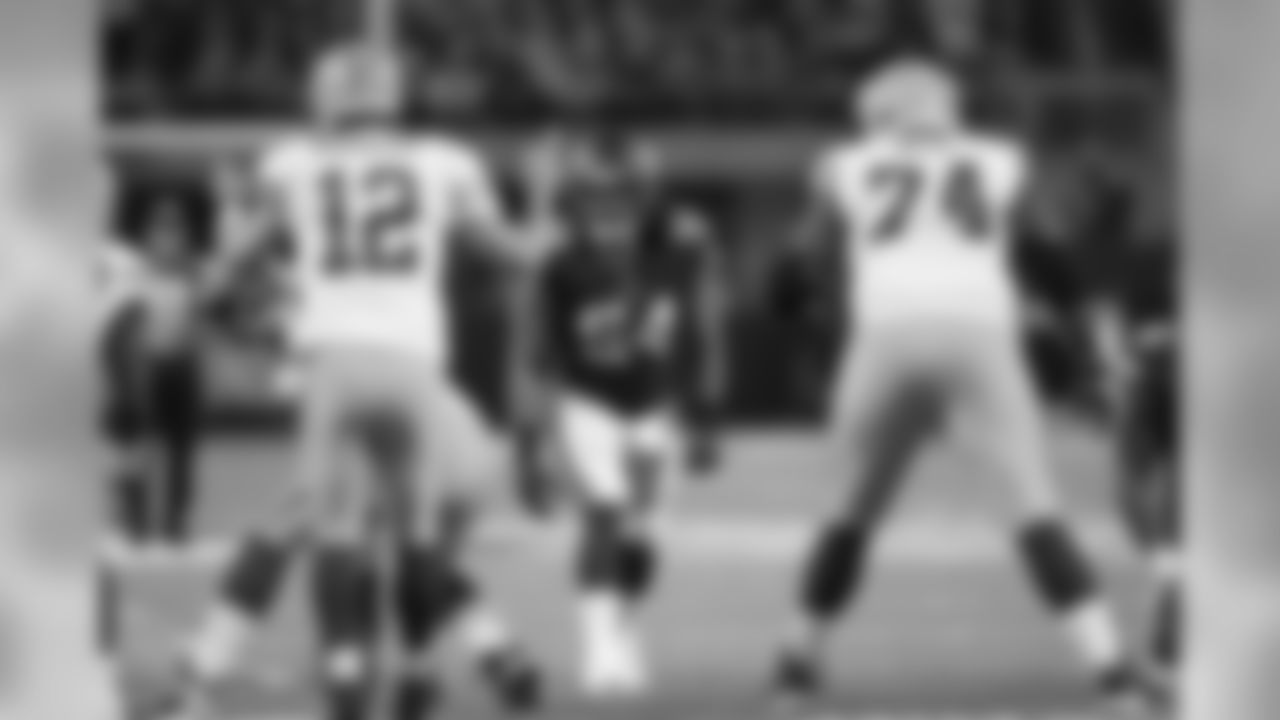
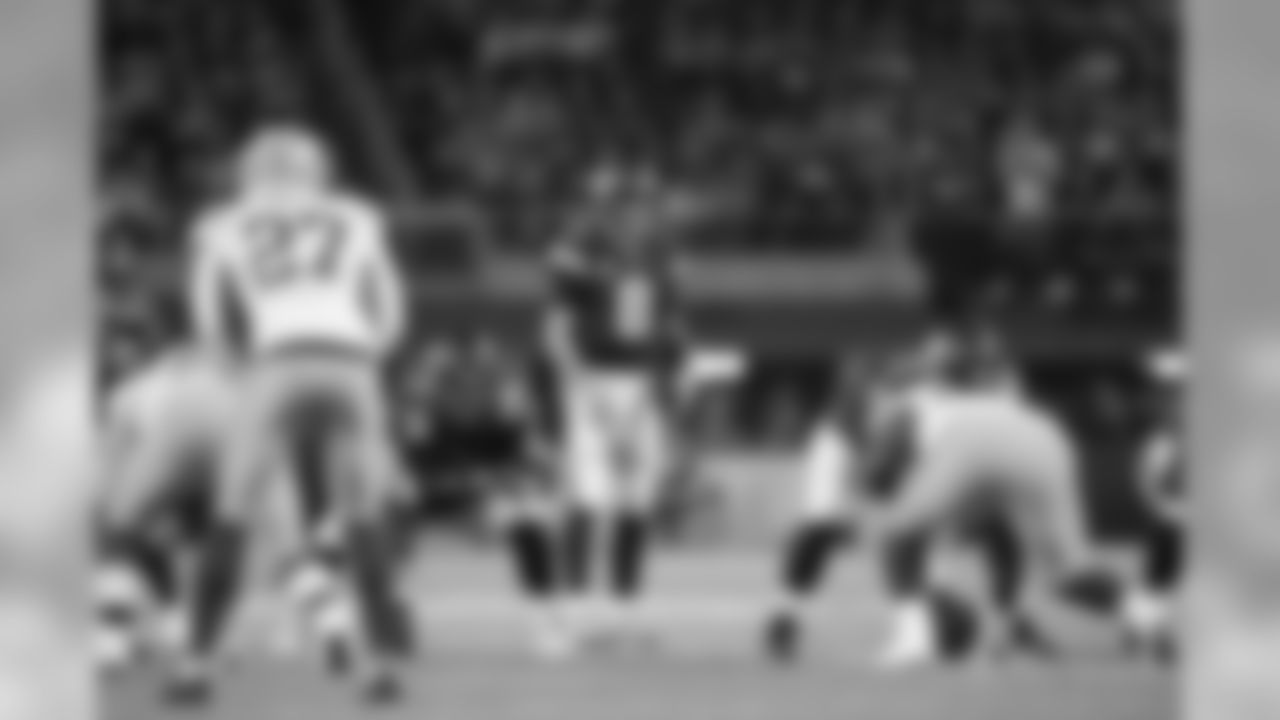

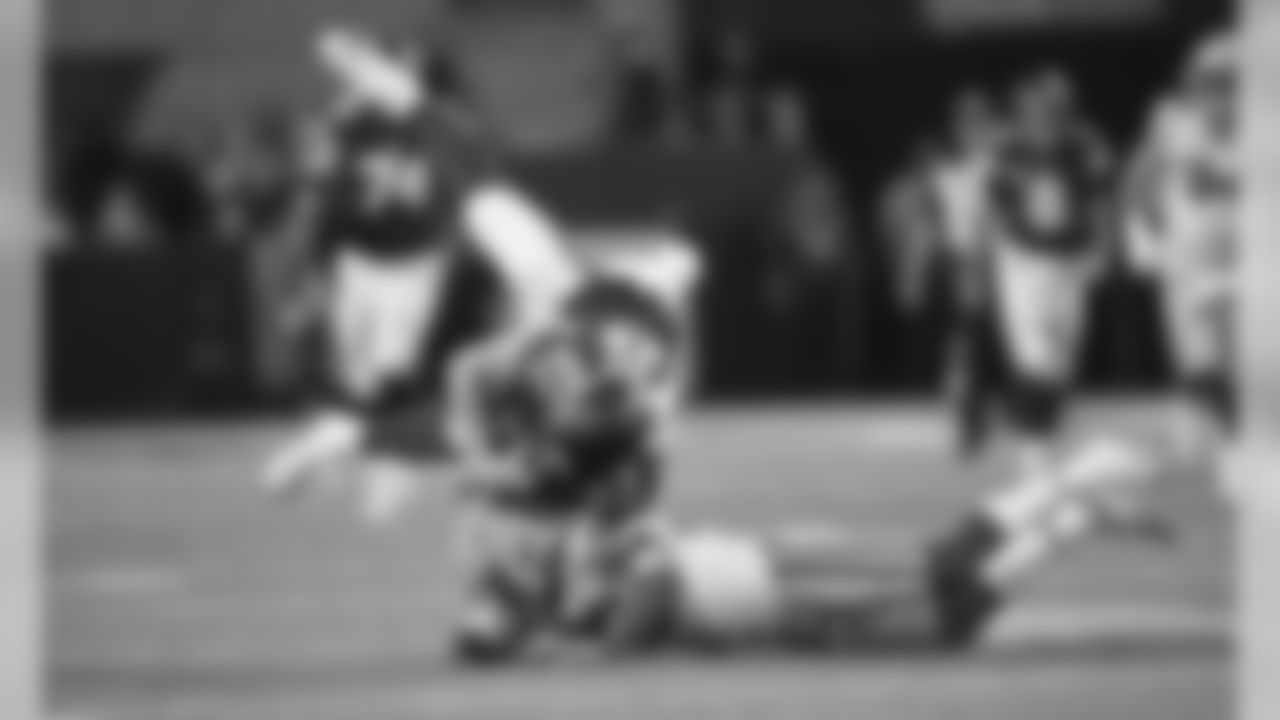

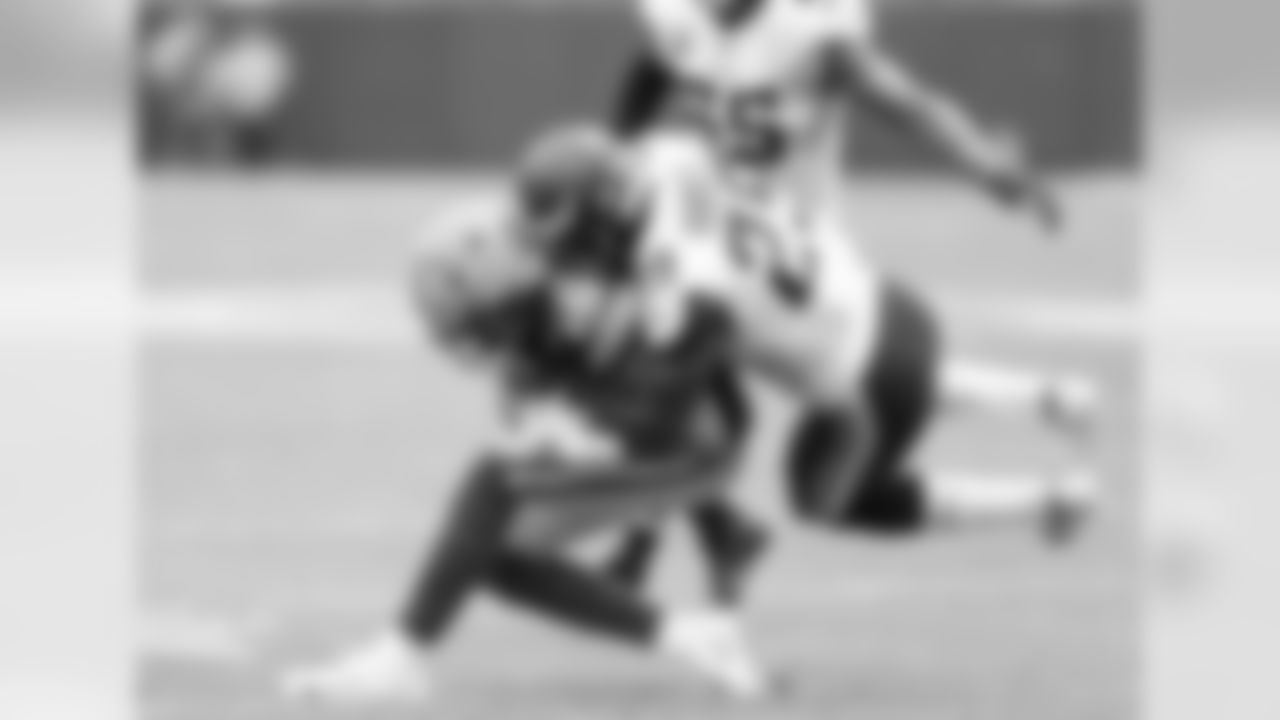
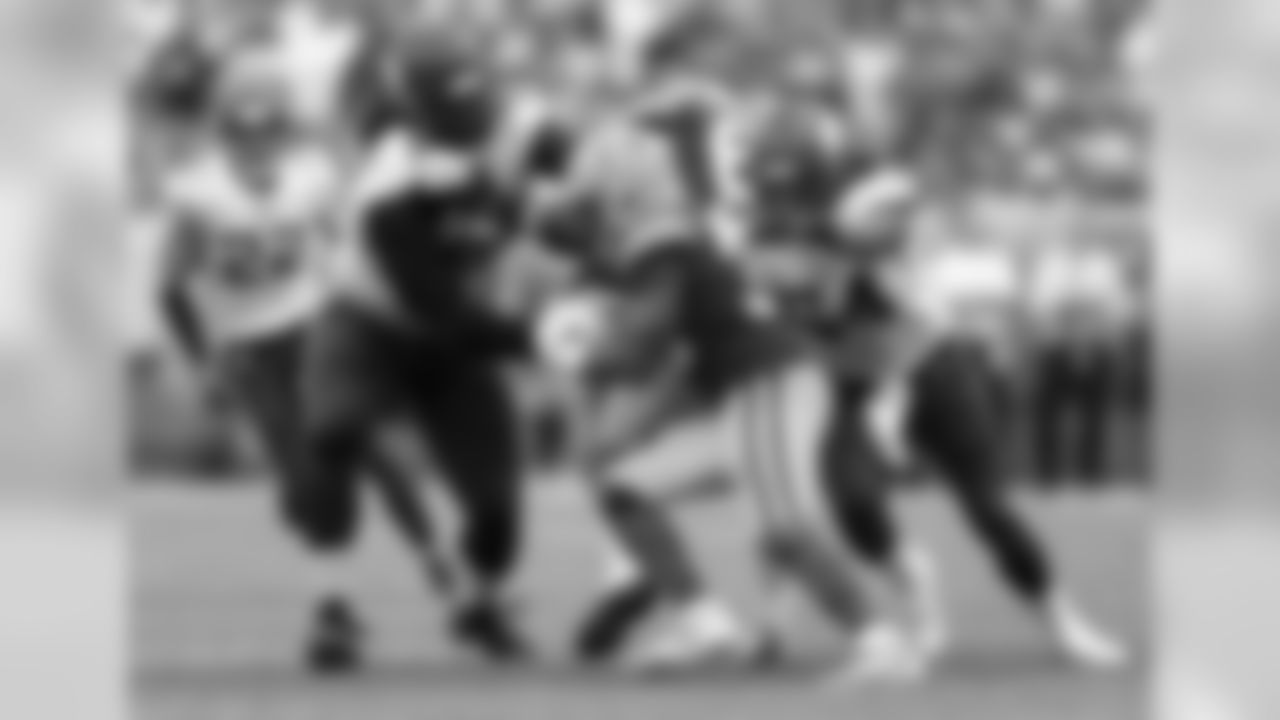




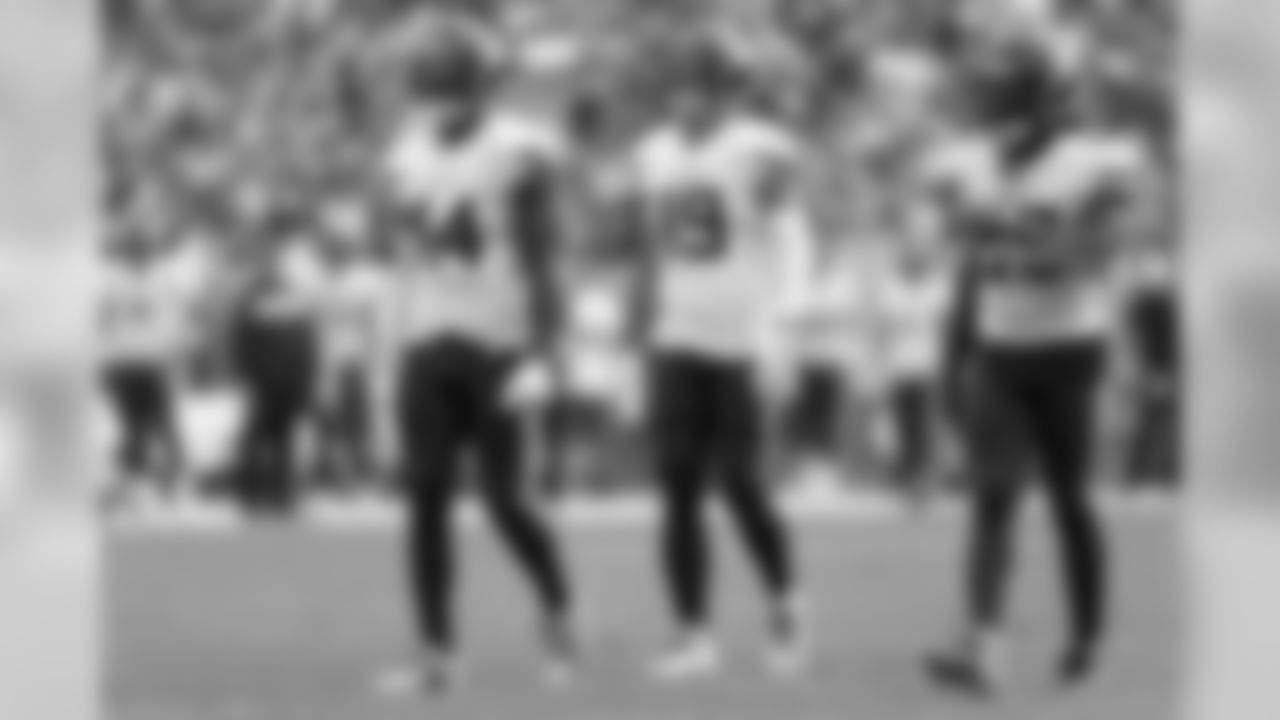
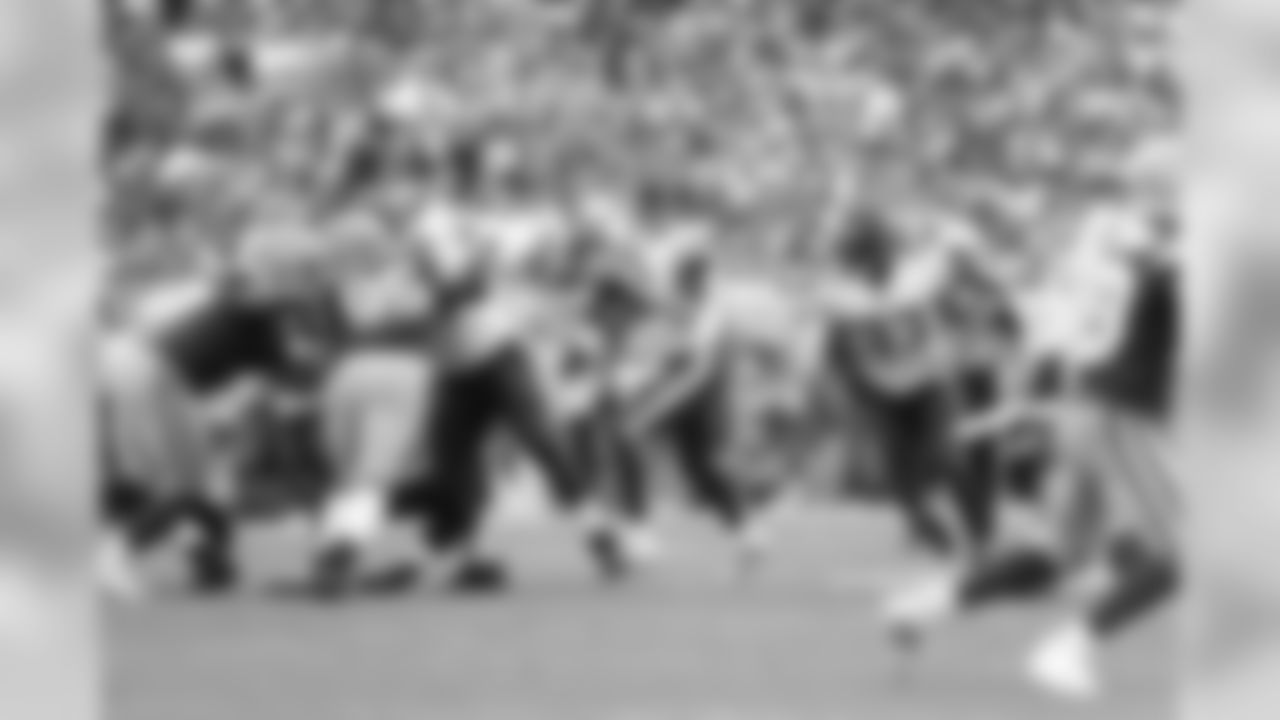

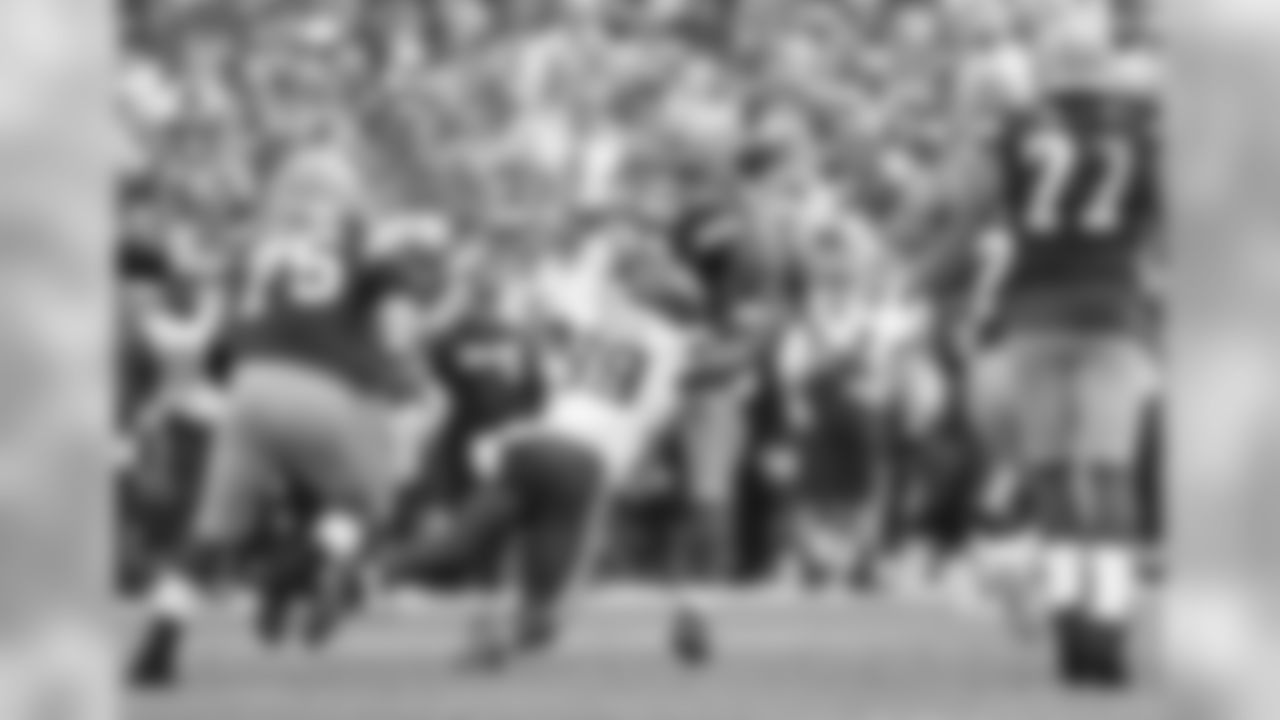







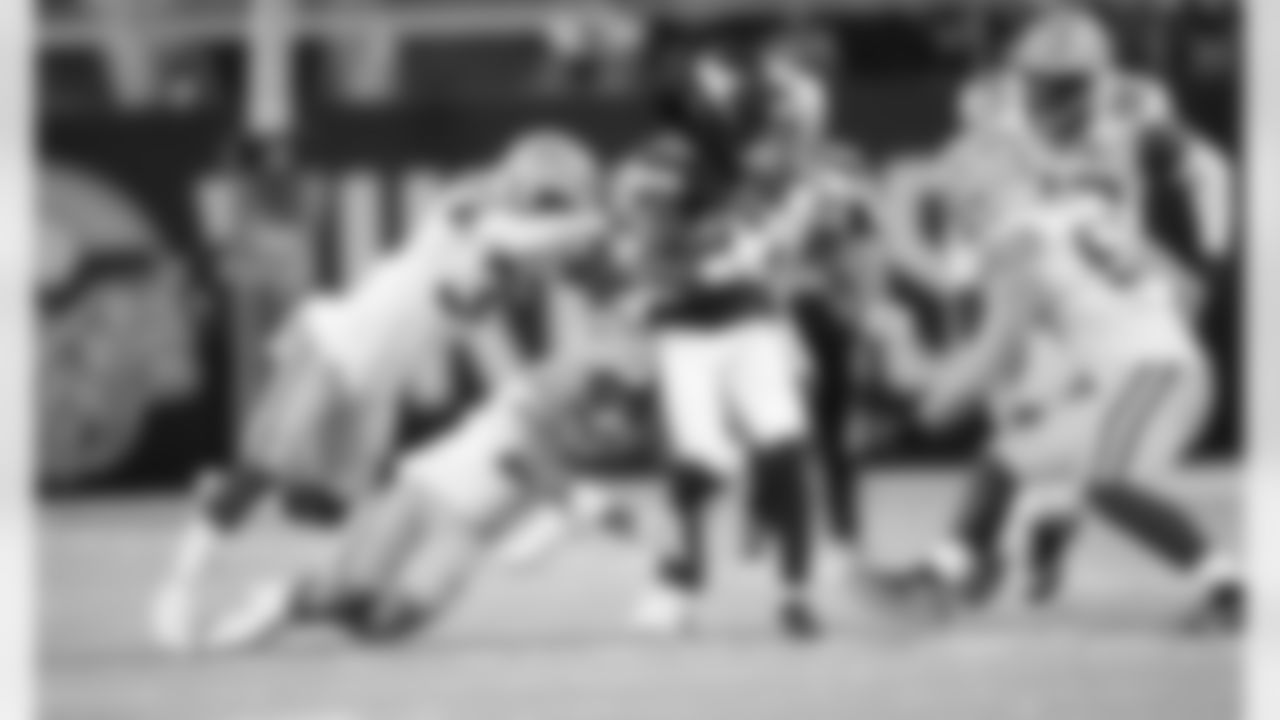


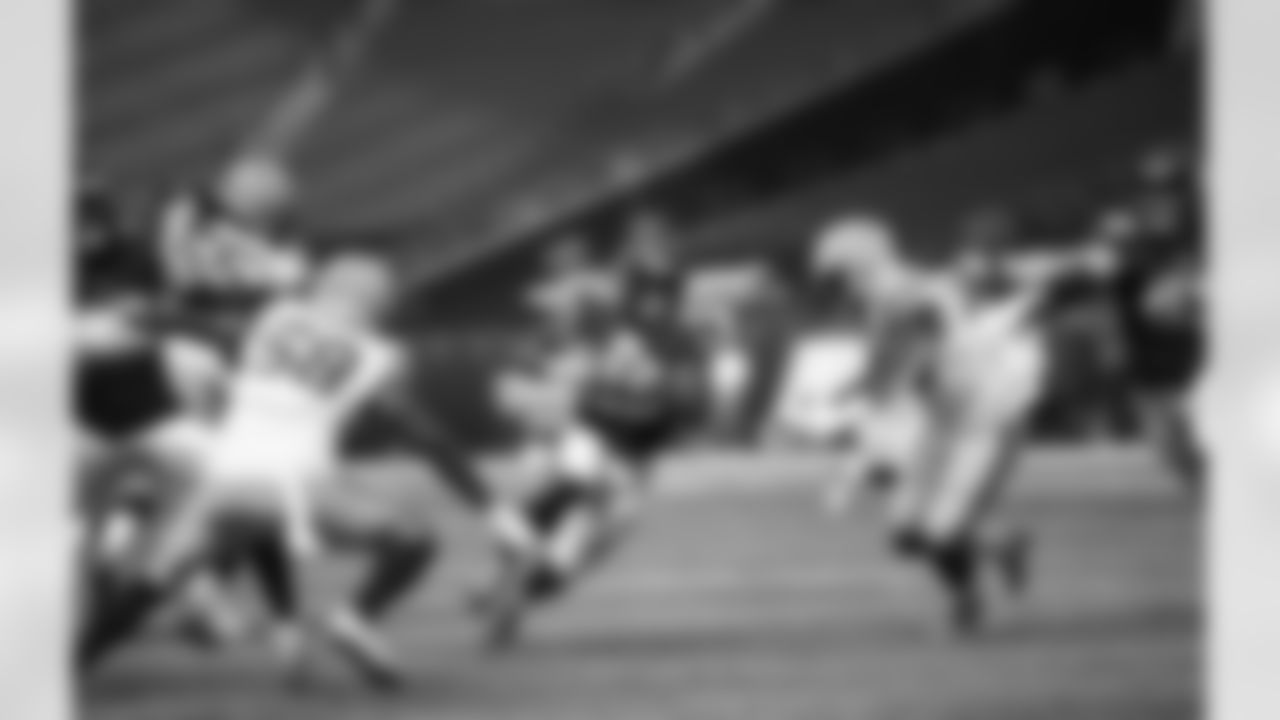



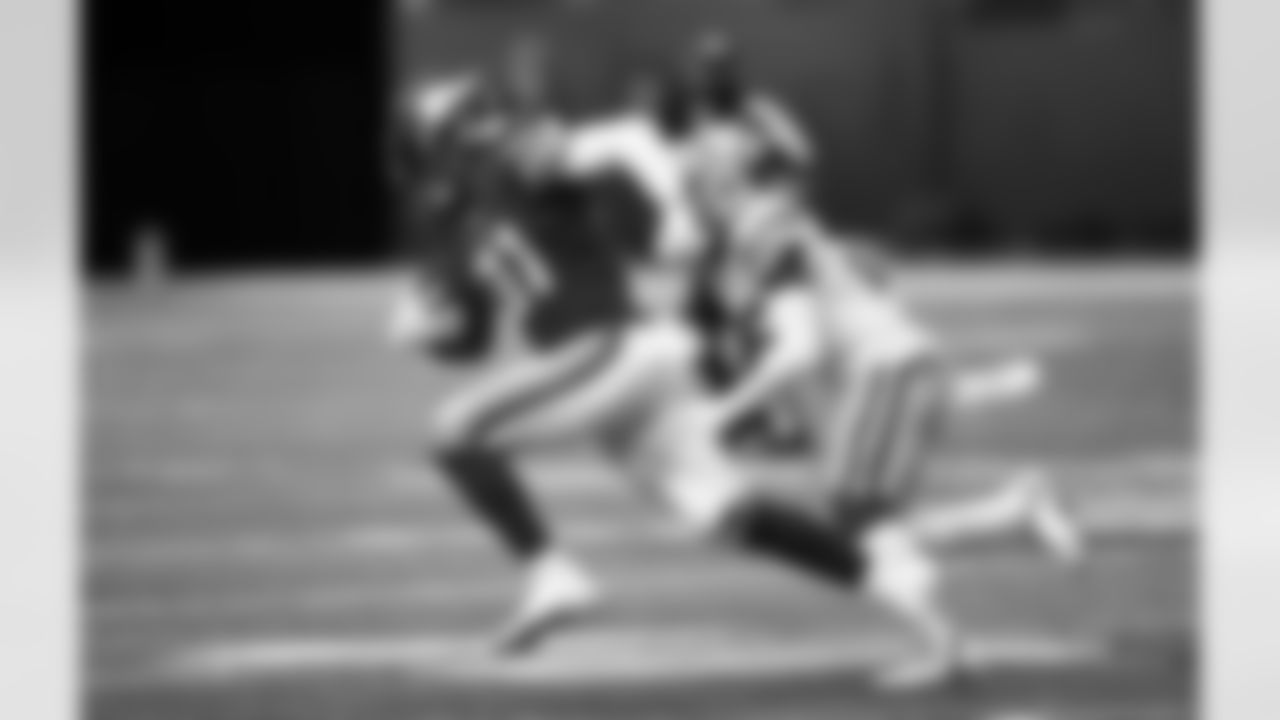
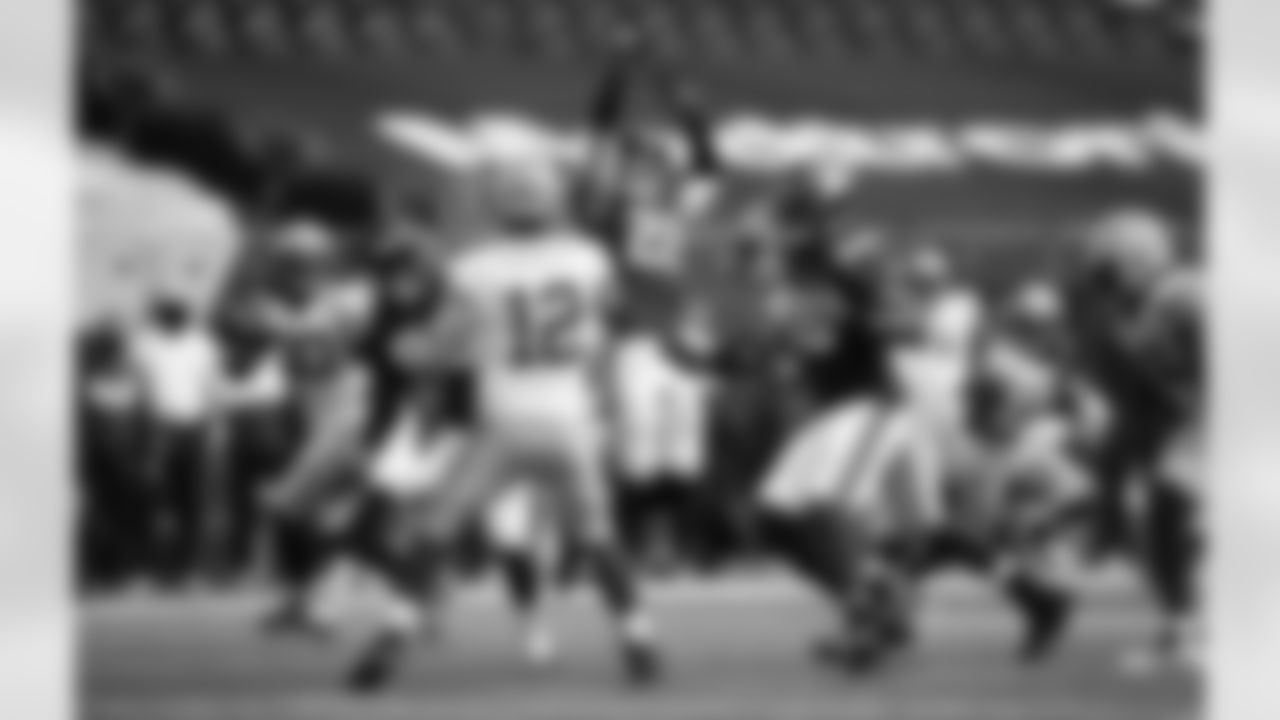

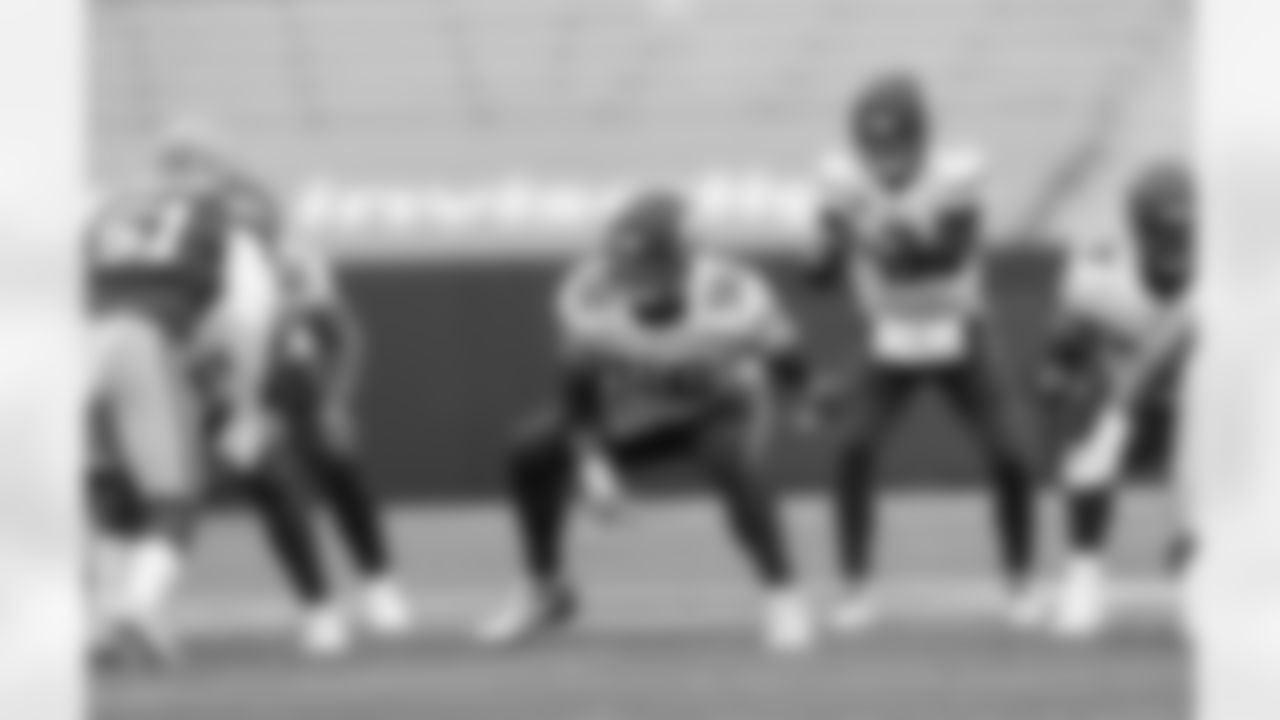
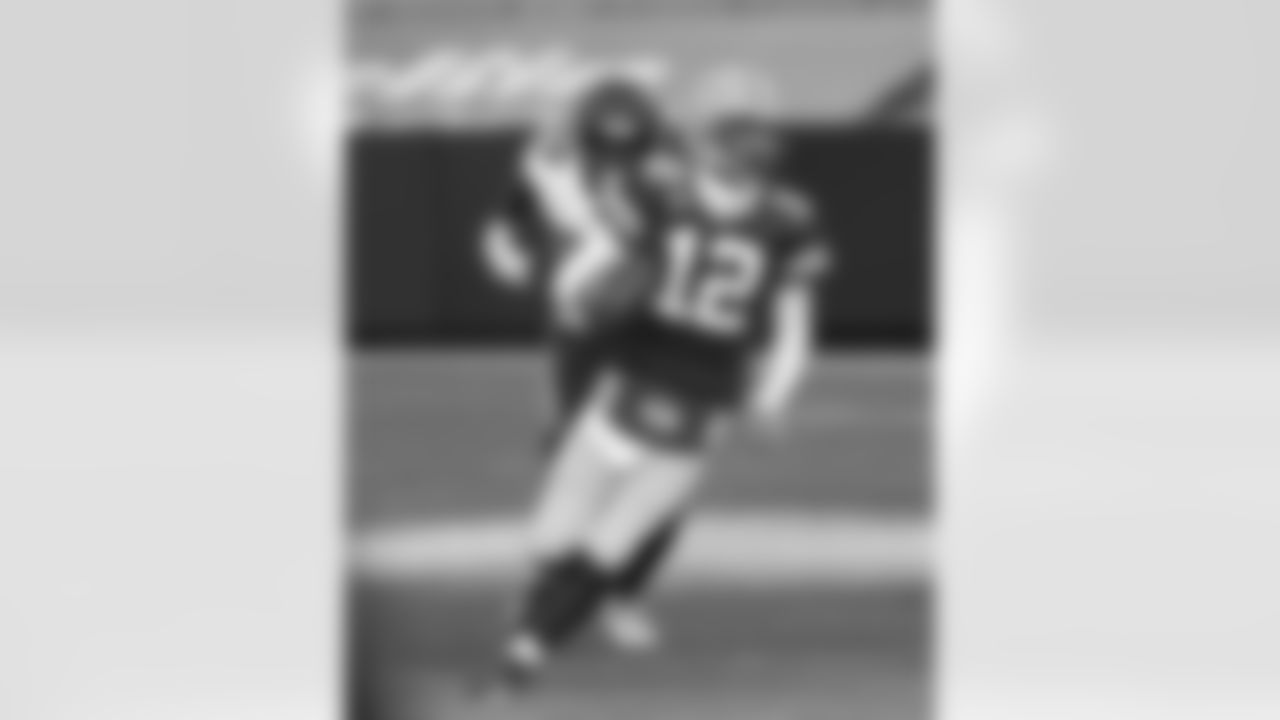

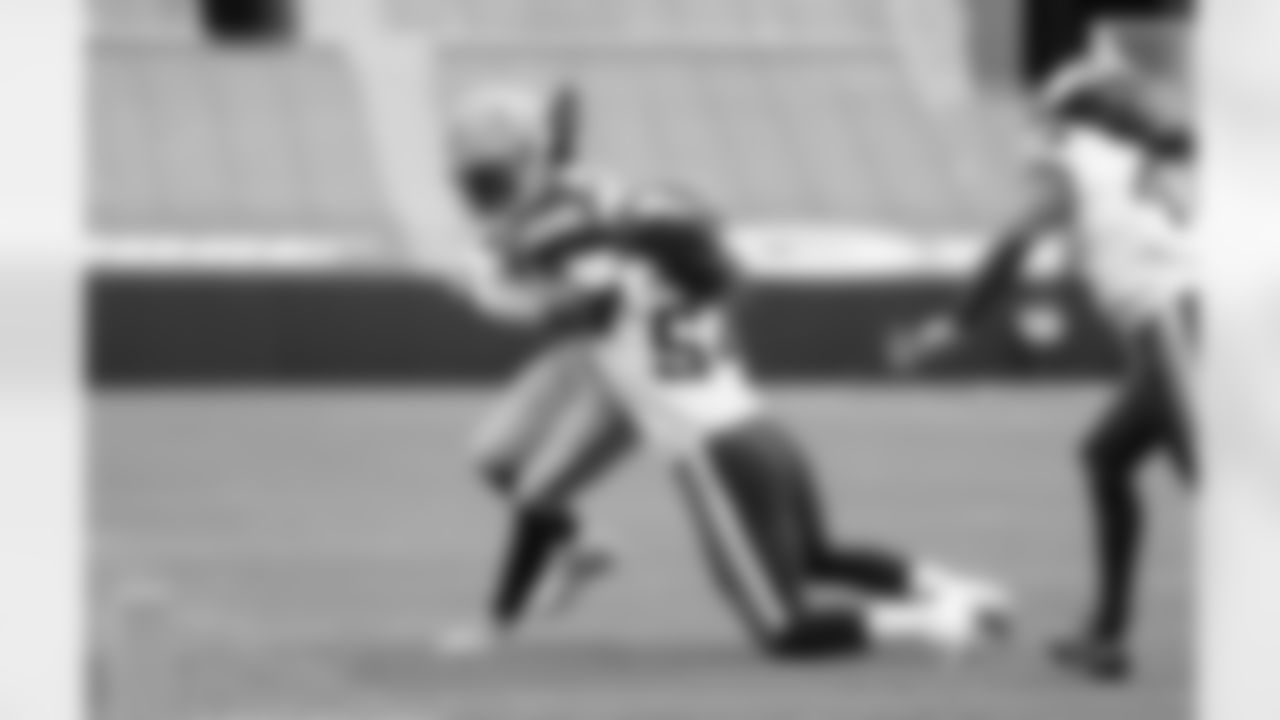
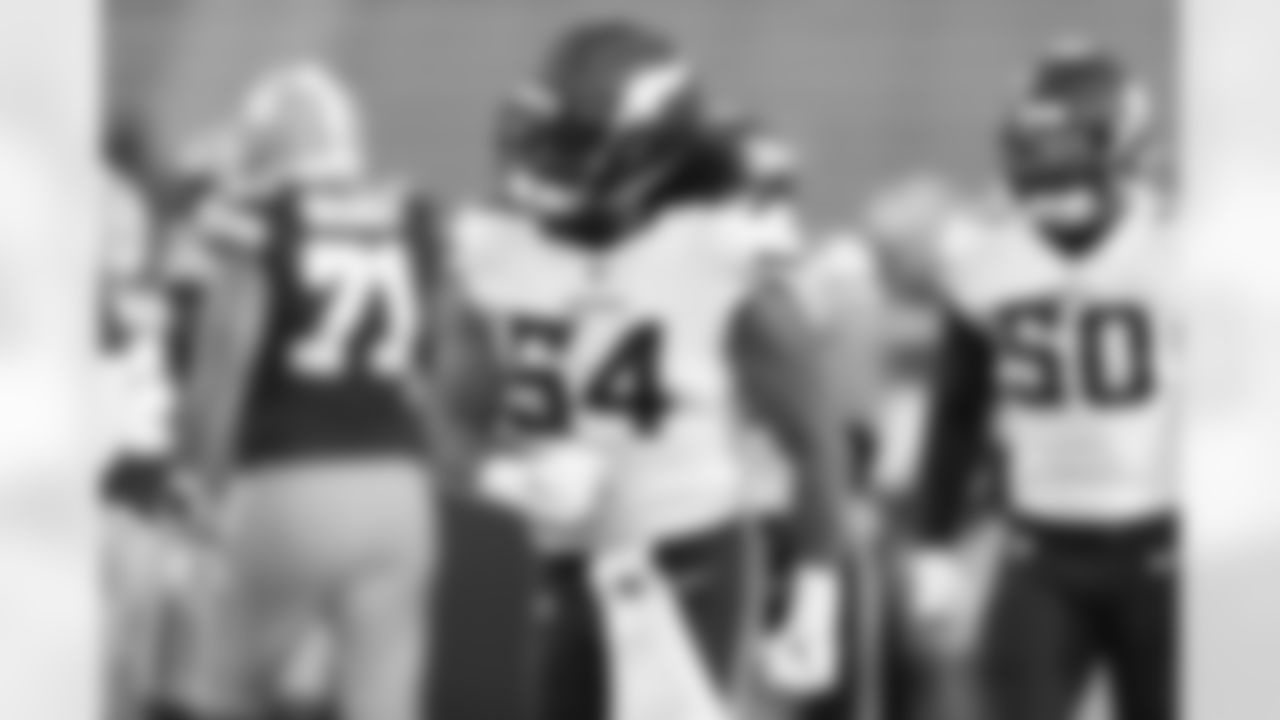

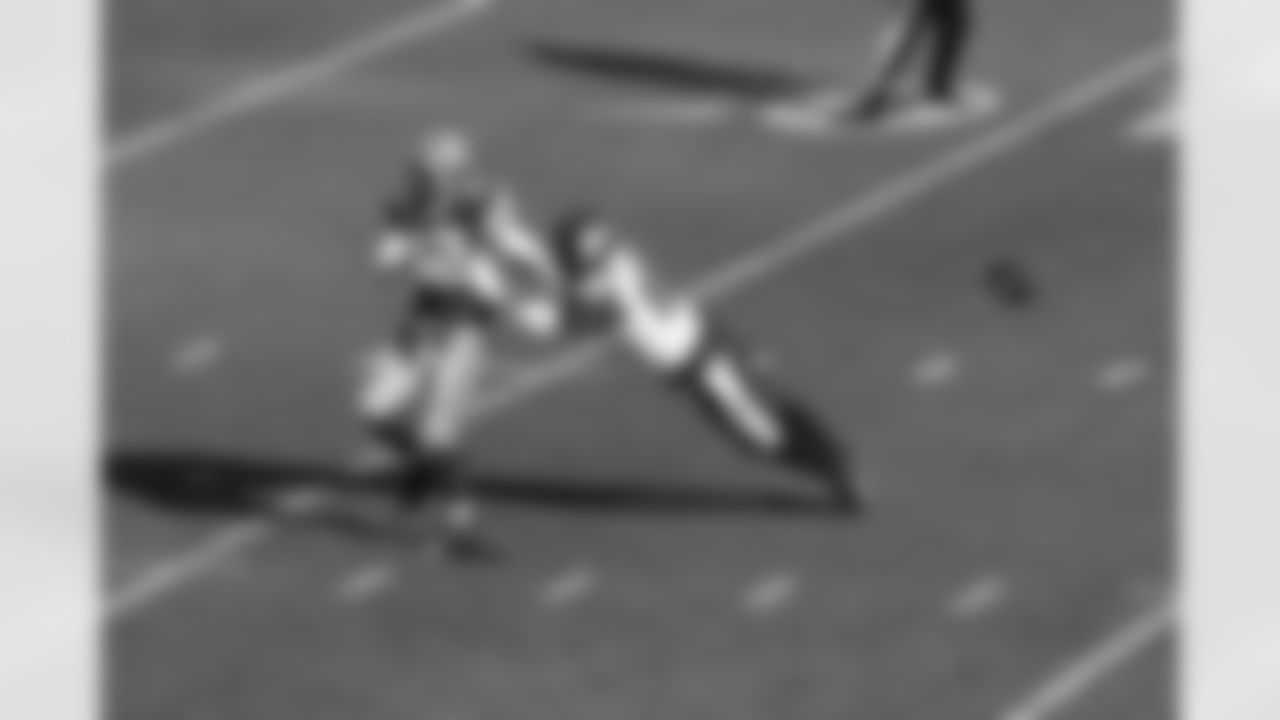


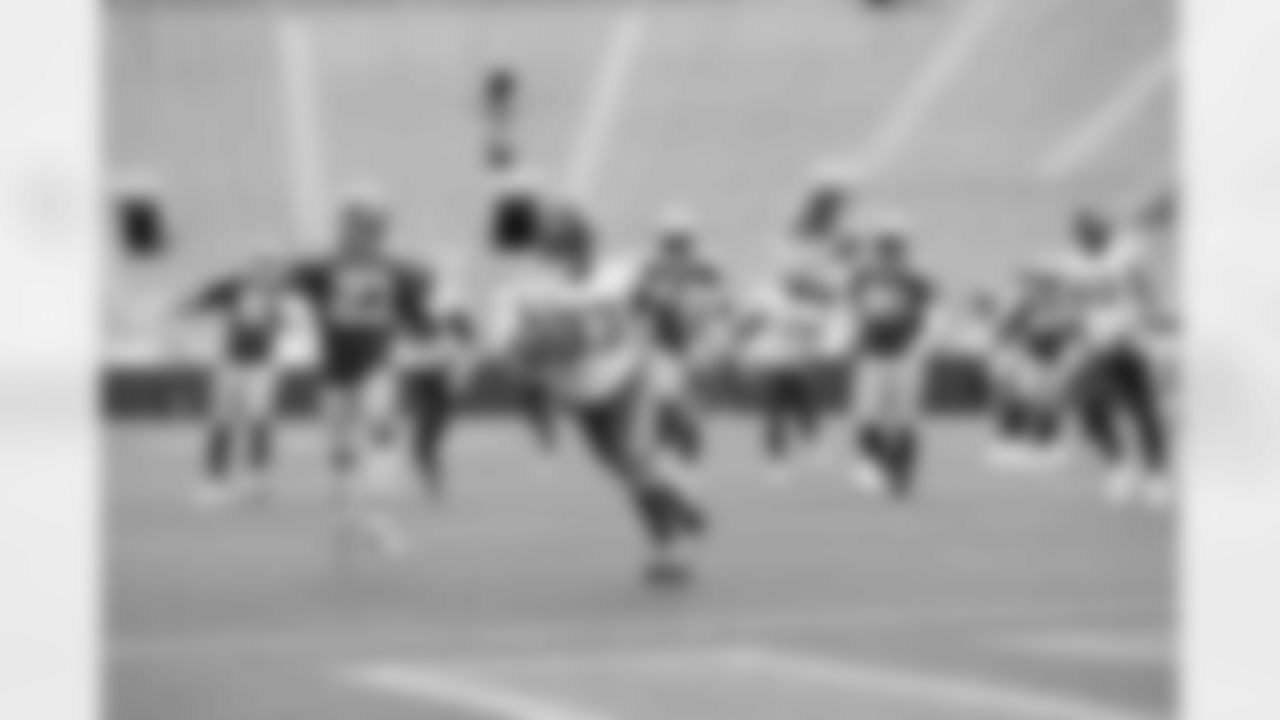

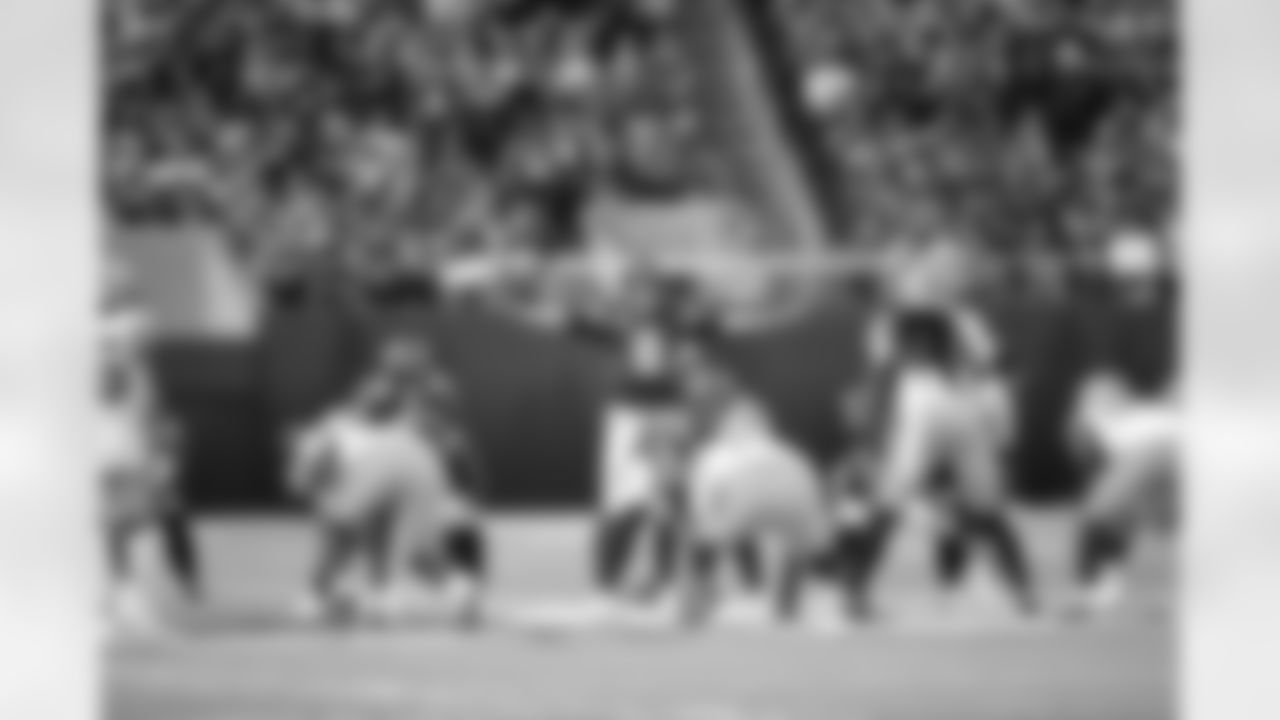
2021
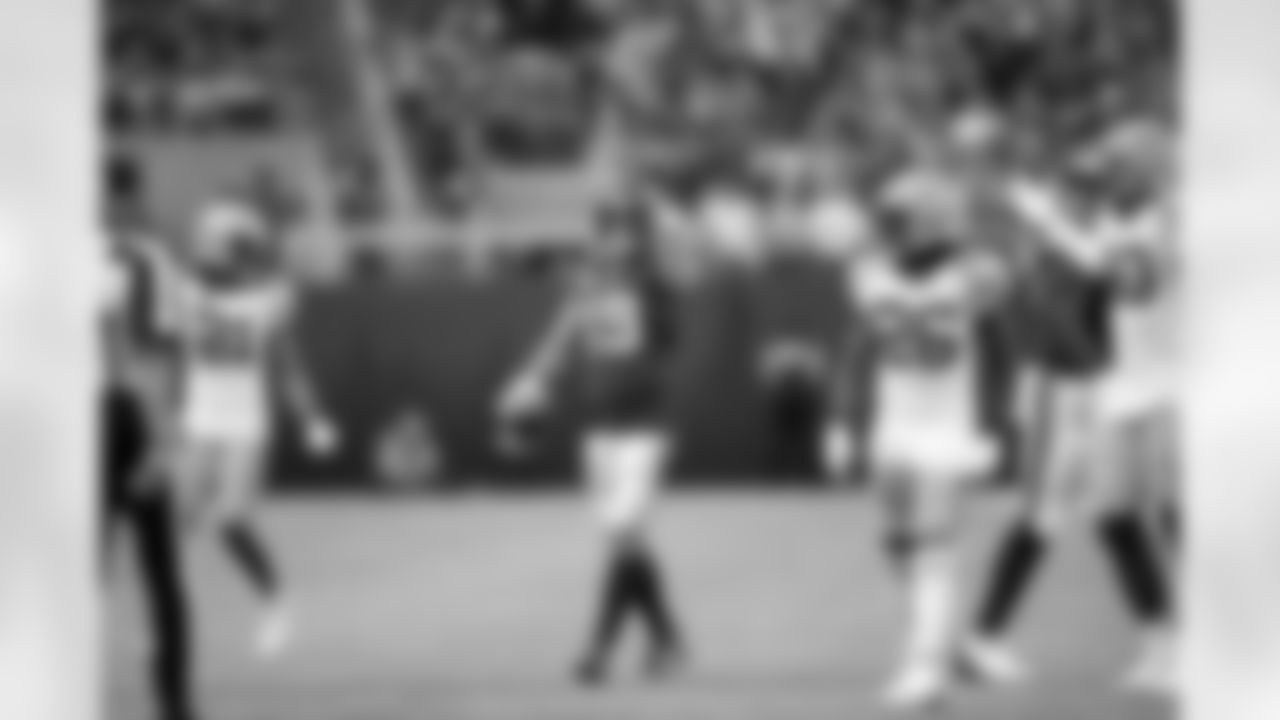
2021

2021

2021
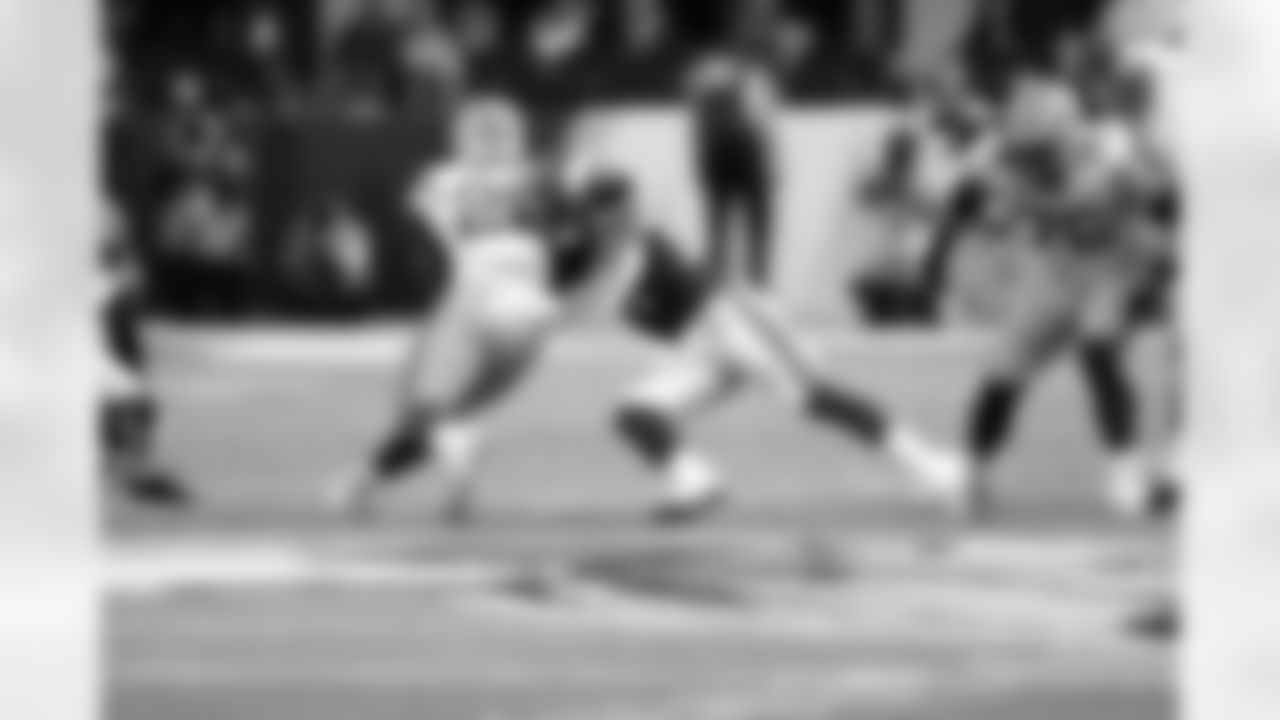
2021
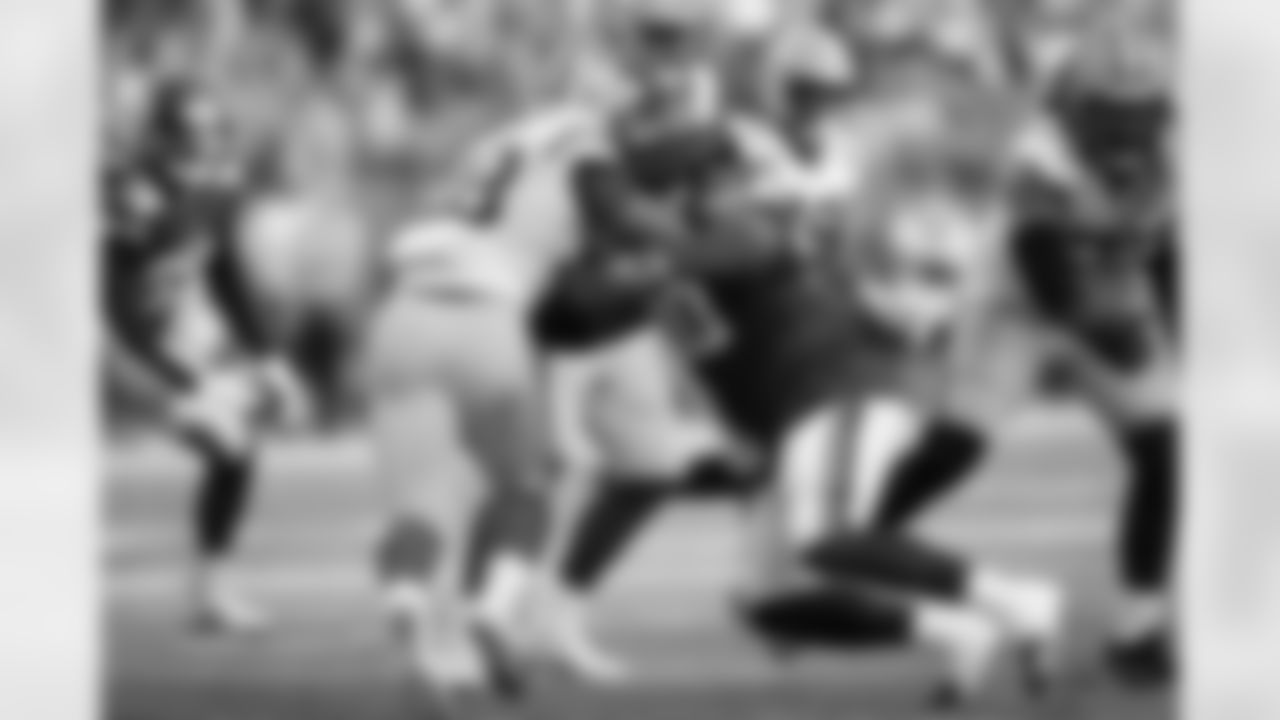
2021

2021
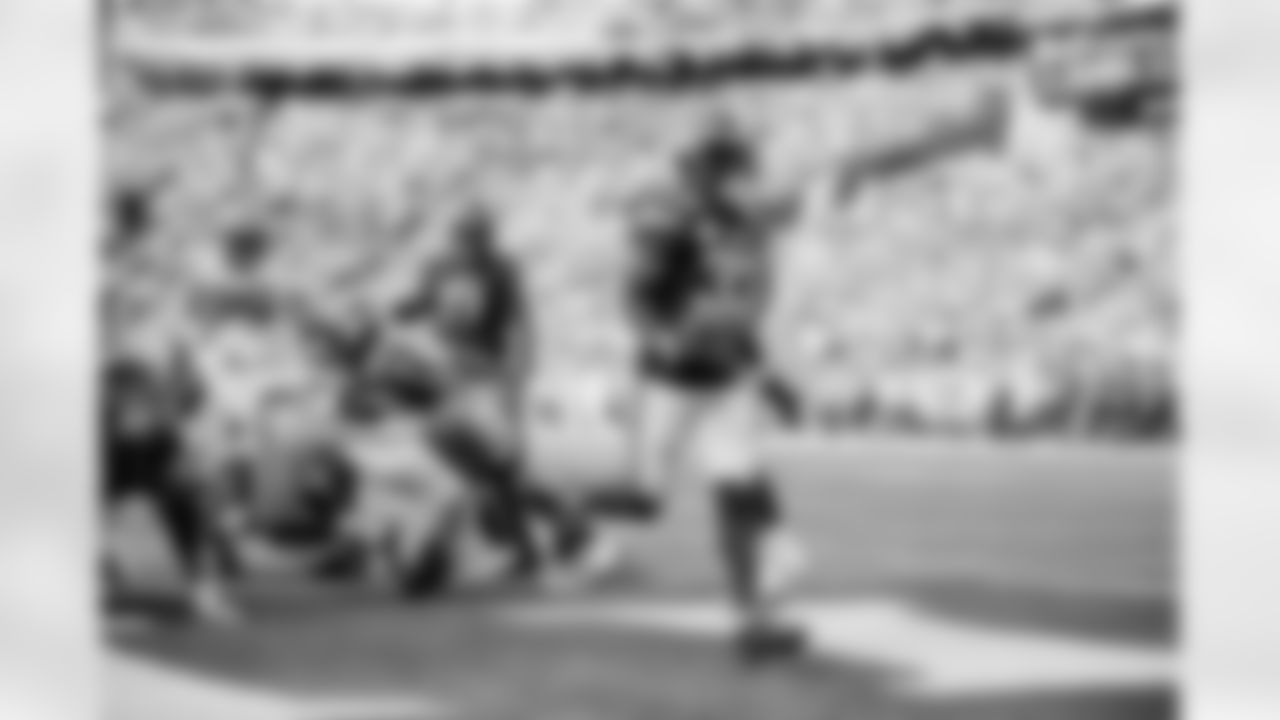
2021
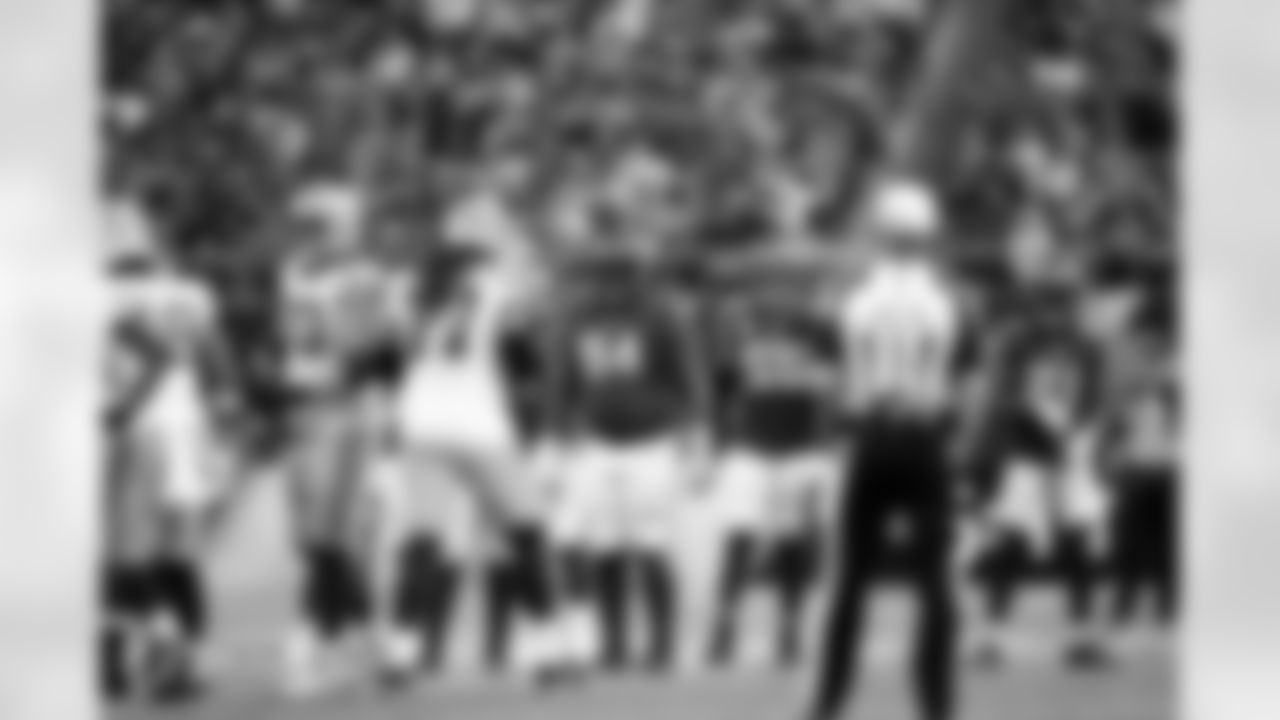
2021
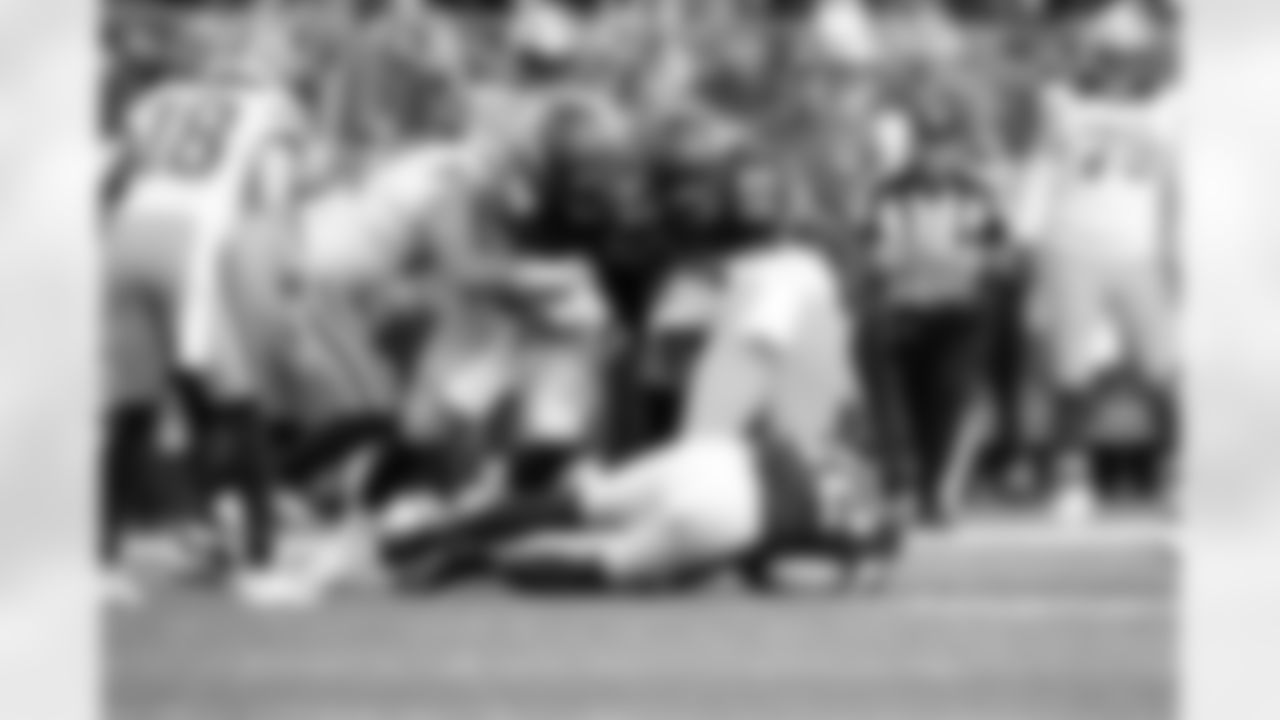
2021

2021
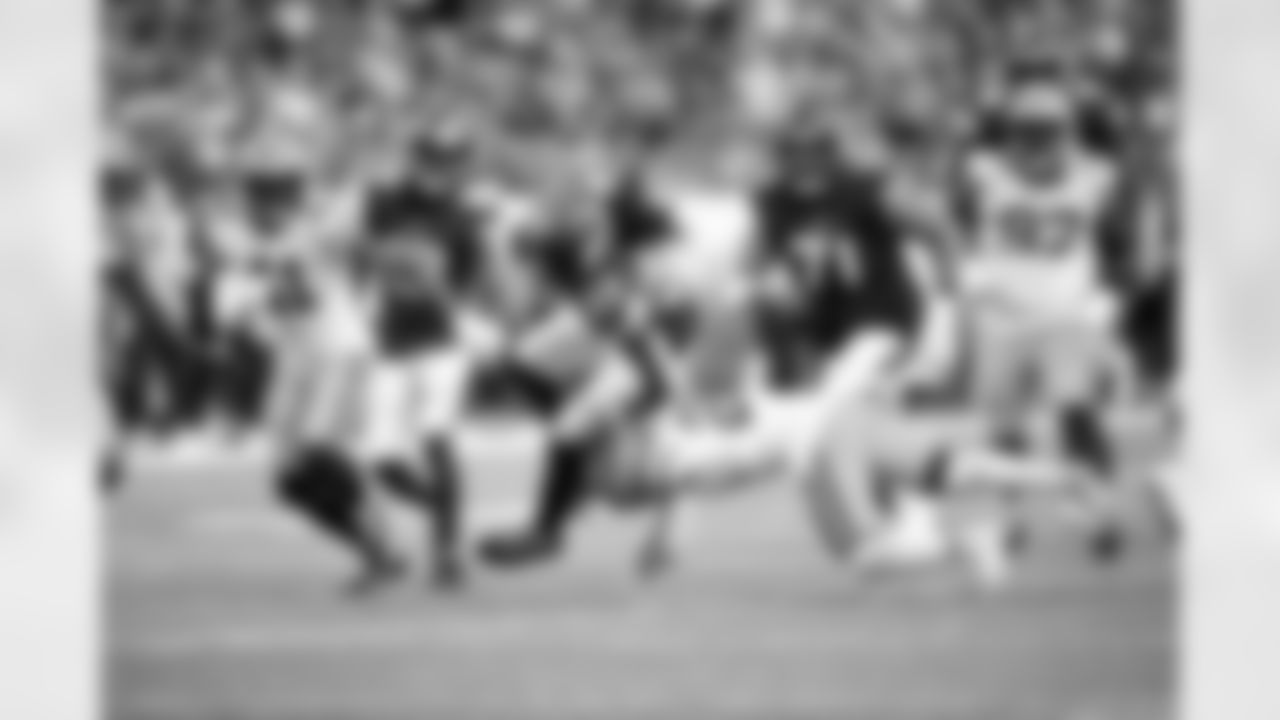
2021
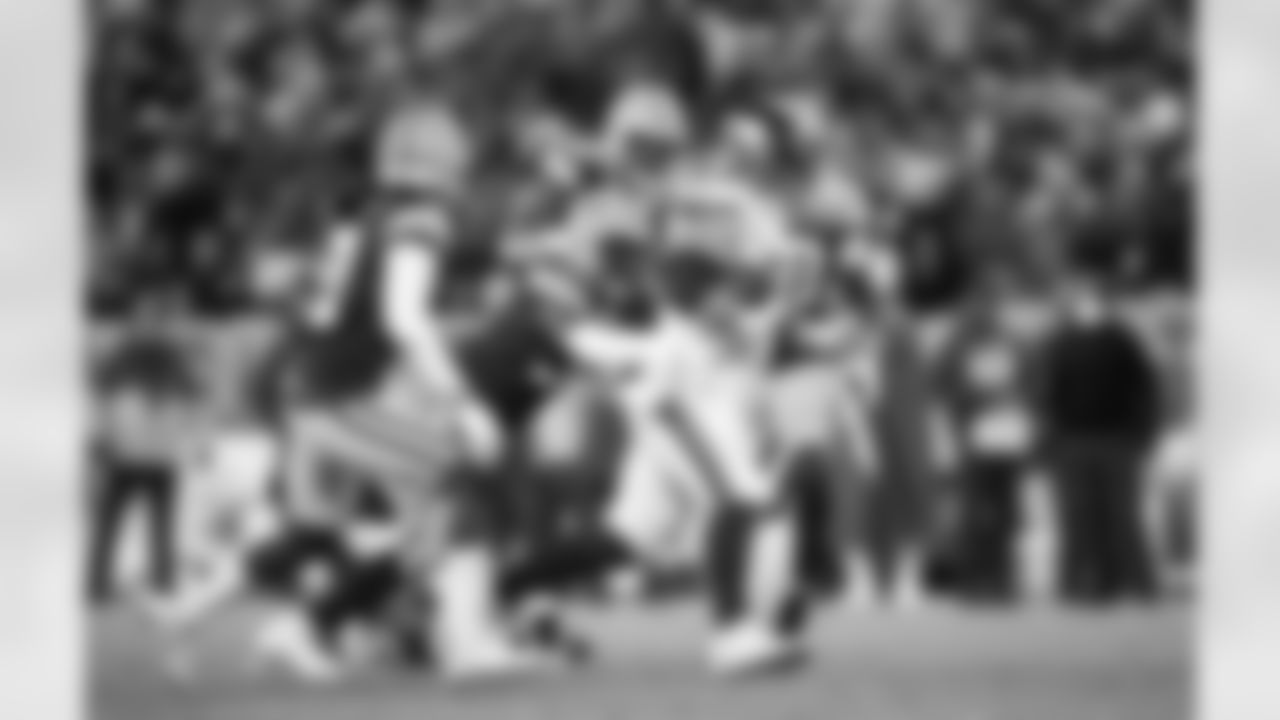
2022
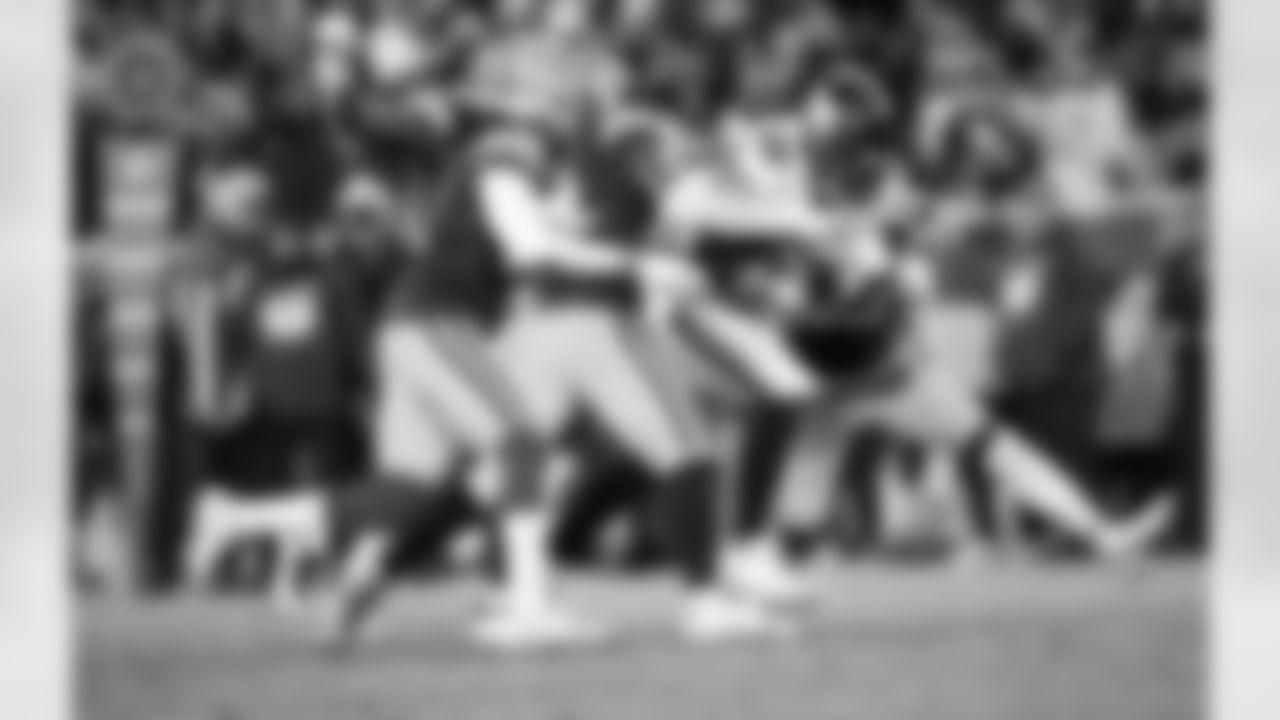
2022
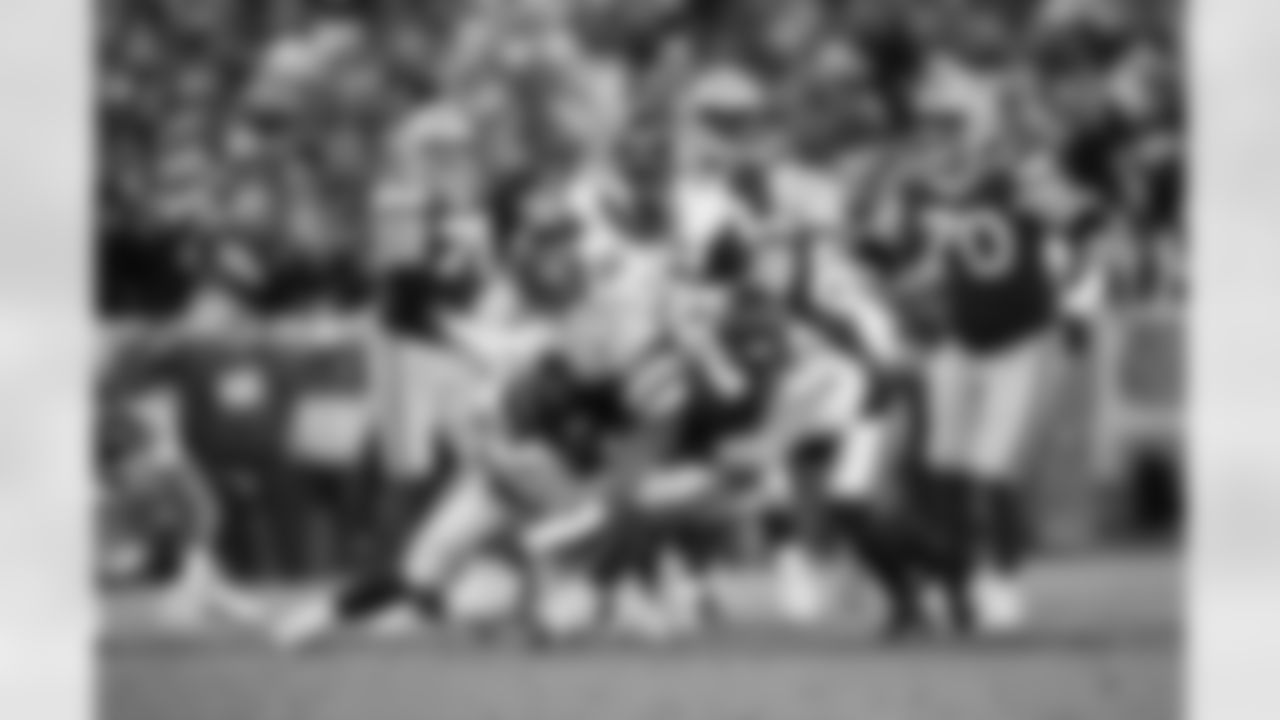
2022

2022

2022

2022

Sept. 11, 2022
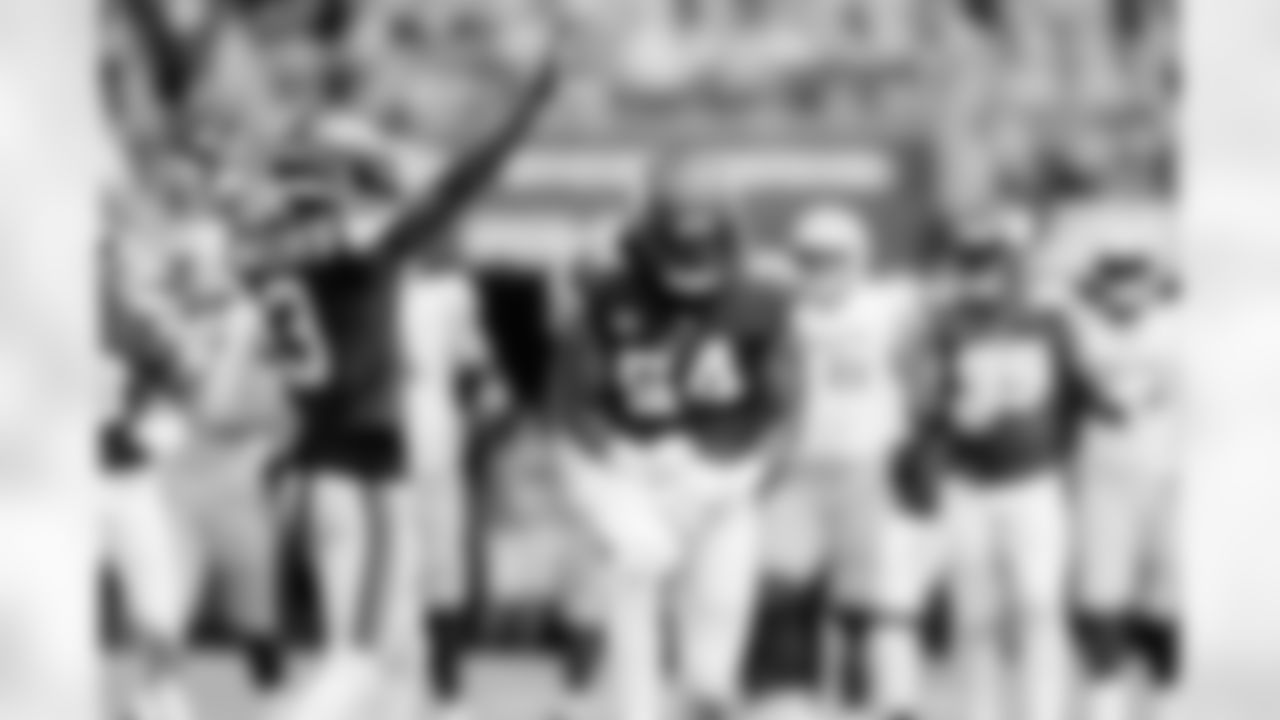
Sept. 11, 2022

Sept. 11, 2022

Sept. 11, 2022
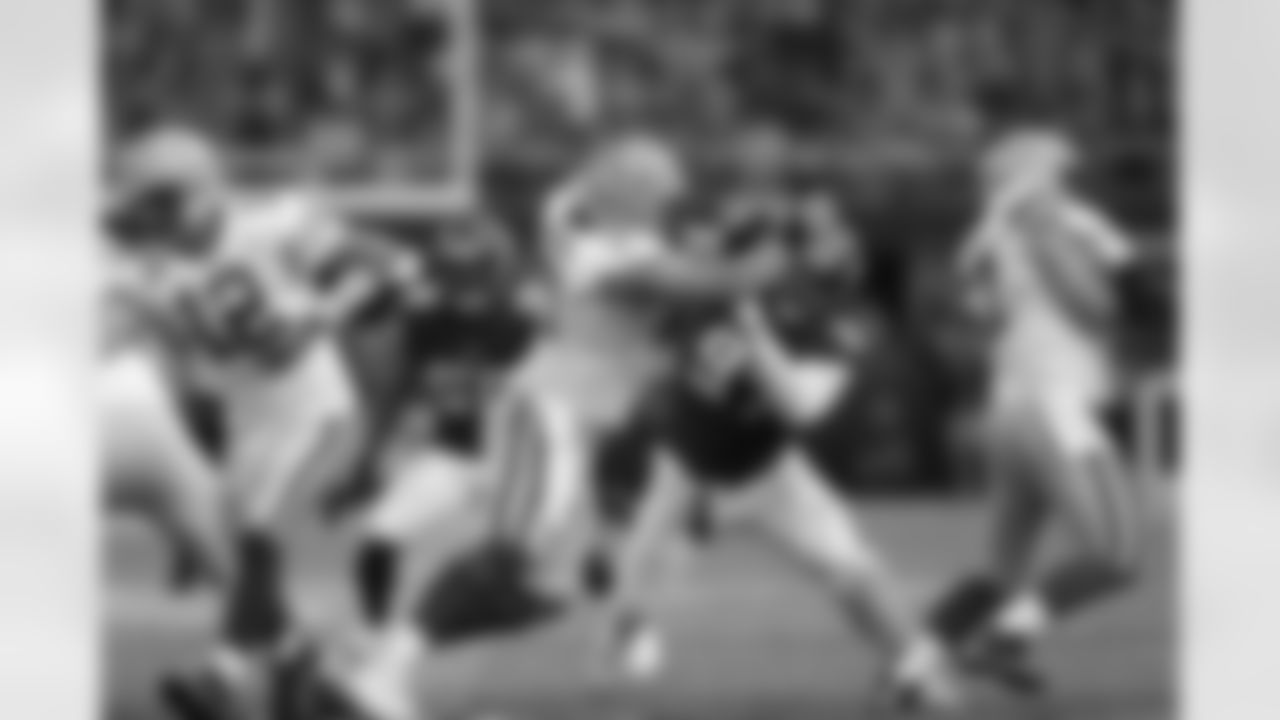
Sept. 11, 2022

Sept. 11, 2022

2023

2023
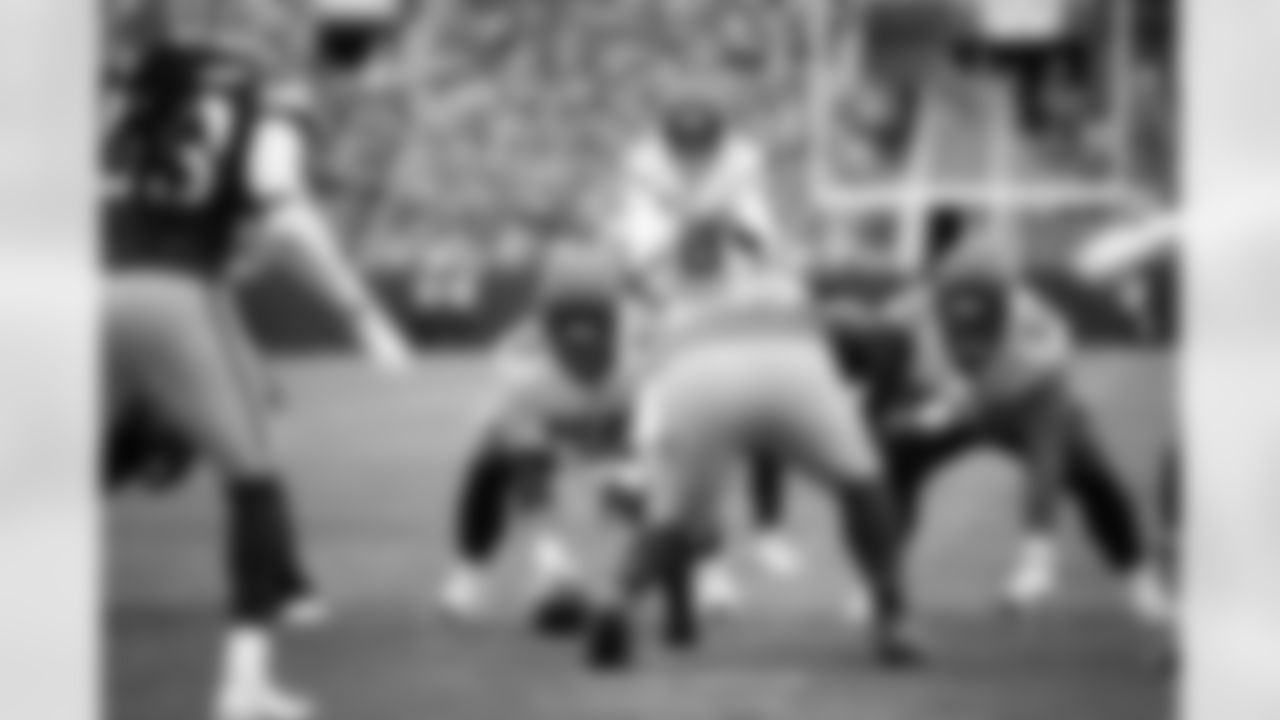
2023
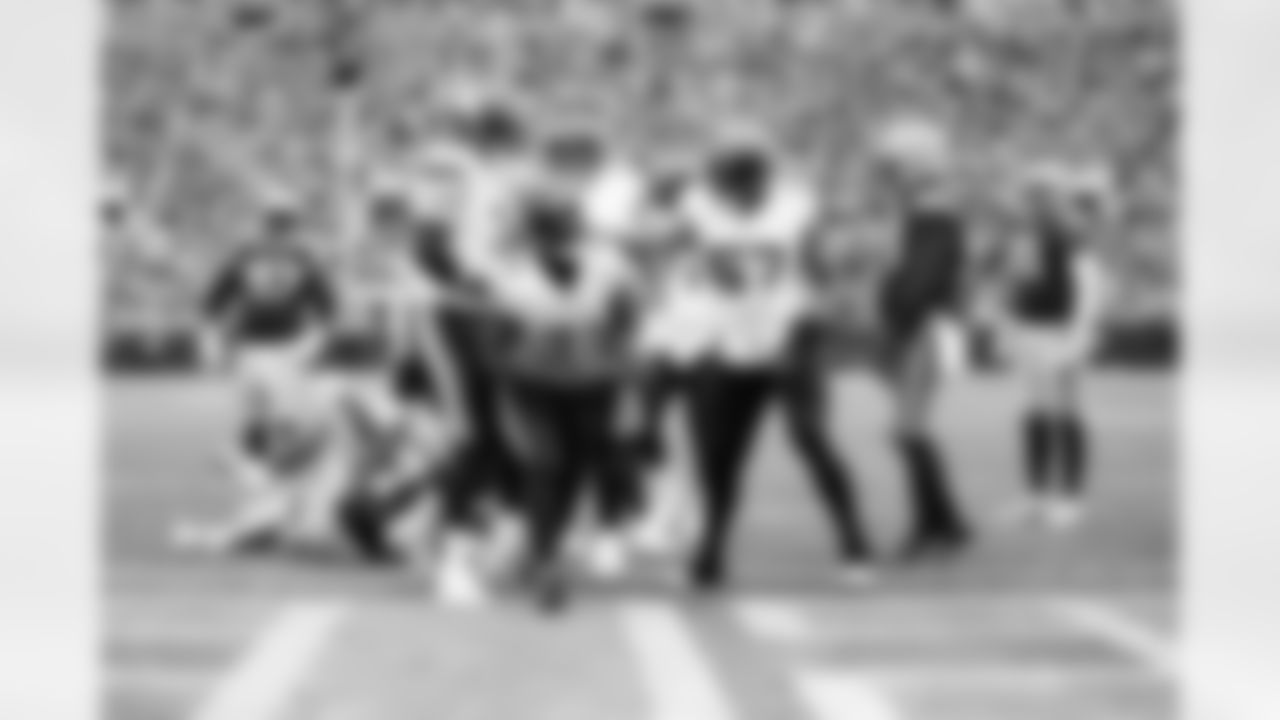
2023
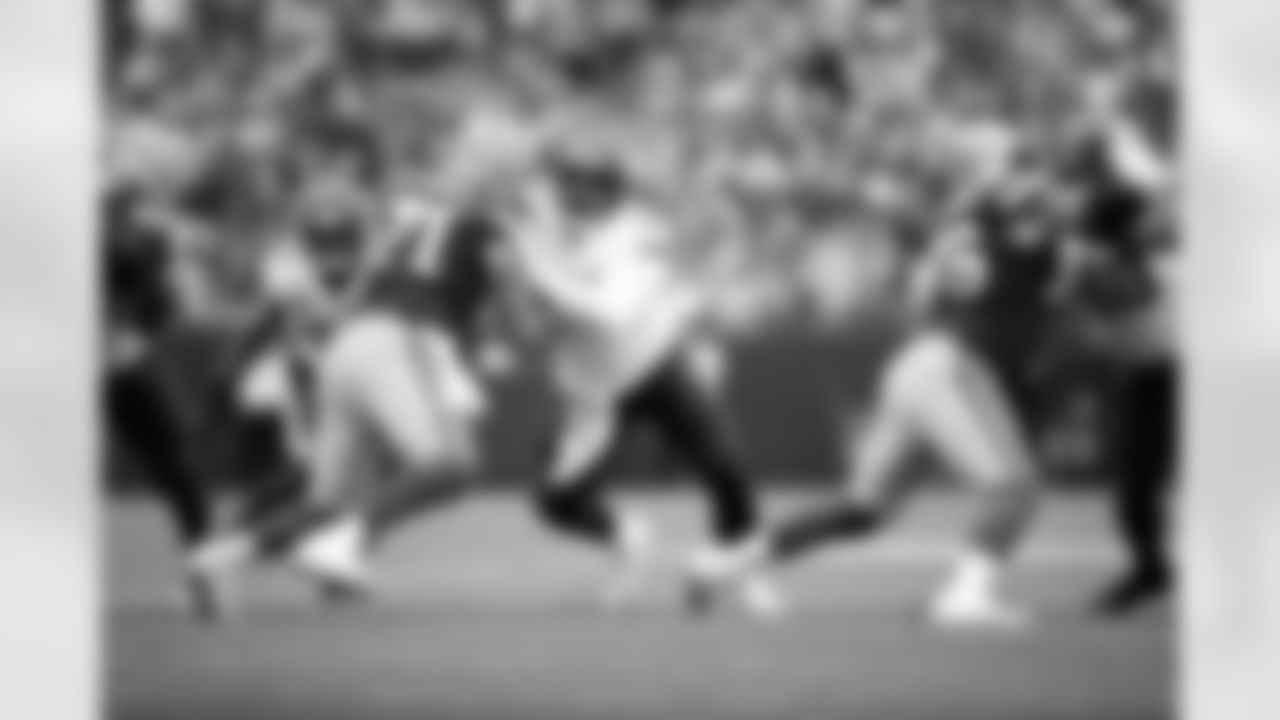
2023

2023
After the NFL and American Football League agreed to a merger on June 8, 1966, to go into effect for the 1970 season, the NFL began the process of assigning 26 total teams across the NFC East, Central, West and AFC East, Central and West. The AFC was formed by adding the Colts, Steelers and Browns from the NFL to the 10 AFL teams, and division alignment was quickly resolved for that conference.
NFC teams, however, underwent considerable lobbying and disagreements that spilled into mid-January 1970.

Joe Browne
According to Joe Browne, who worked in the NFL's PR department for 50 years, all teams desired divisions with large stadiums (for bigger gate receipts), at least one foe based in a warm-weather city and pushovers. Unable to please everyone, NFL Commissioner Pete Rozelle requested a chalkboard with five plans wheeled into the room (shown in the chart below).
| 1970 REALIGNMENT | NFC EAST | NFC CENTRAL | NFC WEST |
|---|---|---|---|
| PLAN 1 | NYG, WAS, PHI, MIN, ATL | CHI, GB, DET, NO | LAR, SF, DAL, STL |
| PLAN 2 | NYG, WAS, PHI, MIN | DAL, NO, ATL, STL | LAR, SF, CHI, GB, DET |
| PLAN 3 | NYG, WAS, PHI, DAL, STL | CHI, GB, DET, MIN | LAR, SF, ATL, NO |
| PLAN 4 | NYG, WAS, PHI, STL, MIN | CHI, GB, DET, ATL | LAR, SF, DAL, NO |
| PLAN 5 | NYG, WAS, PHI, DET, MIN | CHI, GB, DAL, STL | LAR, SF, ATL, NO |
Five numbered pieces of paper were placed in an empty vase. Four of the five plans assigned the Vikings to the NFC East, but Rozelle's secretary, Thelma Elkjer, drew scenario No. 3, placing Minnesota in the NFC Central.
Browne, who wrote about the experience as a guest columnist for Peter King’s Football Morning in America, recalled to Vikings.com the atmosphere inside the meeting room at the NFL headquarters that day.
"If you try to picture the scene in the small conference room, you should think more along the lines of the way C-SPAN covers Congress than a Jennifer Lopez-Super Bowl halftime production," Browne said. "It was dramatic, but there were no bells and whistles attached."
Browne said the piece of paper pulled by Elkjer and the vase have "fallen away into the great football unknown … kind of like Sid Hartman's typewriter from the first Vikings game he covered back in '61."

Joe Browne
He described Elkjer as an "independent, honest person who was very loyal to the league, and especially Pete Rozelle."
"She was born in Nebraska but moved later to Southern California. She gave up her life in Los Angeles to move east to New York when Rozelle was named commissioner," Browne said. "He was only 33 at the time, so she took a chance that things would work out for both of them in the new position. Fortunately, it did."
After assignment, Jim Finks, the Vikings General Manager from 1964-73, was quoted in the Minneapolis Tribune on Jan. 17, 1970: "We've always taken the position we wanted to stay with the same teams. Well, that's where we are, and we're happy. … Our only qualms are over the fact that we did not get a warm-weather city in with us. But the plusses outweigh the minuses."
The randomized selection of fate stemmed from an unyielding gridlock after teams "submitted more than 100 different combinations" of realignment proposals.
"If anything, clubs could be accused of 'over-thinking' the issues involved," Browne said. "Eventually, the combinations were reduced to nine 'semi-finalists' and five final combinations."

Pete Rozelle
When asked why Plan 3 wasn't automatically adopted because it would involve the fewest departures from the divisions used from 1967-70, Browne said the mindset of owners was that the 1970 realignment "would be in place for a long time."
"They had been told after the merger [agreement in 1966] that the divisions which were set for the late '60s would only be temporary and that they would have their chance to get nearly all they wanted before the 1970 season started," Browne said. "Heck, even in the nine 'semi-final' realignment plans, the Packers and Bears were not together in all nine proposals. Pete Rozelle was trying to please all the clubs and realized late in the process that was going to be impossible. Thus, he finally moved on to the 'Flower Vase Method.' "
Vikings Division Assignments
1961-66 NFL Western Conference: Baltimore Colts, Chicago, Detroit, Green Bay, Los Angeles Rams, San Francisco
1967-69 NFL Central: Chicago, Detroit, Green Bay, Minnesota
1970-2001 NFC Central: Chicago, Detroit, Green Bay, Minnesota and Tampa Bay (1976-2001)
2002-Present NFC North: Chicago, Detroit, Green Bay, Minnesota
Entering their 60th season, the Vikings have never played without the Bears, Lions and Packers in their division.
Would the NFL be as special as it is today, would the heritage of the league's first 100 seasons be so rich without the divisional rivalries that developed from the 1970 realignment until the current structure was implemented in 2002?
Browne believes rivalries are based "largely by on-the-field competition instead of geographical proximity," and while he doesn't live in either Border Battle state, he does make a couple of good points.
"Some [rivalries] last for decades, while others exist for a short period of time," Browne said. "For example, I agree that the Packers-Vikings rivalry has been extremely intense, but a primary reason is that the series record during the last 60 years has been pretty tight."
The Vikings are 54-62-3 in 119 all-time matchups, including 1-1 in postseason games.
"If the series were 81-33, I am not sure it would be much of a rivalry despite the geographical proximity of the two fan bases," Browne said.
"Sometimes geography has little to do with a rivalry," he continued. "For example, there was not a more heated rivalry in the '70s than the Raiders and Steelers who represented cities (Oakland and Pittsburgh at the time) that were 2,500 miles apart. The rivalry was built on the field with great players, two legendary coaches in John Madden and Chuck Noll, and memorable playoff games. However, right now, it's not the first rivalry an average football fan would list as 'Most Intense.' "
Vikings Head Coach Mike Zimmer grew up immersed in the NFC Central. Now entering his seventh season at the helm of Minnesota, the Illinois native explained what it means to him to coach in the NFC North that has the same four original teams as its predecessor.
"I was a Bears fan growing up, and it was part of the '85 Bears, that defense they had," Zimmer said, "and being able to watch Fran Tarkenton and Bud Grant and Bart Starr and all of the great players, Barry Sanders in Detroit, and all of the great players they've had in this division.
"It's always an honor," Zimmer added. "It's an honor to be in the National Football League, it's an honor to work for the Vikings and for the fans that we have here and the ownership."
When Zimmer joined the Vikings, Minnesota had gone just 4-12-1 in its previous 17 games against Green Bay, a run from 2006-13 that included one playoff game. He wanted to restore a consistent balance between the teams and has, with the Vikings 5-6-1 in the past six seasons.
Zimmer also entered the NFL in 1994 as defensive backs coach of the Cowboys. He spent six seasons in that role and another seven as defensive coordinator, fully experiencing the rivalries of the current NFC East that still has four members from the 1970 alignment.
Browne noted the Dallas Cowboys, who entered the NFL at the same time as the Vikings and began play a season earlier in 1960, wanted to be in the NFC East "because they saw value in playing the big city teams such as New York and Philly twice a year."
The same "Plan 3" scenario that placed Minnesota in the Central was the only option that placed Dallas in the East.
Browne credited marketing efforts by Tex Schramm — the Cowboys first president who volunteered his team to play on Thanksgiving Day in 1966 for increased national exposure — and on-field success with helping Dallas increase its popularity.
The Cowboys have the highest playoff percentage in the NFL at 55.0 (33 appearances in 60 seasons) and the Vikings rank second at 50.8 (30 appearances in 59 seasons).
When King visited Twin Cities Orthopedics Performance Center in July, Vikings.com asked the national journalist about the impact of Elkjer drawing the plan she pulled from the vase.
"There's just something about [Cowboys Owner] Jerry Jones being in New York and Philly and Washington, it just seems like it's a little more right," King said. "Obviously, the Vikings, it's just so much better that it would be Bud Grant vs. George Halas, Bud Grant vs. Vince Lombardi.
"The Bud Grant-Vince Lombardi rivalry is one of the great ones ever," King continued. "The great thing is Bud Grant is still around to talk about it in year 51 of this alignment. I can't imagine the NFL without a Minnesota-Green Bay rivalry. I can't imagine it without a Green Bay-Chicago rivalry, without the Vikings and Bears, which is a great rivalry. Thelma Elkjer's magic fingers picked the right alignment. That's all I can say."















